June 7, 2020
Martha O'Kennon
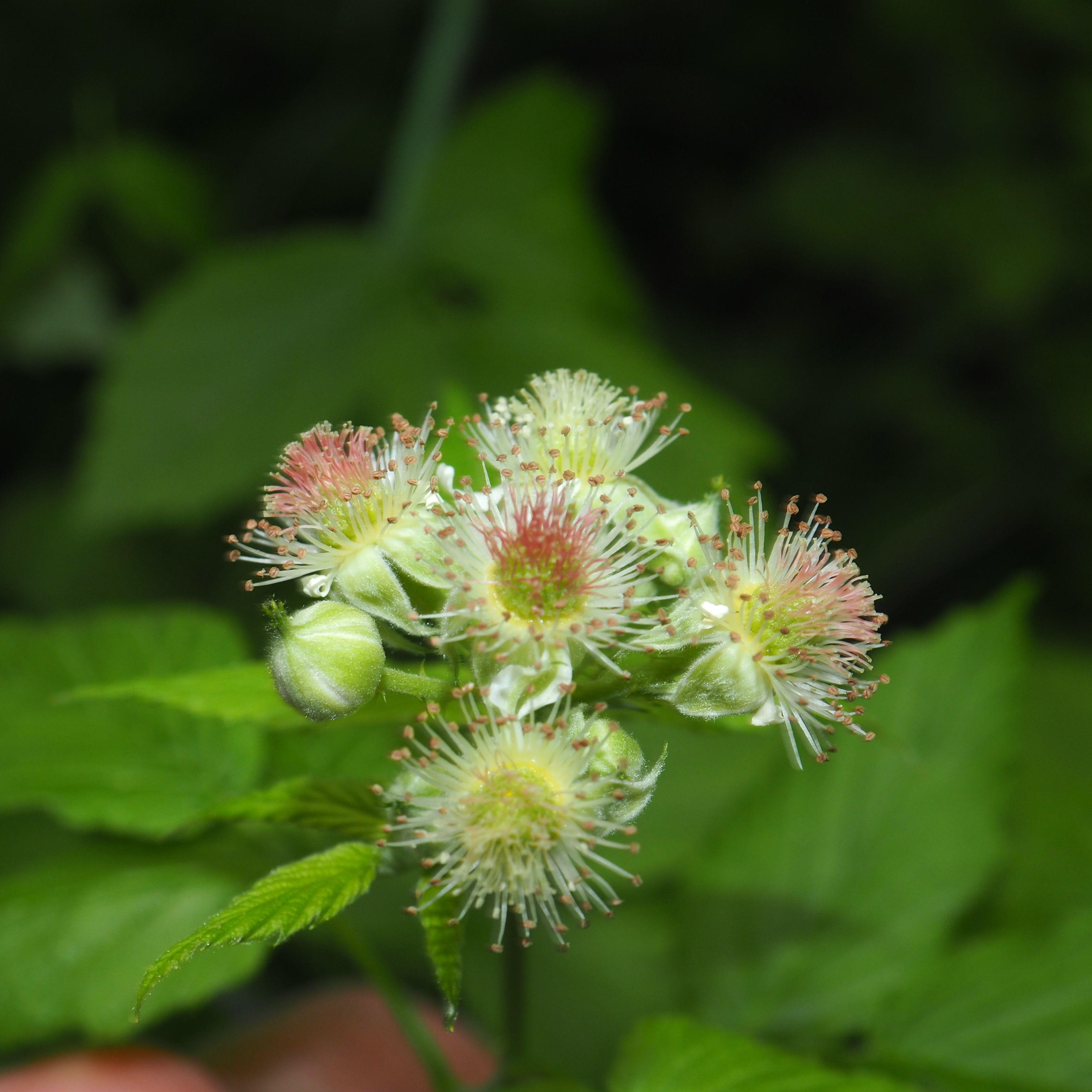
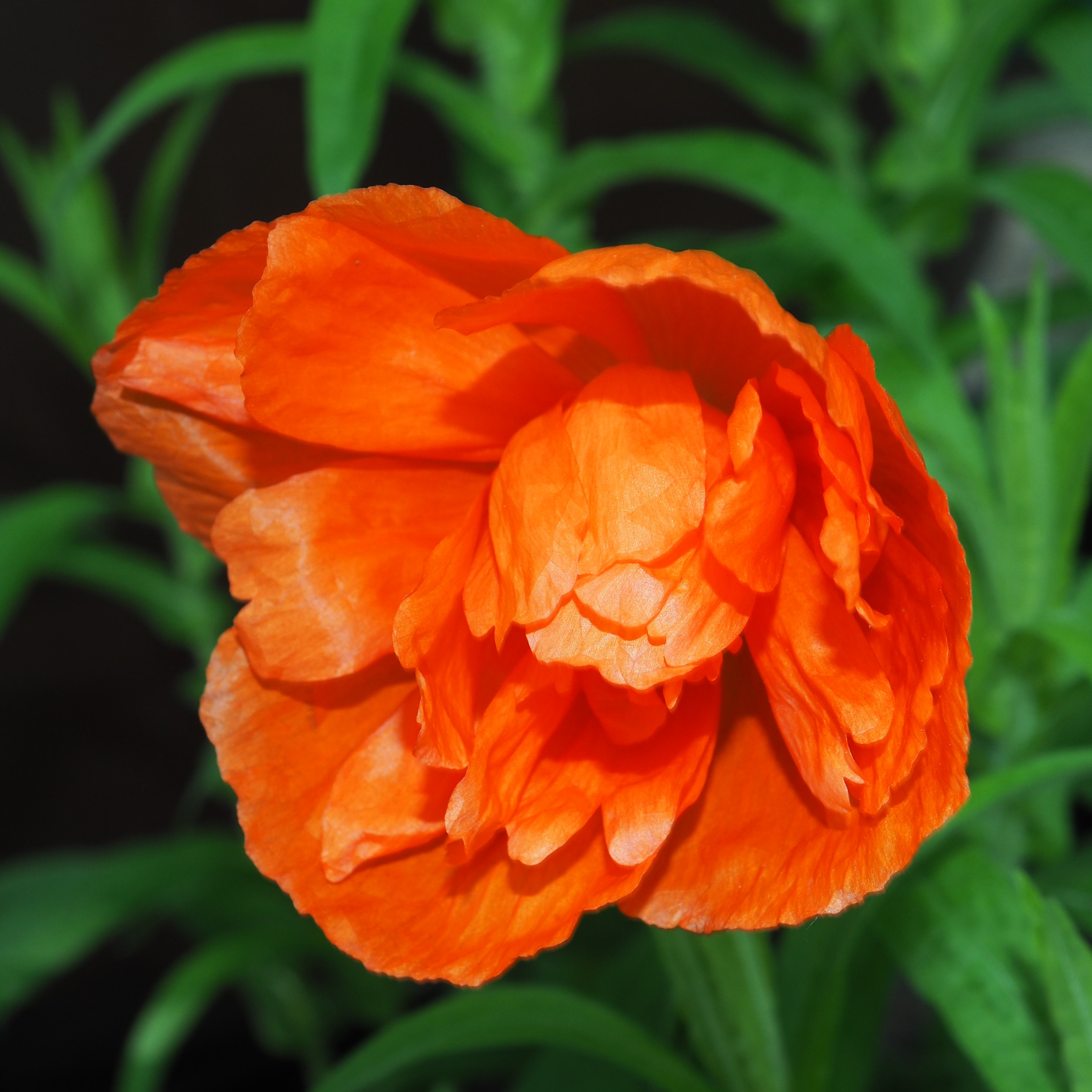
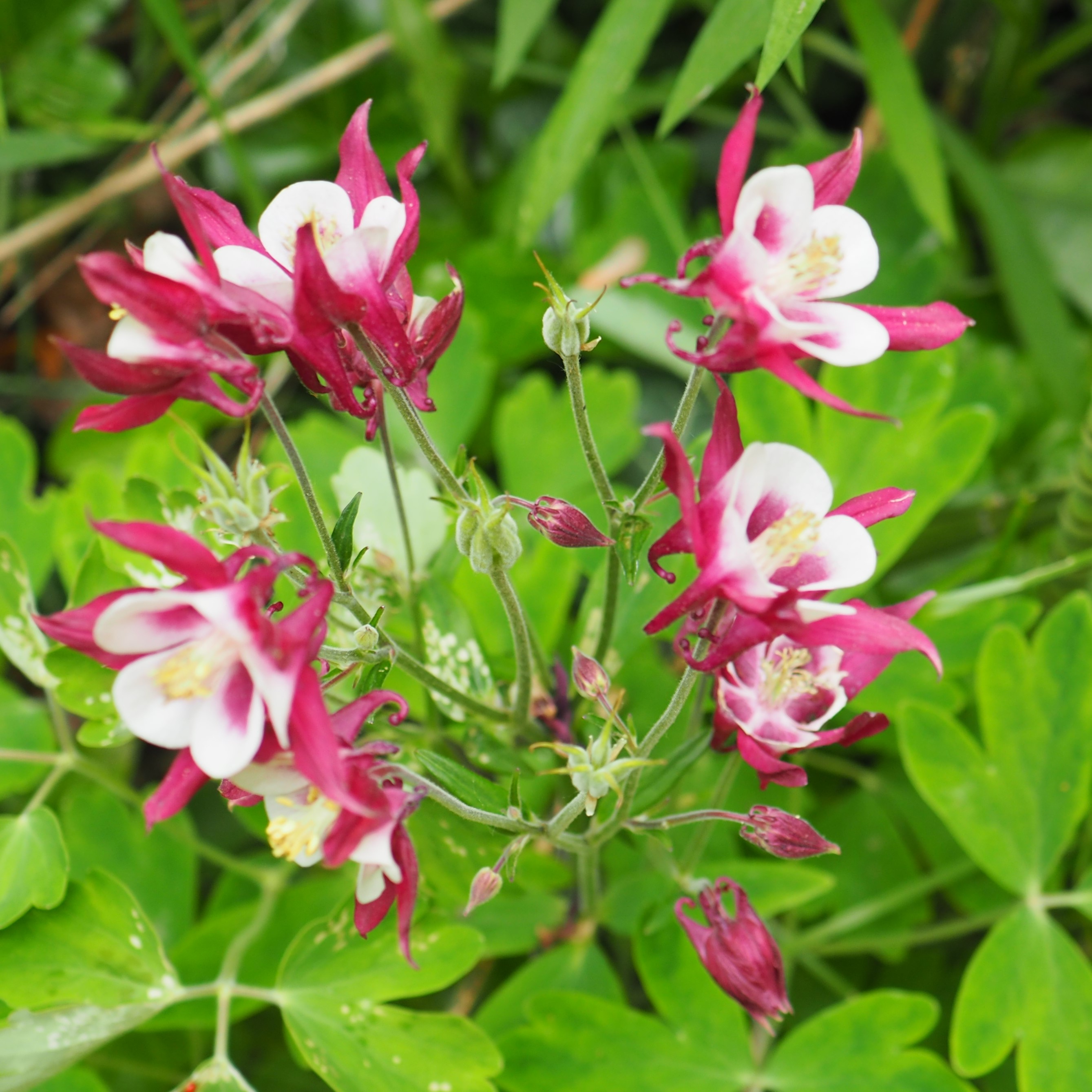
The Raspberry blossoms foretell many hours of arm-wounding berry-pickin'. But think about that Black Raspberry Pie! The Orange Poppy is finished blooming now, but the memory isn't gone. And this is probably the last picture of the dark red and white Columbine you'll see in this Blog for the year.
Remember that there is information in the name of the file for each image. You can see it by mousing over the image - look at the lower left of the screen. Or you can click on the image to get to the (usually) larger image. Then the info is displayed in the address line above. Sometimes the second click will actually display a different view of the original image.
I wish I could really say I learn an Ant's name and then it is a permanent fixture in that floating thing we call memory. This first one is of course a member of the genus Camponotus, which only means it is a member of the large Carpenter Ant family. Second was part of a huge family that was running in and out of its nest the other day. I have to carry a folding chair to sit and watch them to my heart's content. It was the first time I've seen this kind. They are the Turfgrass family. Third little (I mean little - about a millimeter long) ant came in on my shirt from a photoshoot - Turns out it is in genus Temnothorax, likely species schaumii (identified by Steven Wang of iNat).
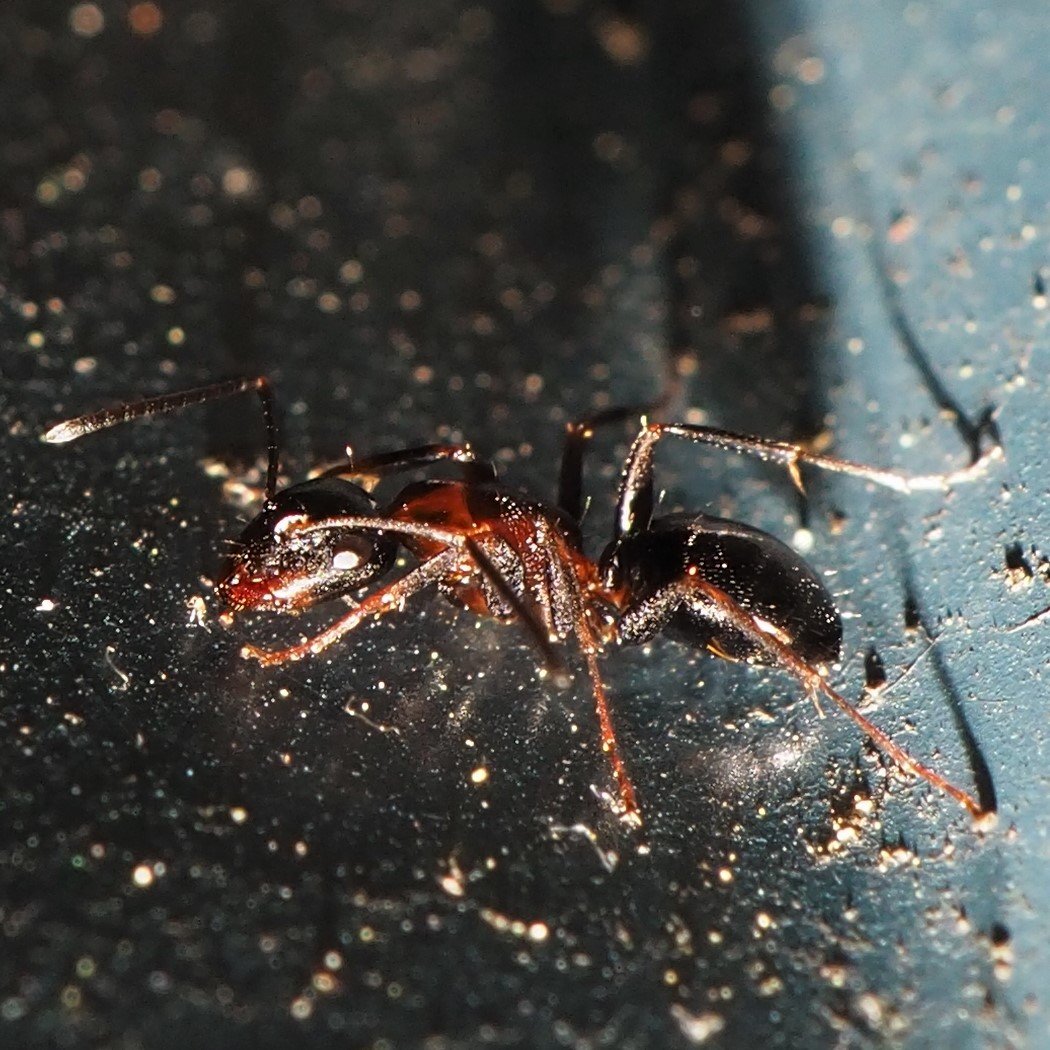
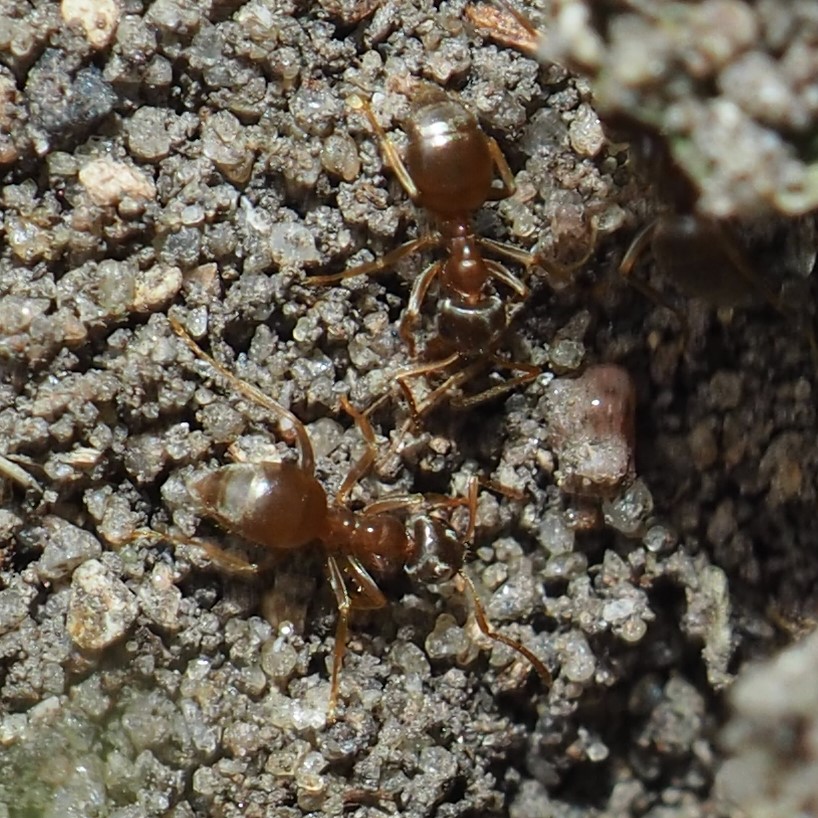
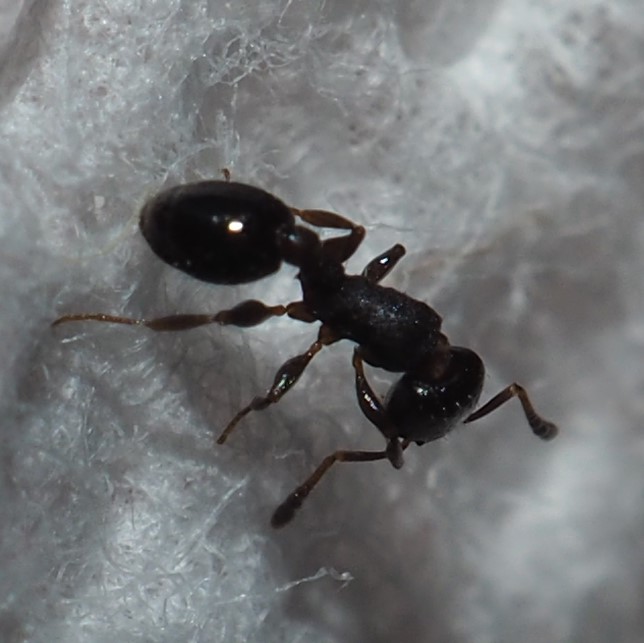
The Goutweed is finally blooming. I was so lenient with it last year that it is taking over, but what a variety of bugs I don't ever see anywhere else!. This is one of the genus Tapinoma ants, the Odorous House Ants. They are tiny and have this loooong gaster. Forgive me for not having looked up the even tinier than Pharoah ant, the little golden one in the Goutweed. I need to get a real shot of it.
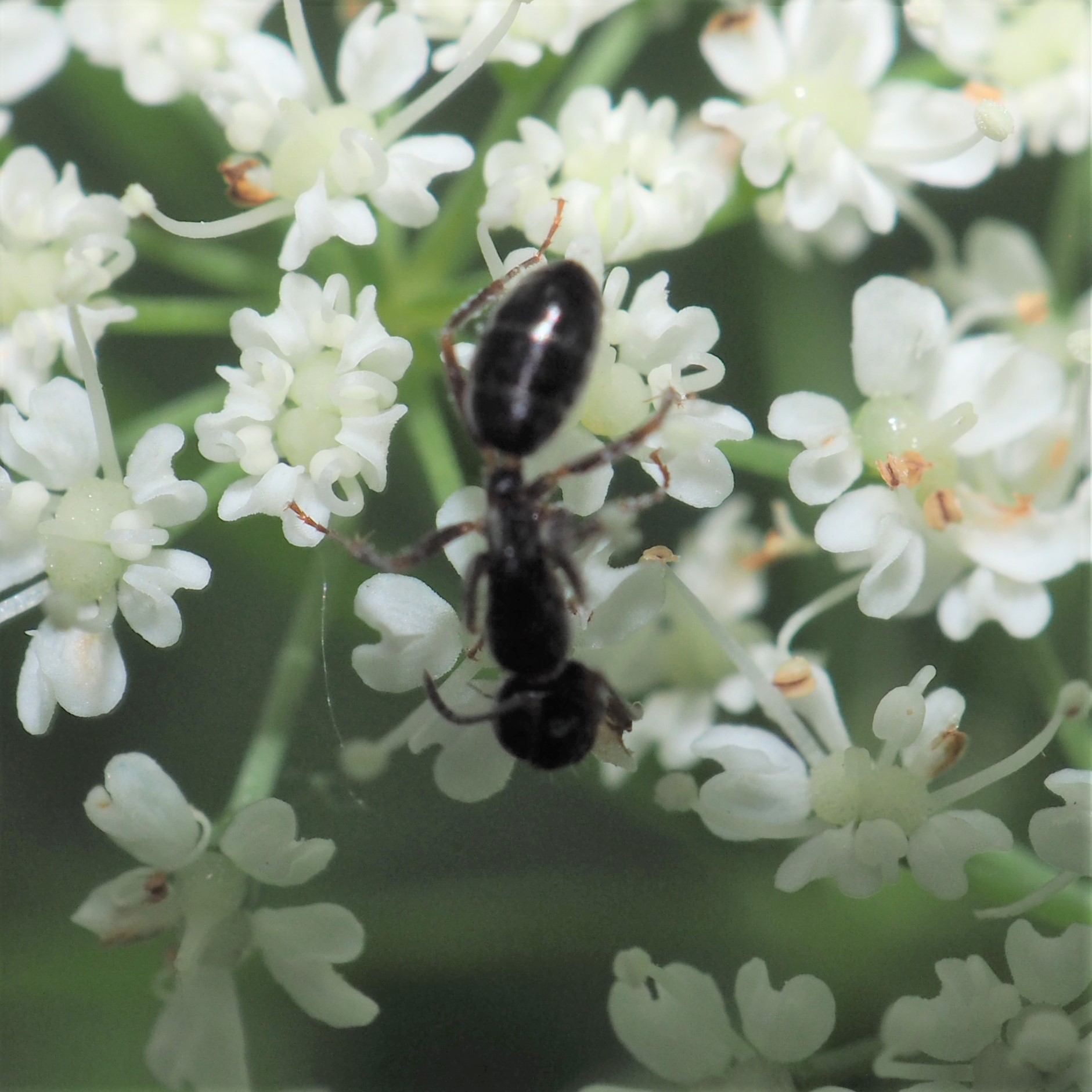
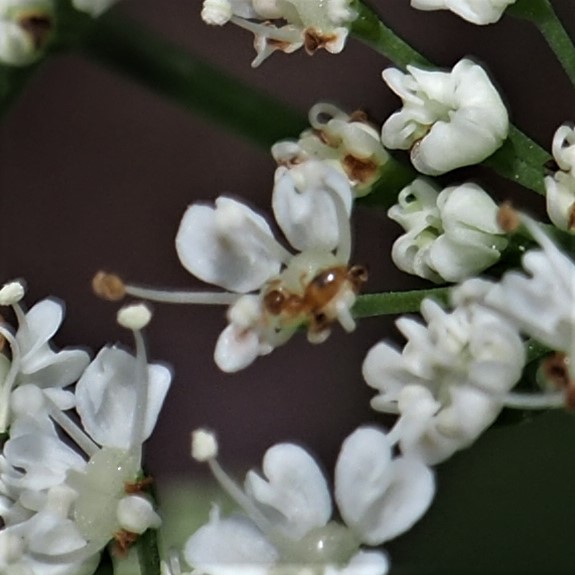
The Barklice are the tiniest things I've ever gotten really addicted to. There are now so many different species - I'm trying to learn how to match the appearance of the nymphs to the usually quite different aspect of the adults. I'm now pretty much decided that this nymph and this adult are two forms of Graphopsocus cruciatus. Here's the nymph (picture 1) and the adult (picture 2). Most all of the nymphs have now morphed into adults. Third picture: A clutch of some 20 lovely eggs left where an adult had been. So now we've seen three parts of the life cycle of this Barklouse.
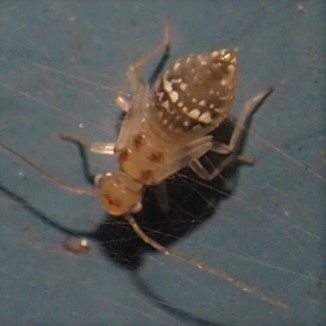
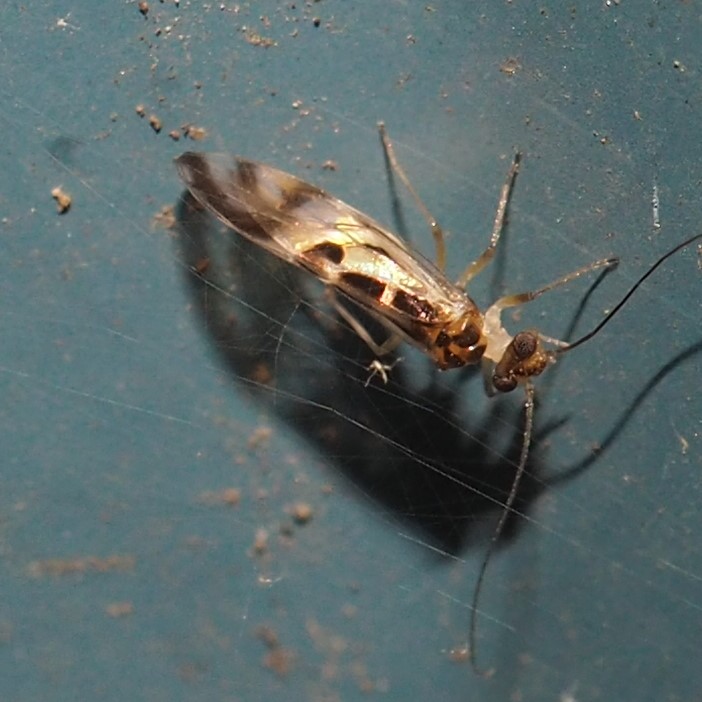
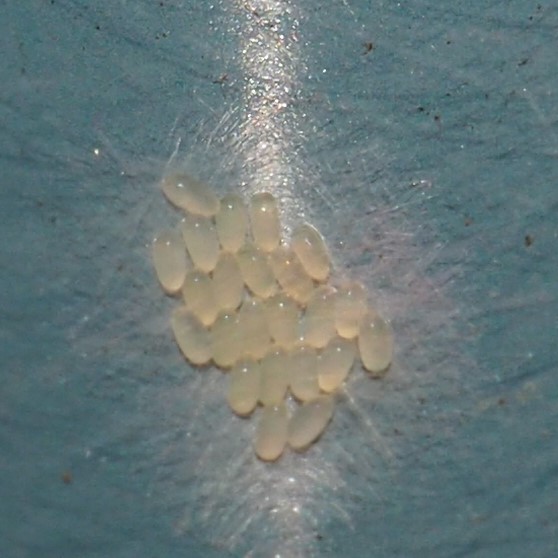
Folks, I have got to confess AGAIN that I have little talent in distinguishing one bee from the other. We are now into the season where the bees are (I would say rampant but can't imagine one standing on its hind legs like a lion). So I am going to show you some of the multiplicity of the visitors we have had this week. First is a little Bumble type Bee. Second may be the same Bee. The Goutweed invites a lot of creatures and bees are one of the frequent flyers. The third one is not a Bumble type Bee.

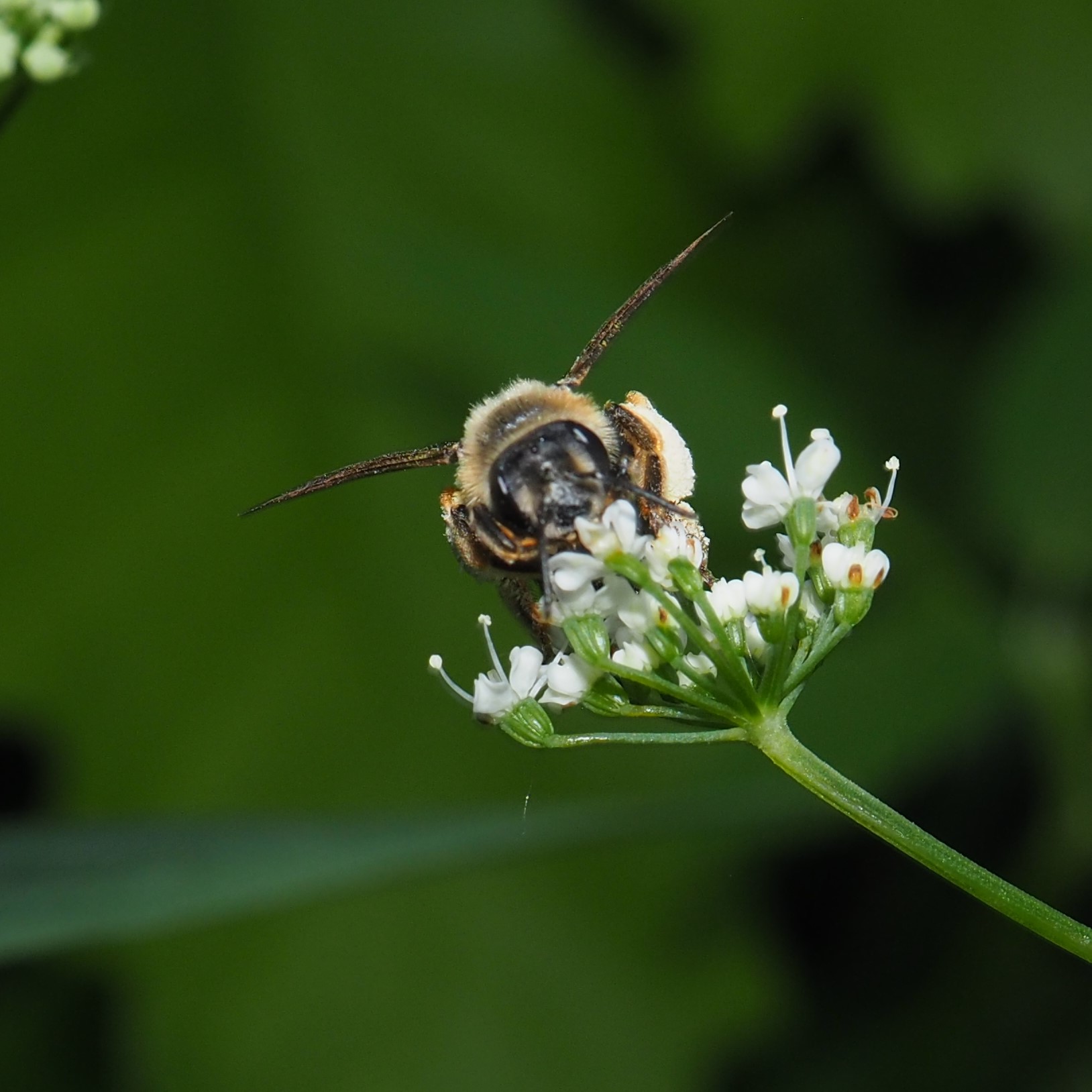
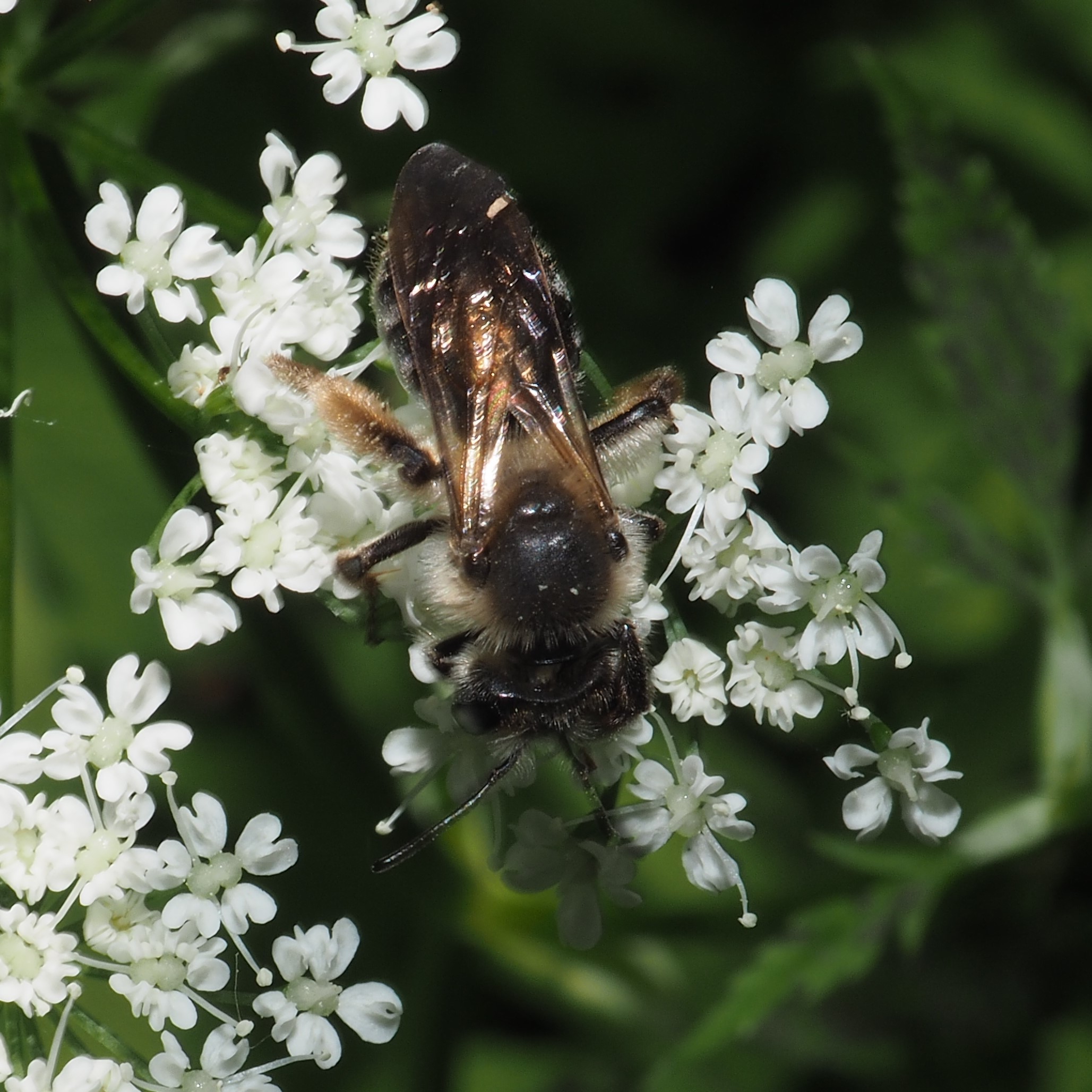
Here is one we've seen so many times, but at least we can say it is a lovely striped bee. Second is on Dame's Rocket, a pretty flower that attracts Hover Flies and Bees. So do Raspberry blossoms.
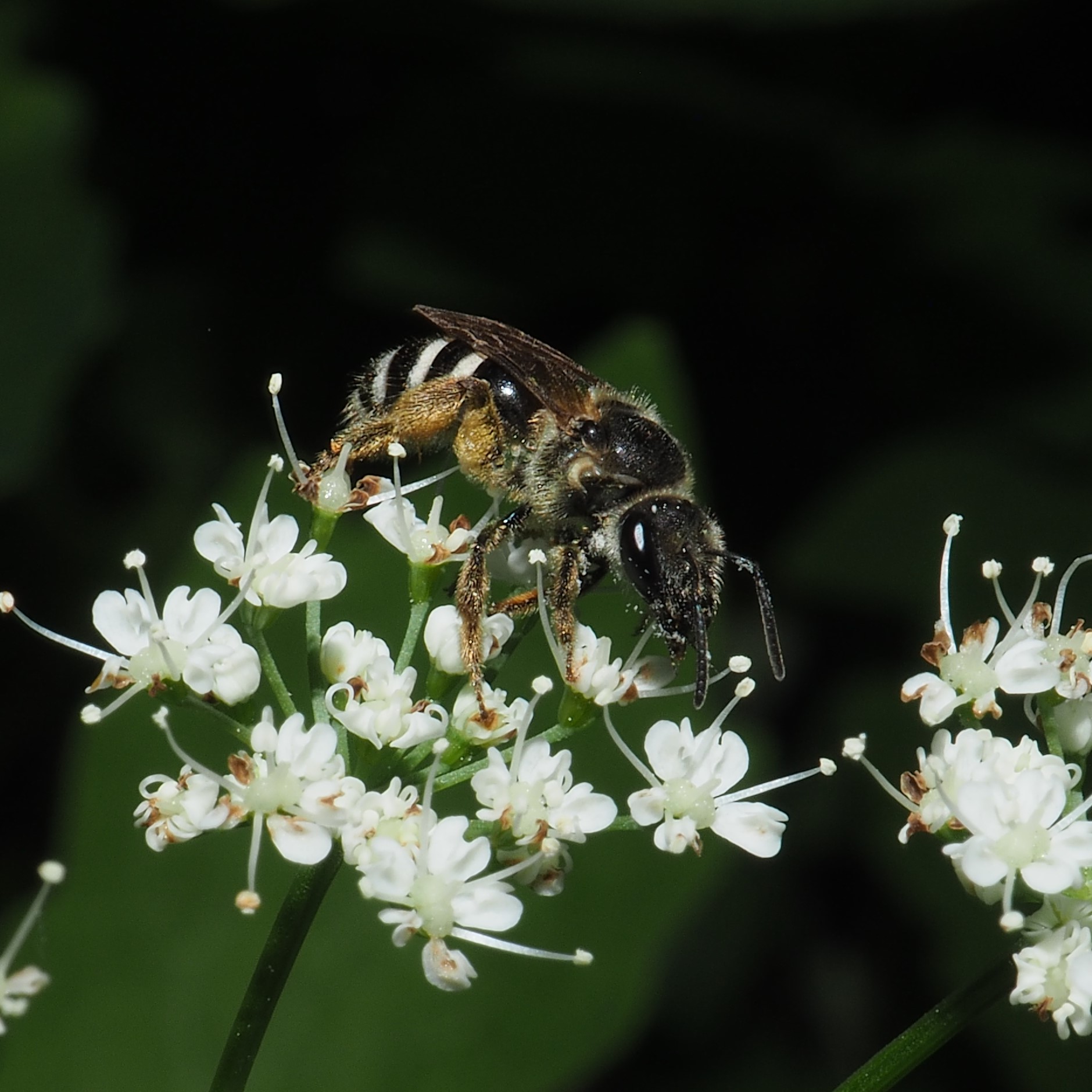

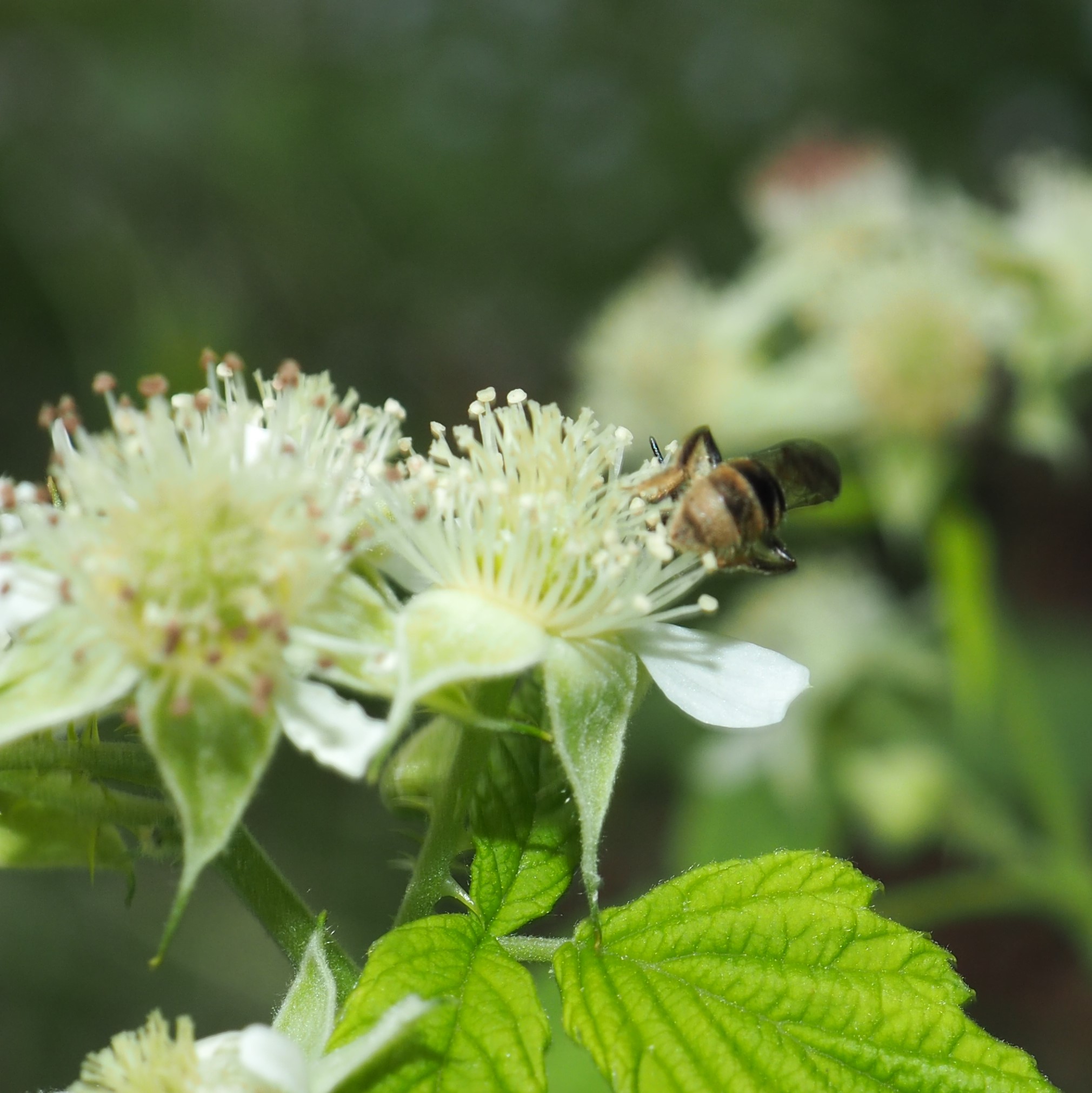
We now can turn to the Beetles. First is a Buffalo Carpet Beetle, Anthrenus scrophulariae, something I never see unless the Goutweed is in bloom. Then comes another Carpet Beetle. Some of these are called Varied Carpet Beetles because they take on so many color and pattern combos. Still they are all the same shape and very tiny. You might never see one unless they take over a drawer or something.


Here comes the Striped Cucumber Beetle. There is also a spotted one, but this isn't it. Next beetle is the Grape-vine Phymatodes (Phymatodes amoenus). Third is a Leaf-mining Beetle. This one must be a gourmand since it doesn't say WHAT kinds of leaves it likes, so it must like them all.
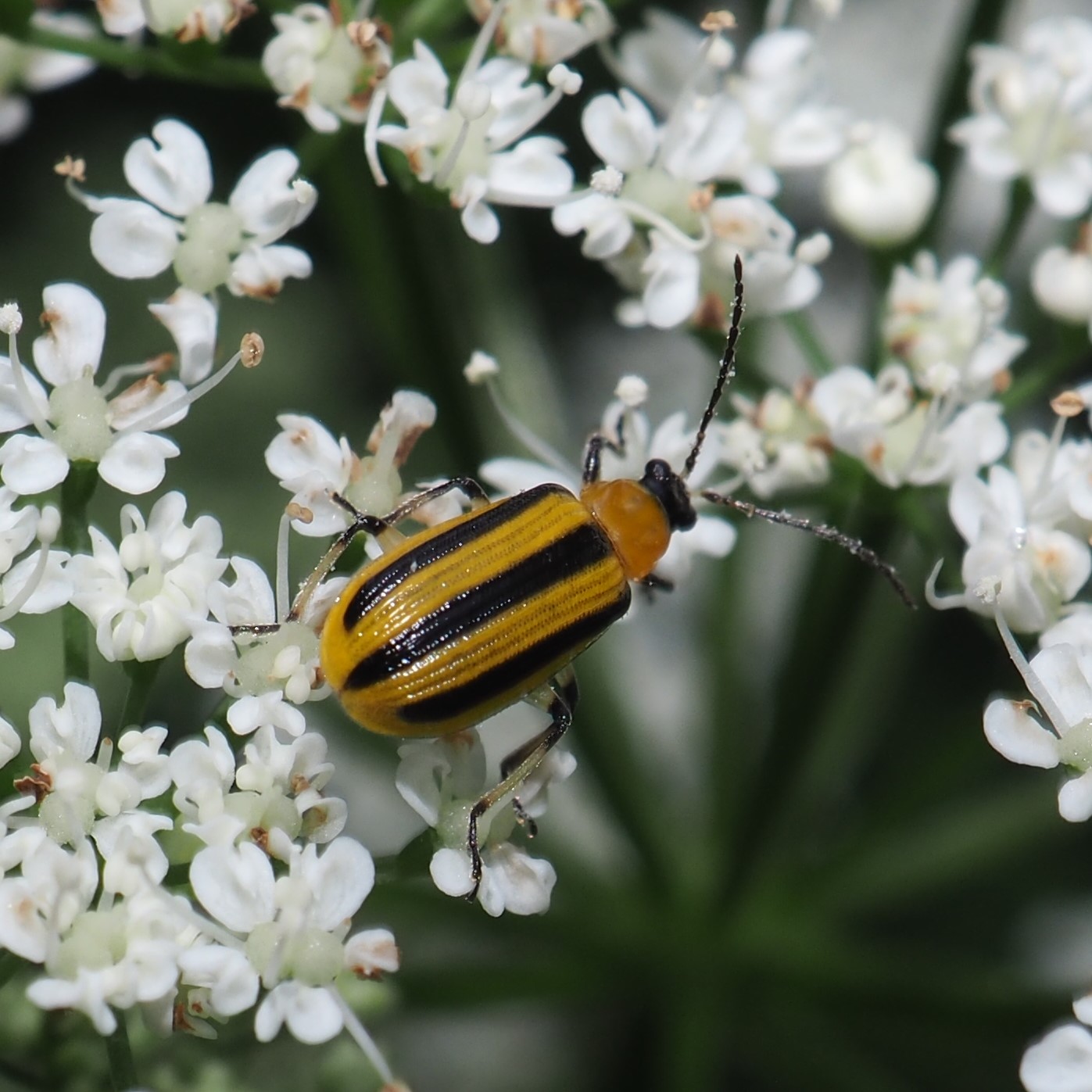
 5 30 20 1.jpg)
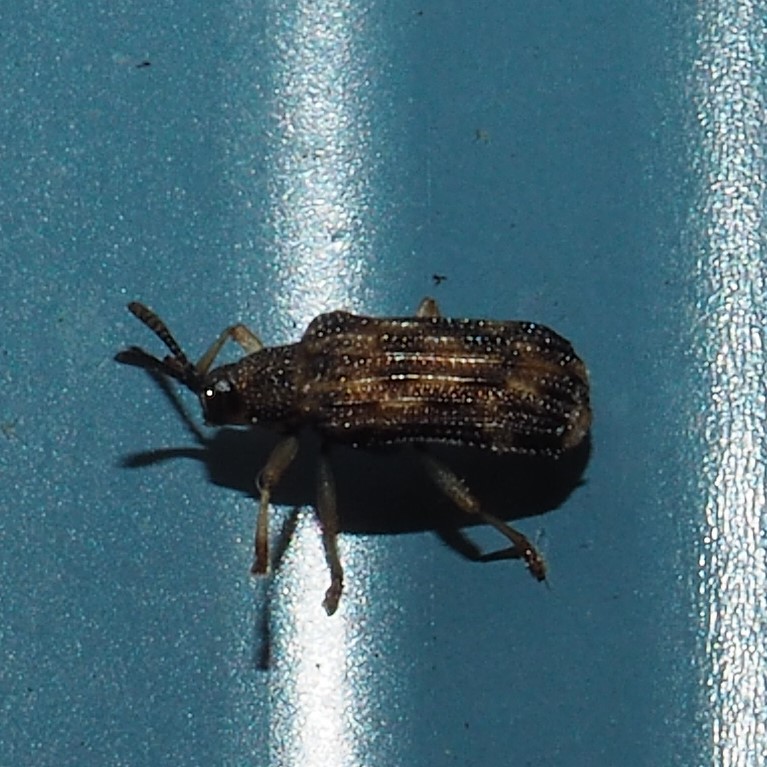
I couldn't get a firm ID on this next pretty little beetle. It just got lumped with the Click, Firefly, and Soldier Beetles. It does look as if the joint between the two big segments might be a clicking mechanism. Next might be the Strawberry Sap Beetle. Any neighbors raising Strawberries, beware. This third Beetle is Valgus hemipterus, which is another Goutweed enthusiast. Fourth is a mystery because I haven't submitted it for ID.
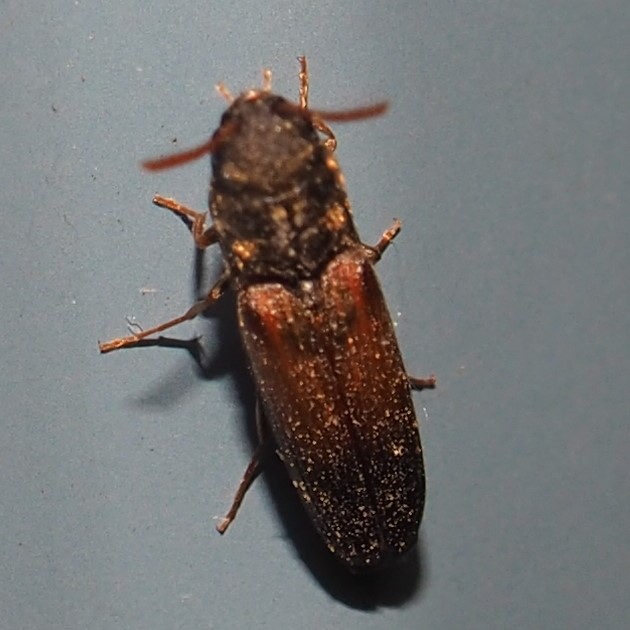
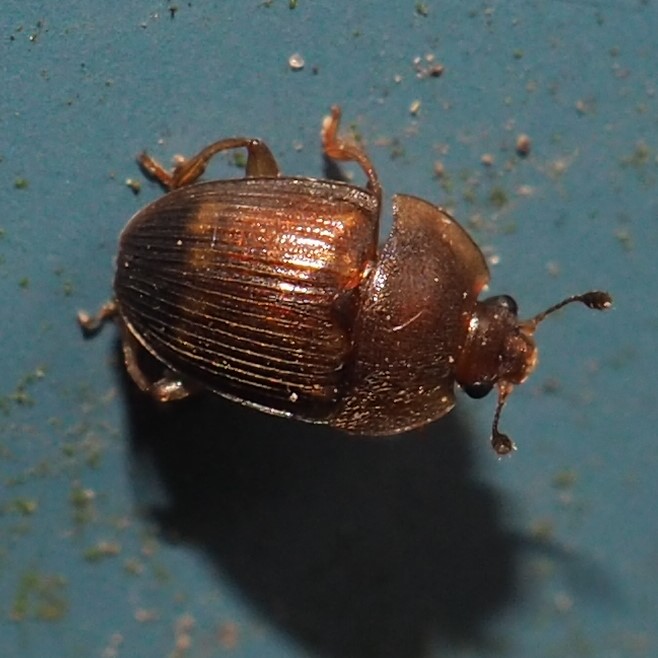
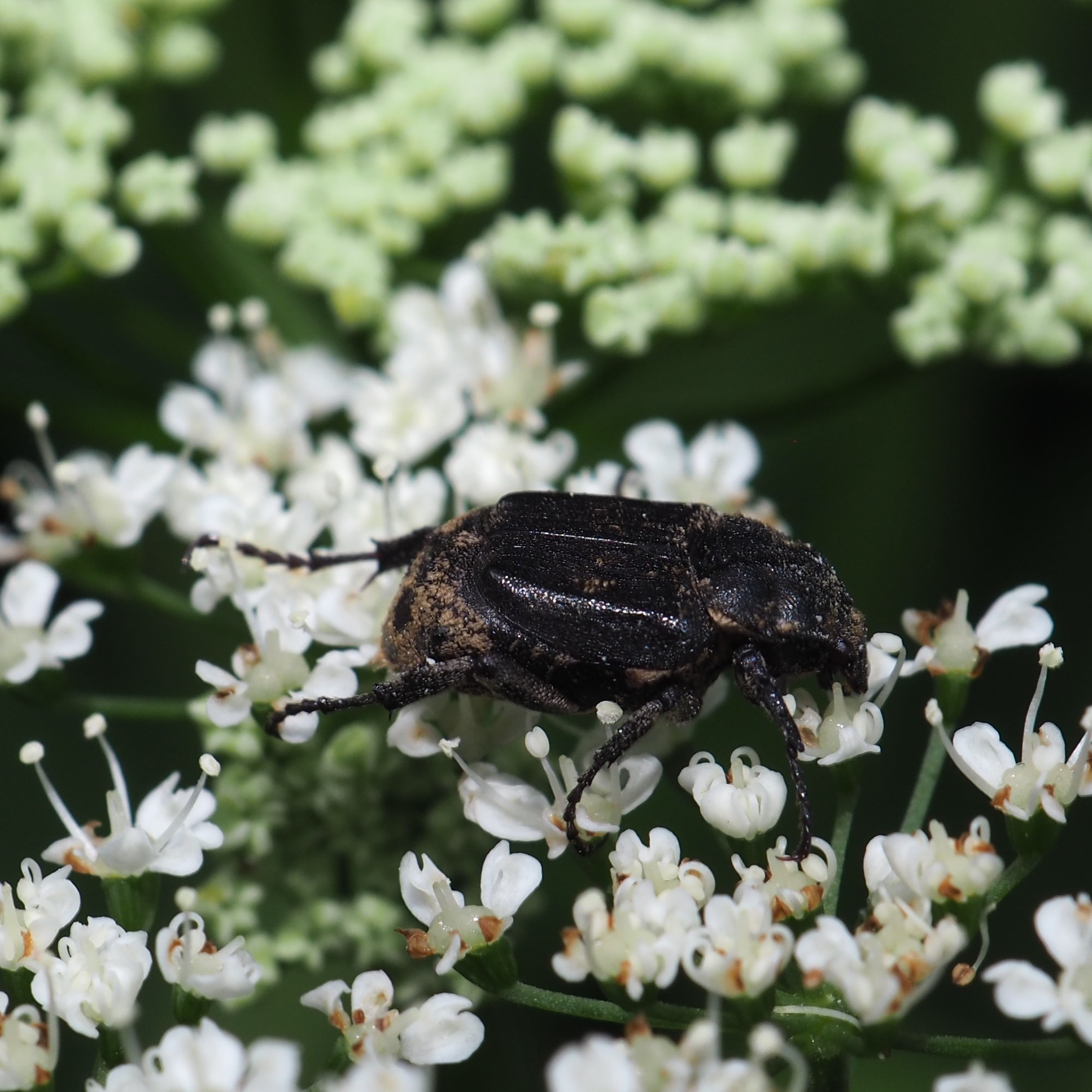
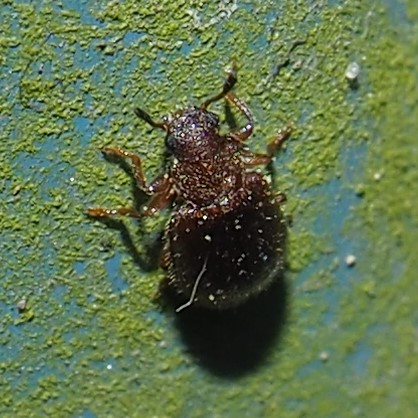
Oh my goodness, this was Weevil Week. I have five Weevils for you. Here are the first three. Third is the lovely Immigrant Green Leaf Weevil.
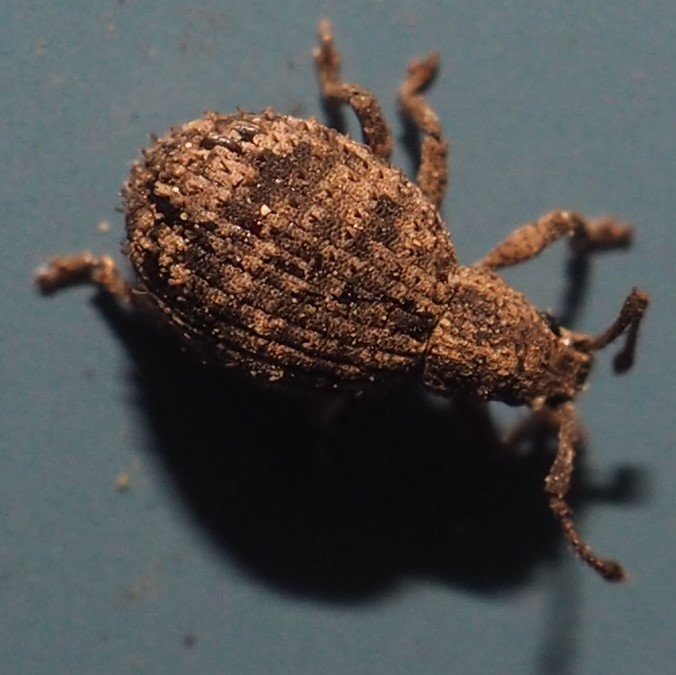
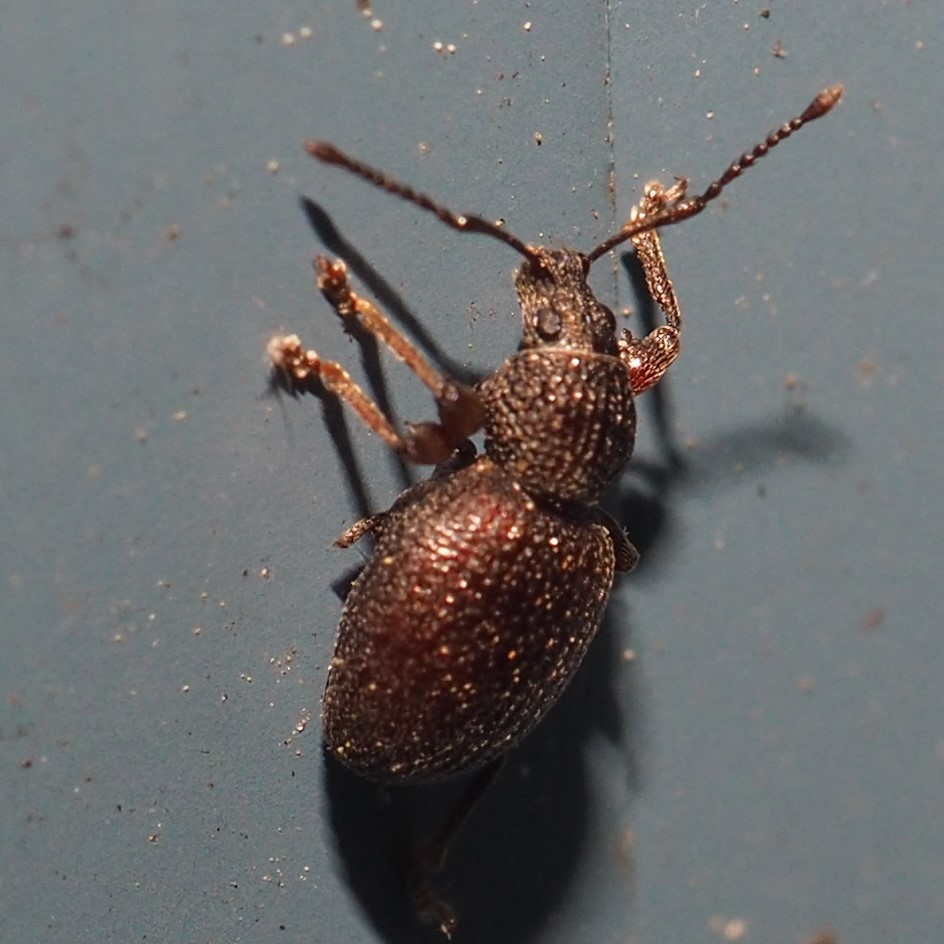
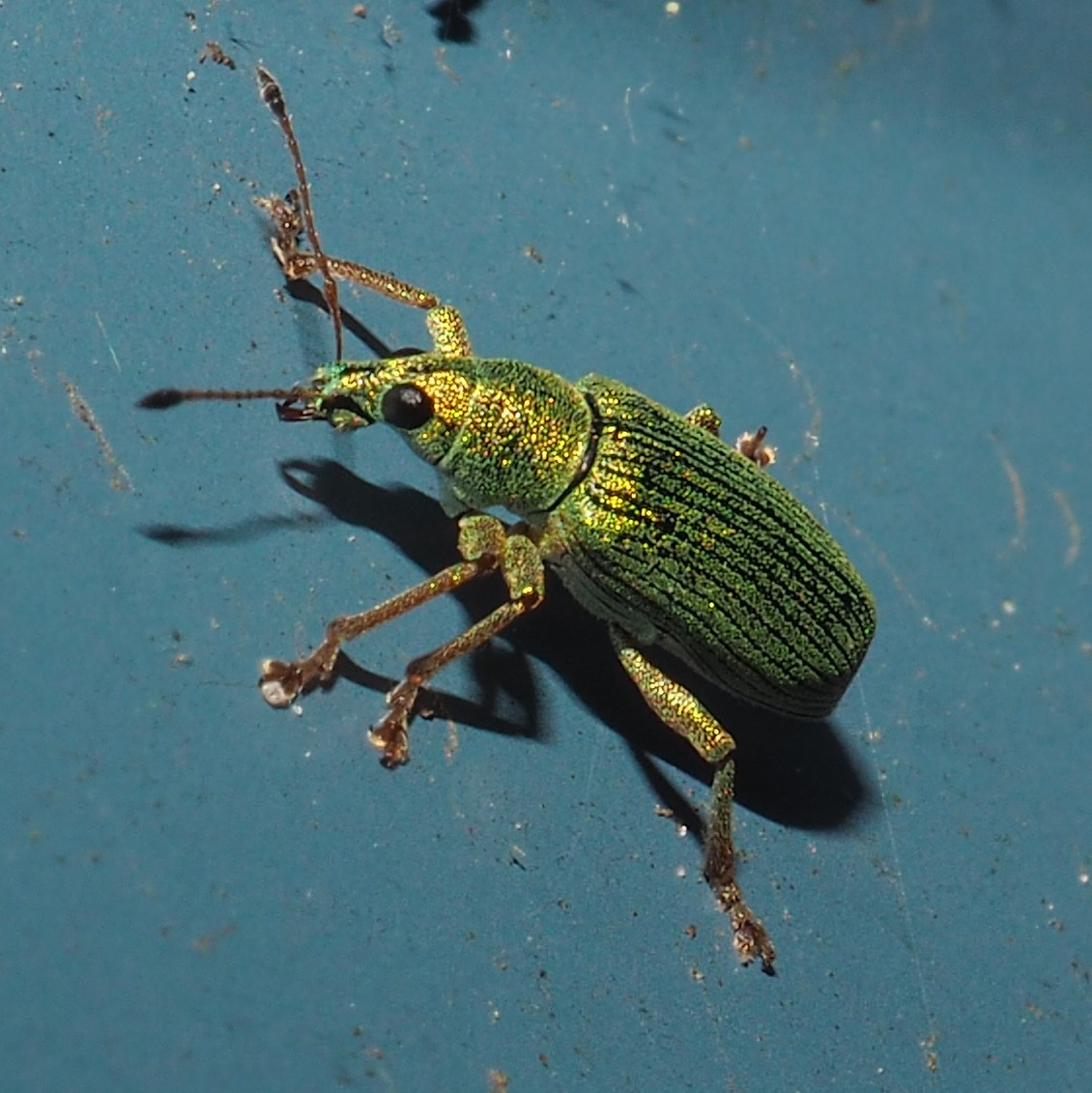
Two more Weevils. I especially like the clownish second one. It reminds me of a baby elephant getting its feet underneath it.
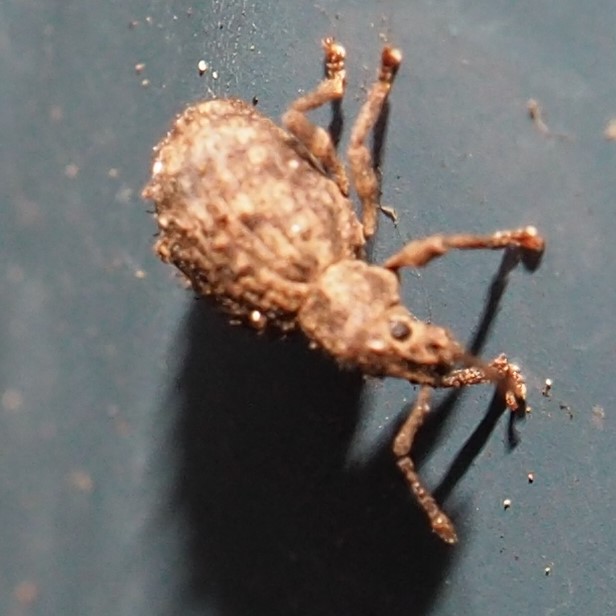
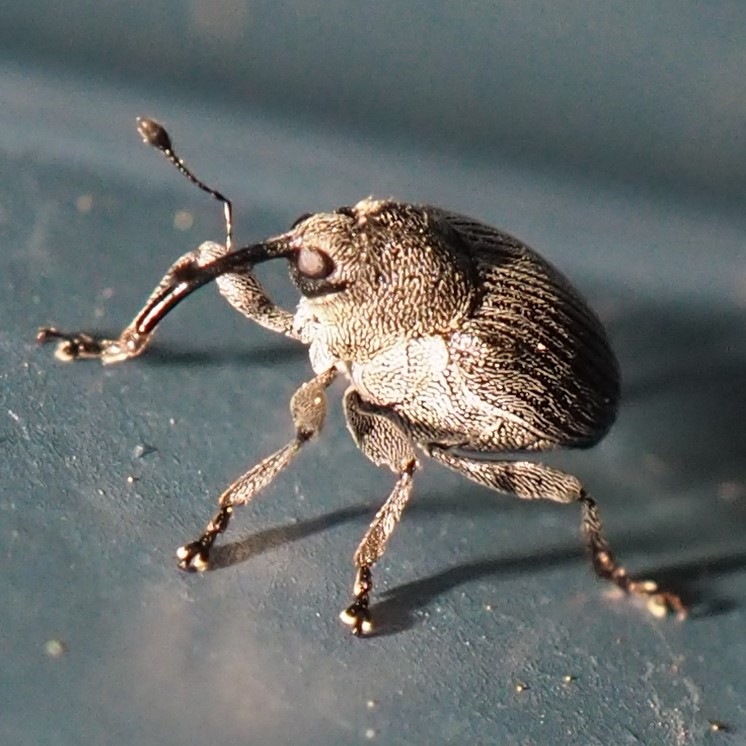
Now to the Bugs. Alphabetically as always, we start with the Assassin Bugs which in Michigan means either Zelus luridus, the greener one with red eyes, or Z. tetracanthus, the "other one". This week the nymphs (picture 1) were harder to find, because most of them seem to have decided to morph into adults (pictures 2 and 3). If the first adult seems to be concentrating on something above it, look at picture 3.
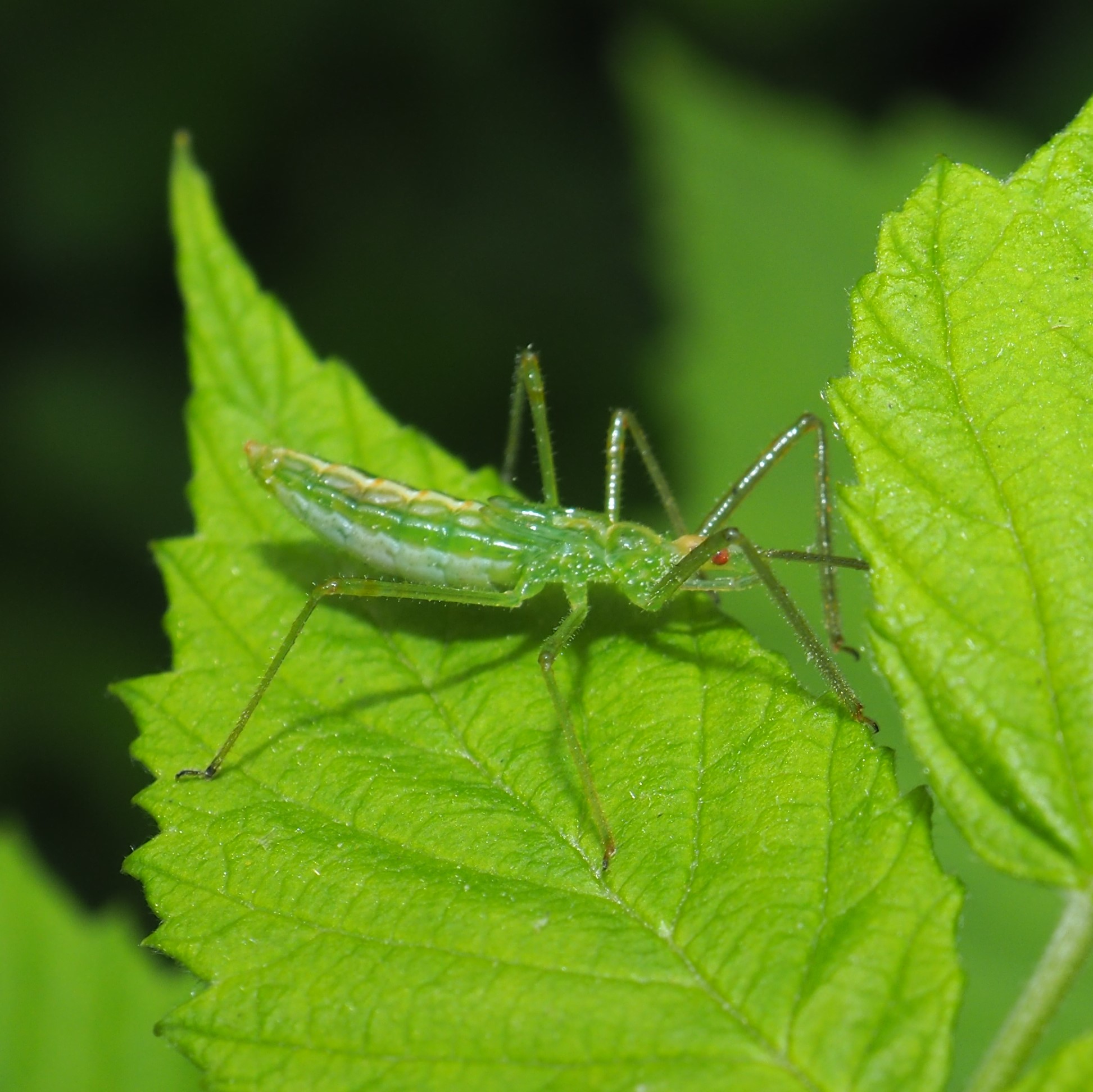
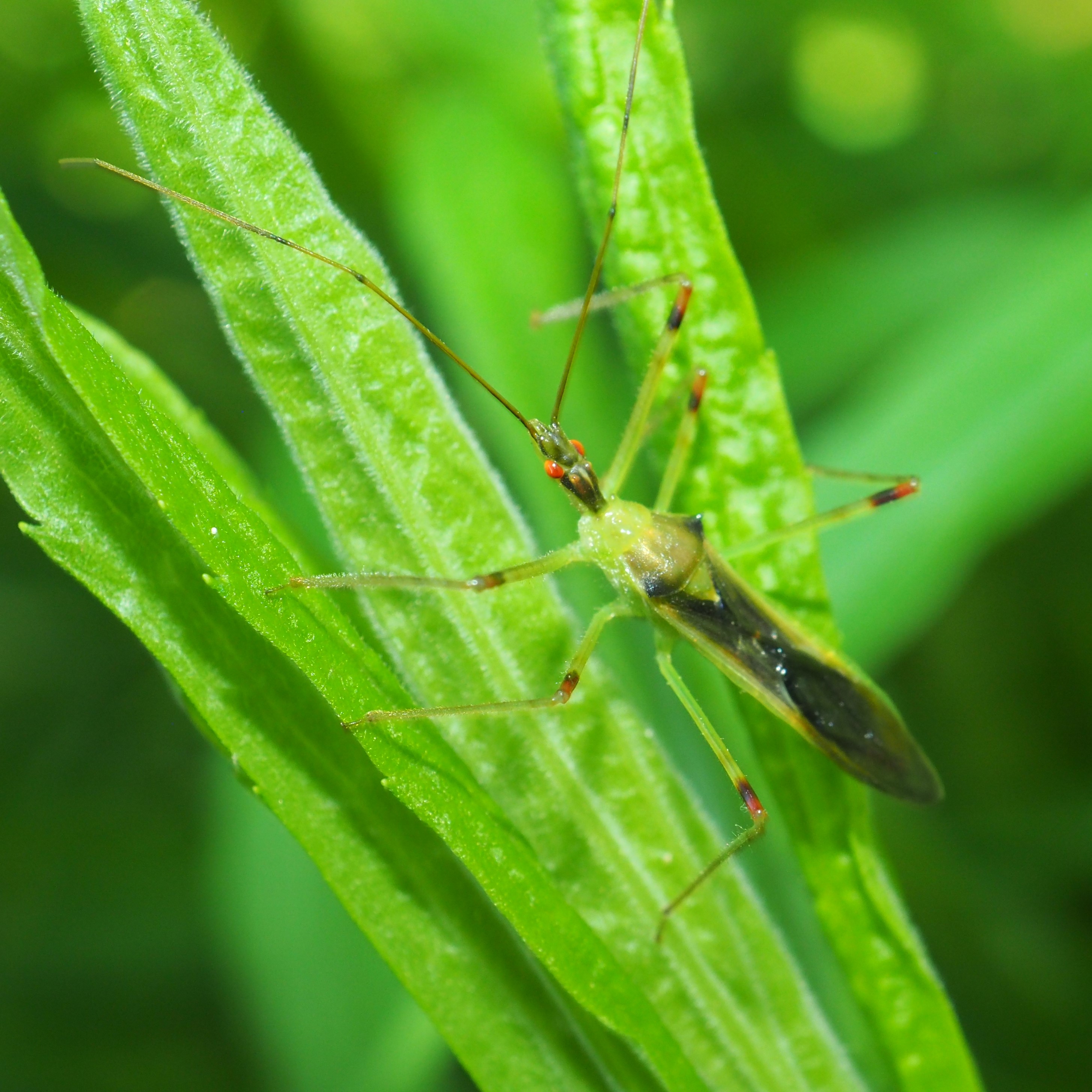
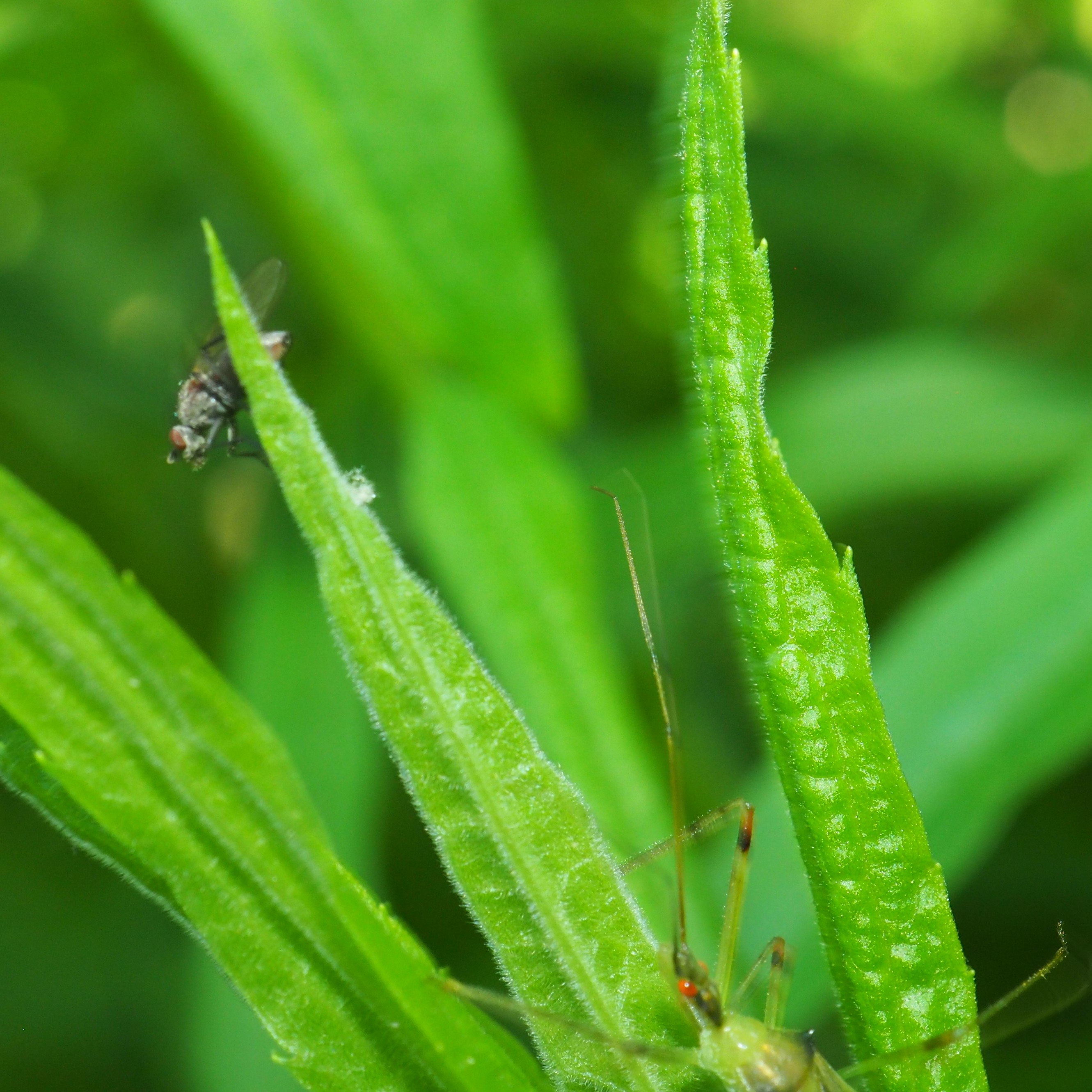
There have been quite a few Leafhoppers this week. First, an unknown one, probably for the reason that so many of this kind look very similar. Second is Agallia quadripunctata (four-spotted). They are very common these days. Last fall we saw them but in nymph form, as in picture 3. Isn't it amazing how different the forms are? Fourth is a Typical Leafhopper. No clue which one.
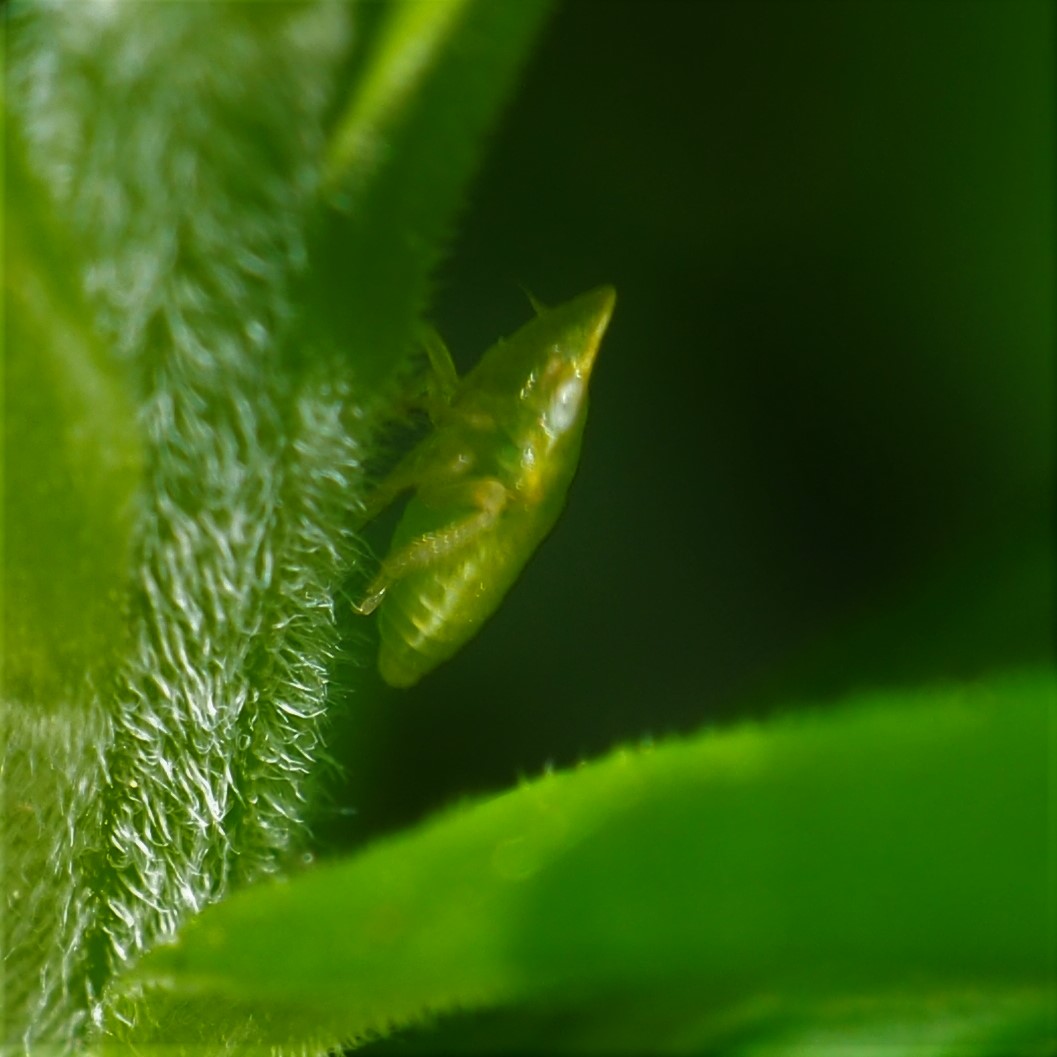
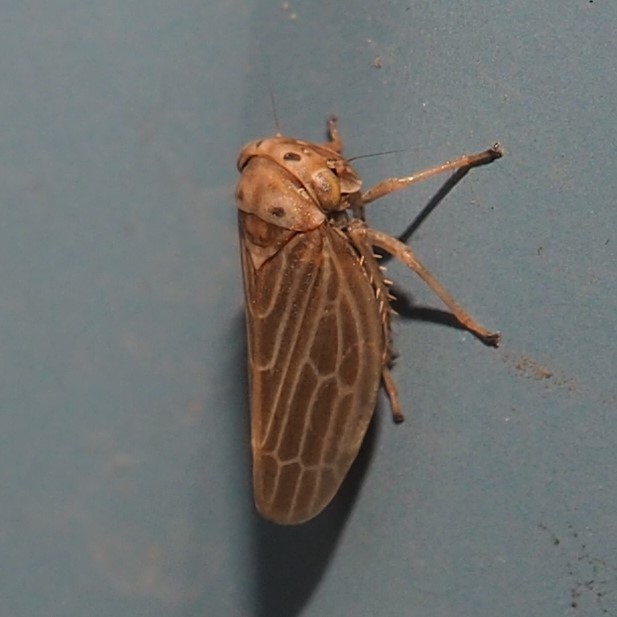
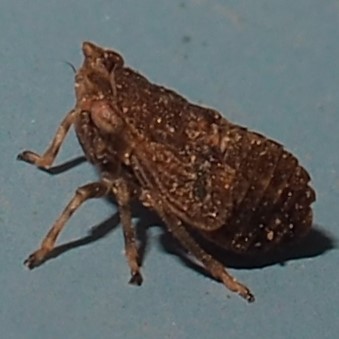
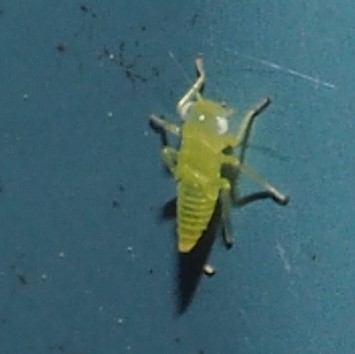
This first one is in genus Eratoneura. Usually it appears as red on white, but there are a lot of species with yellow on white. Now second and third show an insect that is often mistaken for a leafhopper, but is really a related bug called a Psyllid. This one is interesting since it has one white eye and one pink eye.
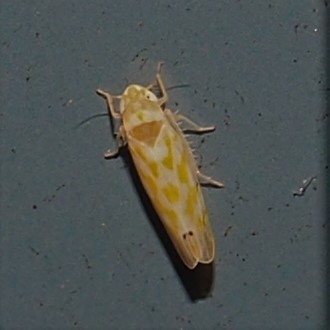
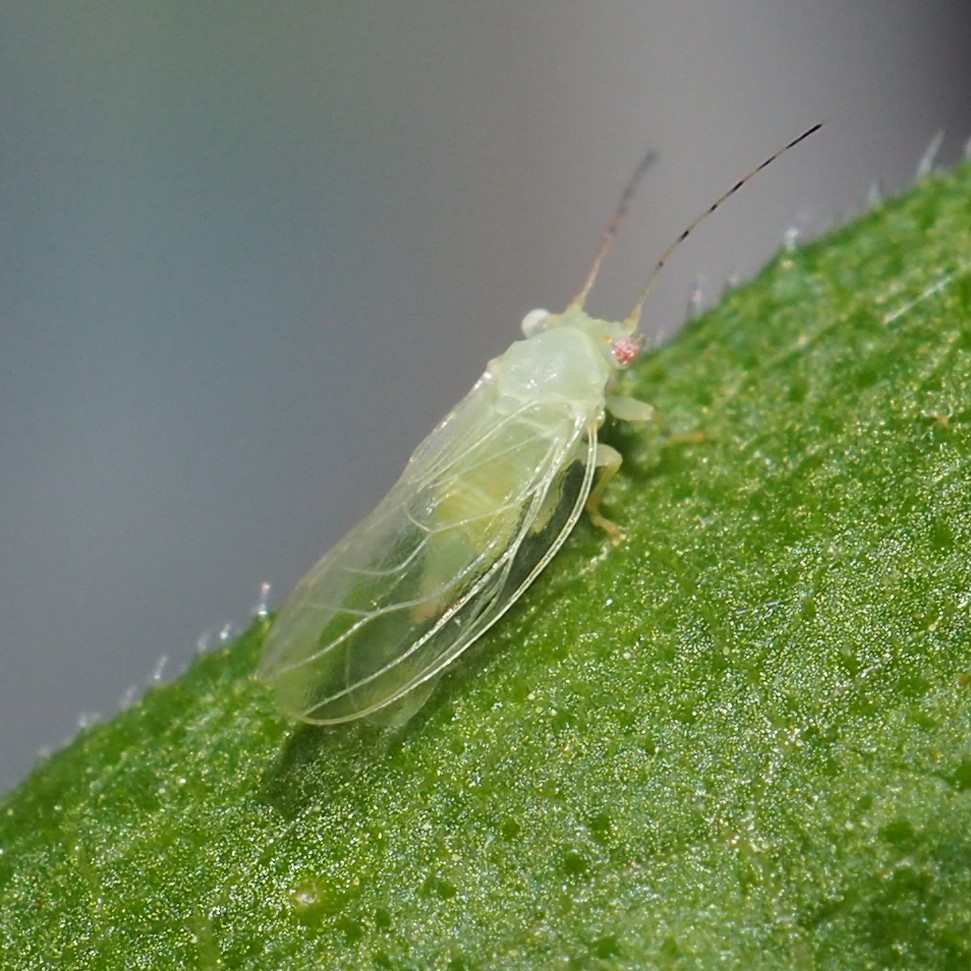
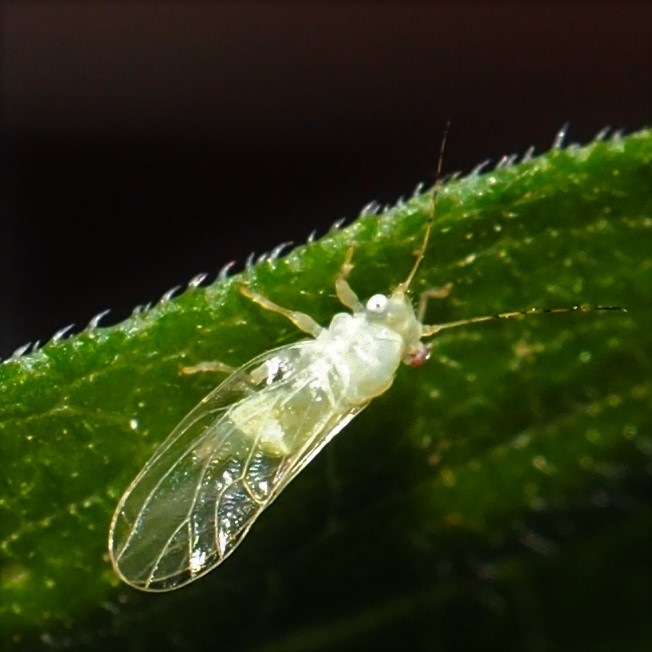
After the leafhoppers come the planthoppers. This particular type looks like a nymph but is probably an adult. It's a "Delphacid" Planthopper. A third kind of Hopper is a Treehopper. Picture 2 shows one called the Keeled Treehopper or Entylia carinata on an Aster plant. Last year its people lived on a Thistle, which has since succumbed and so I think this one is on its way to find a suitable plant, hopefully a Thistle. Third is one which has actually found a nice Thistle. Fourth is not a Hopper, but "just" a White-margined Burrowing Bug. It is another FOG (Friend of Goutweed). I do believe this is really two Bugs mating.
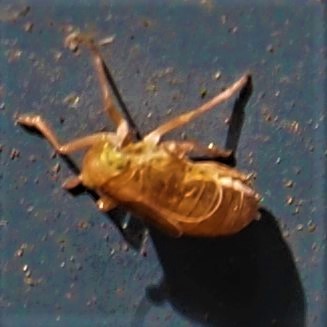
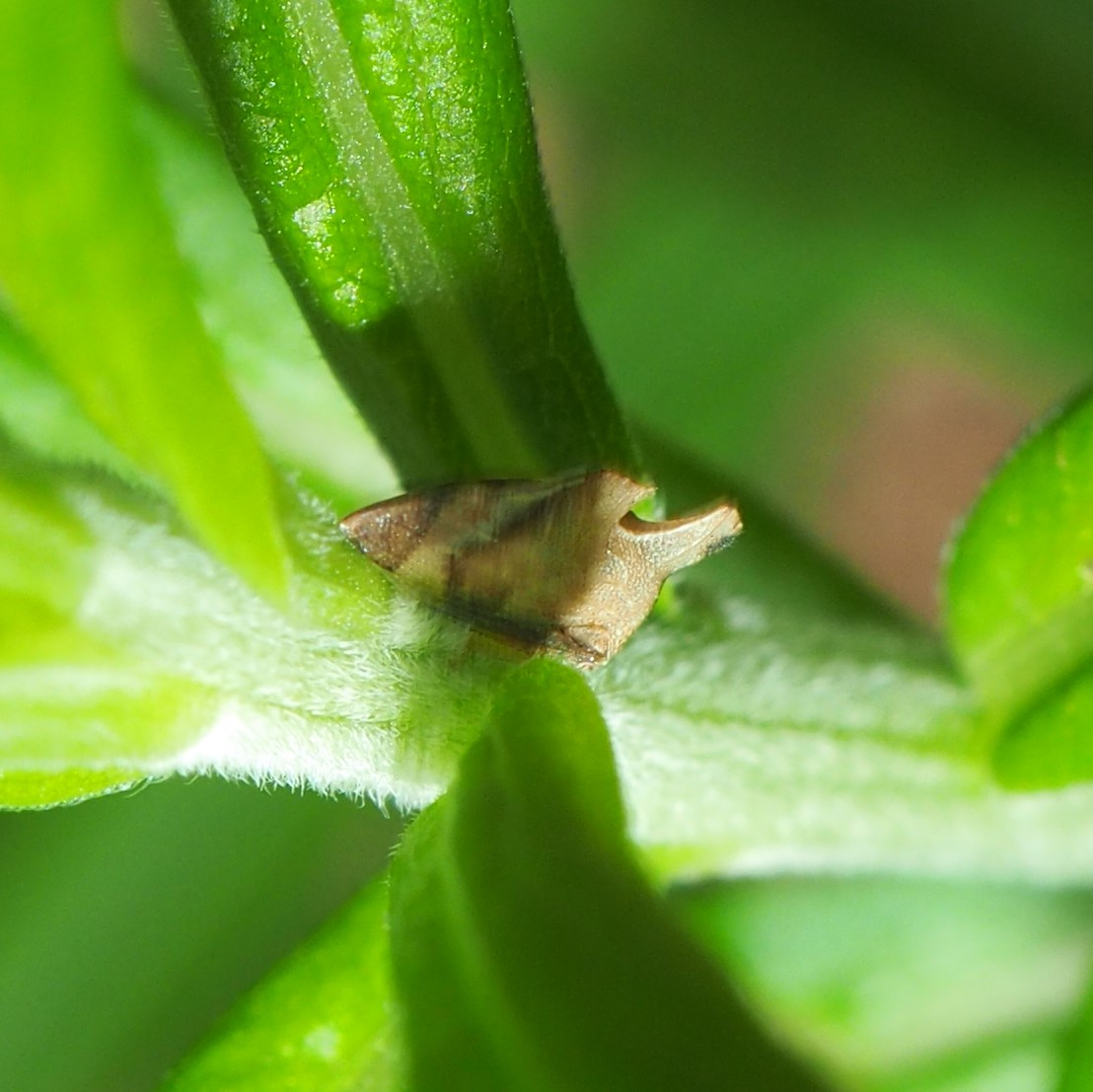
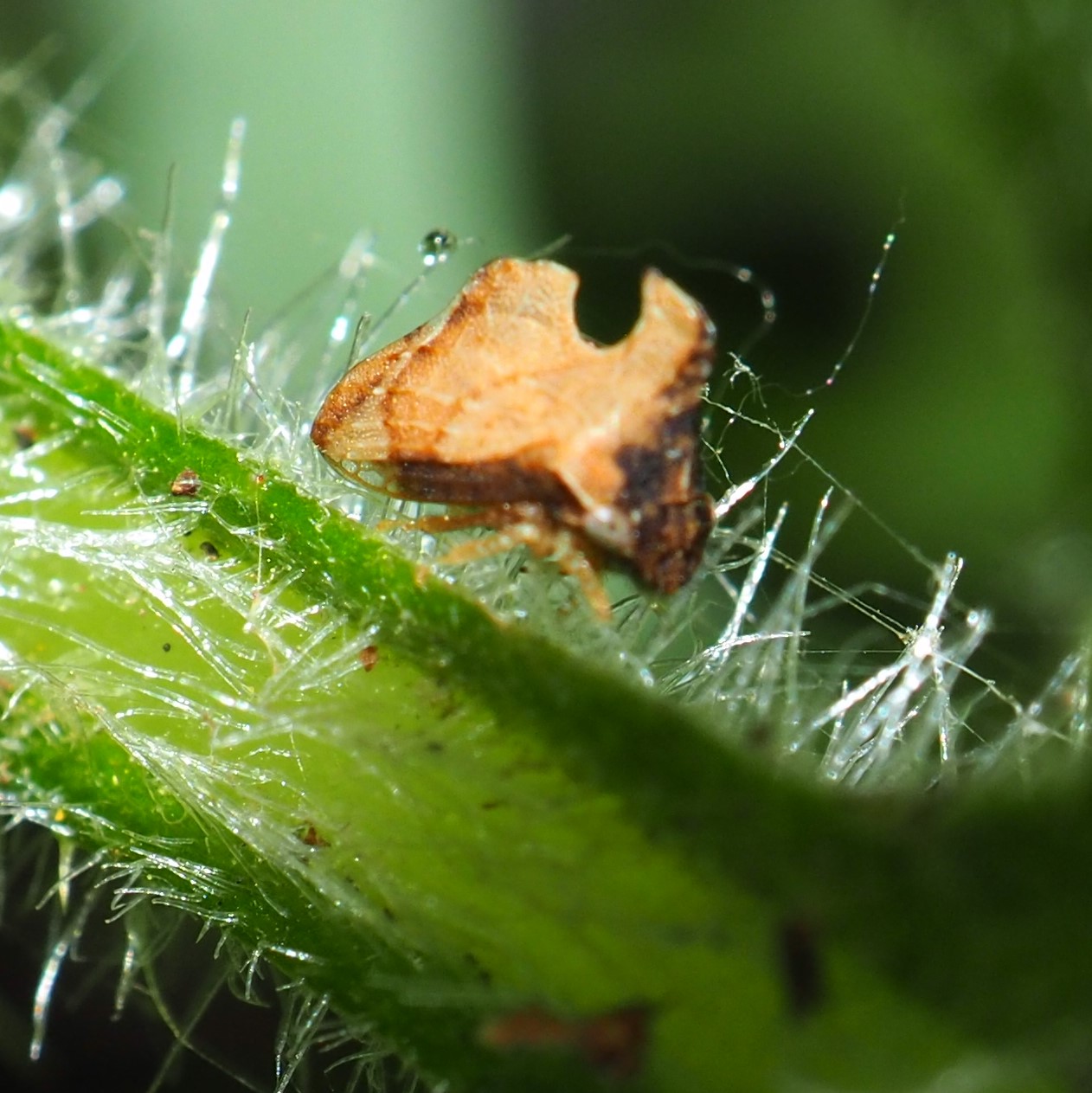
Three more Bugs. First is a White-margined Burrowing Bug. It is another FOG (Friend of Goutweed). I do believe this is really two Bugs mating. Second, this brilliant red Bug is a Plant Bug or Mirid. It is responsible for the death of many a plant, including my Thistles. Third is another Plant Bug nymph.
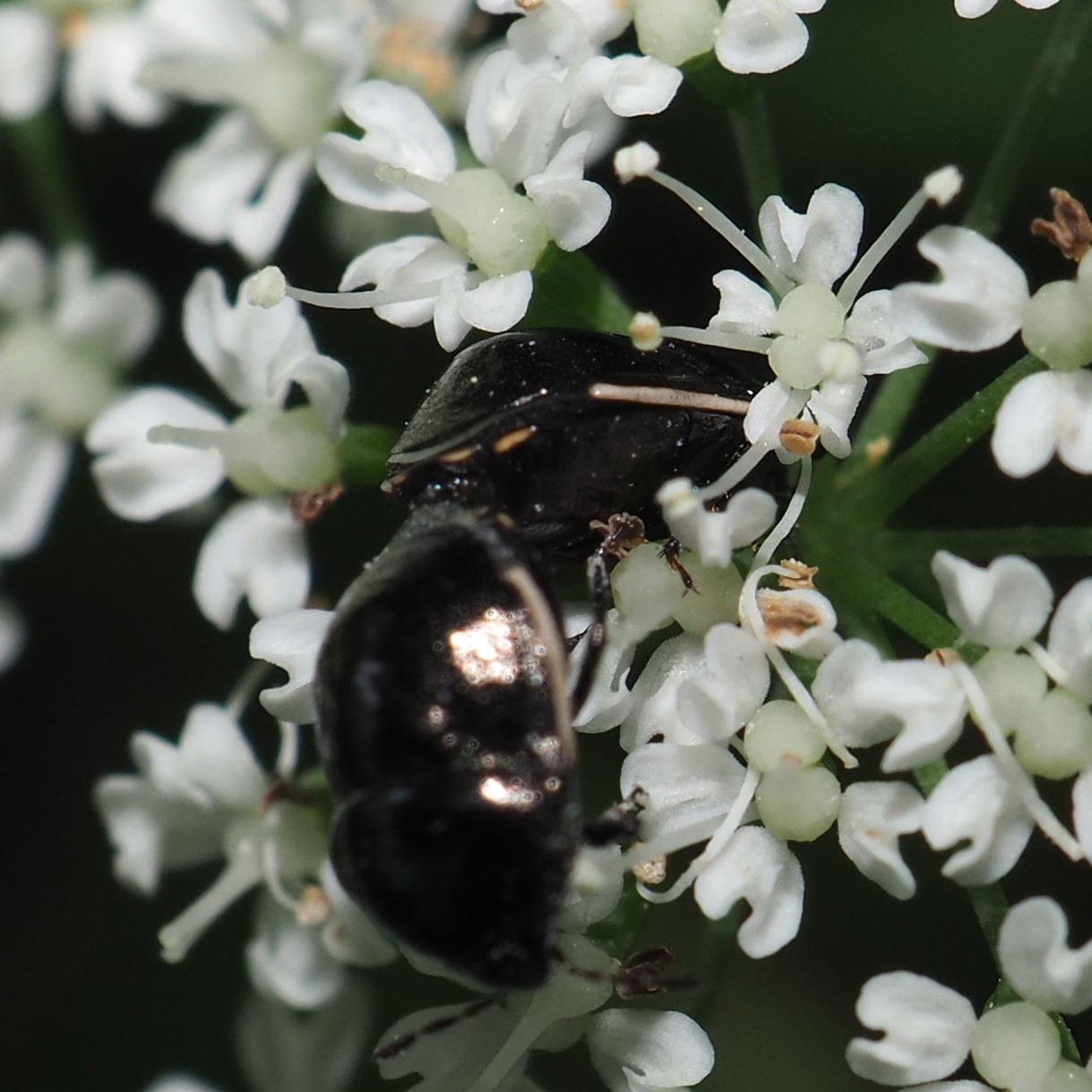
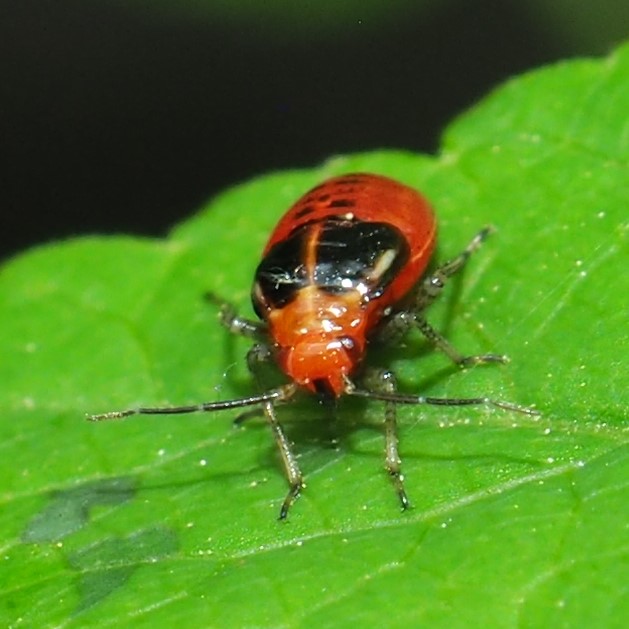
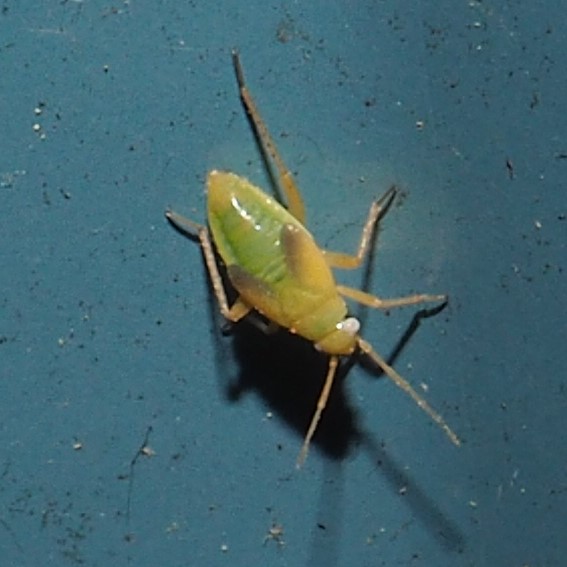
A few Caterpillars. We have seen a number of green ones - I wonder why? Well, camouflage for one. If you were wondering where all the Loopers (larvae of Geometrid Moths) have gone, here is one. The shape is Looper, and why shouldn't some of them be green? Second, a very tiny one, is a Gypsy Moth caterpillar. And last, submitted but not yet identified. I also have three Moth pictures but I think I'll save them for the M's.
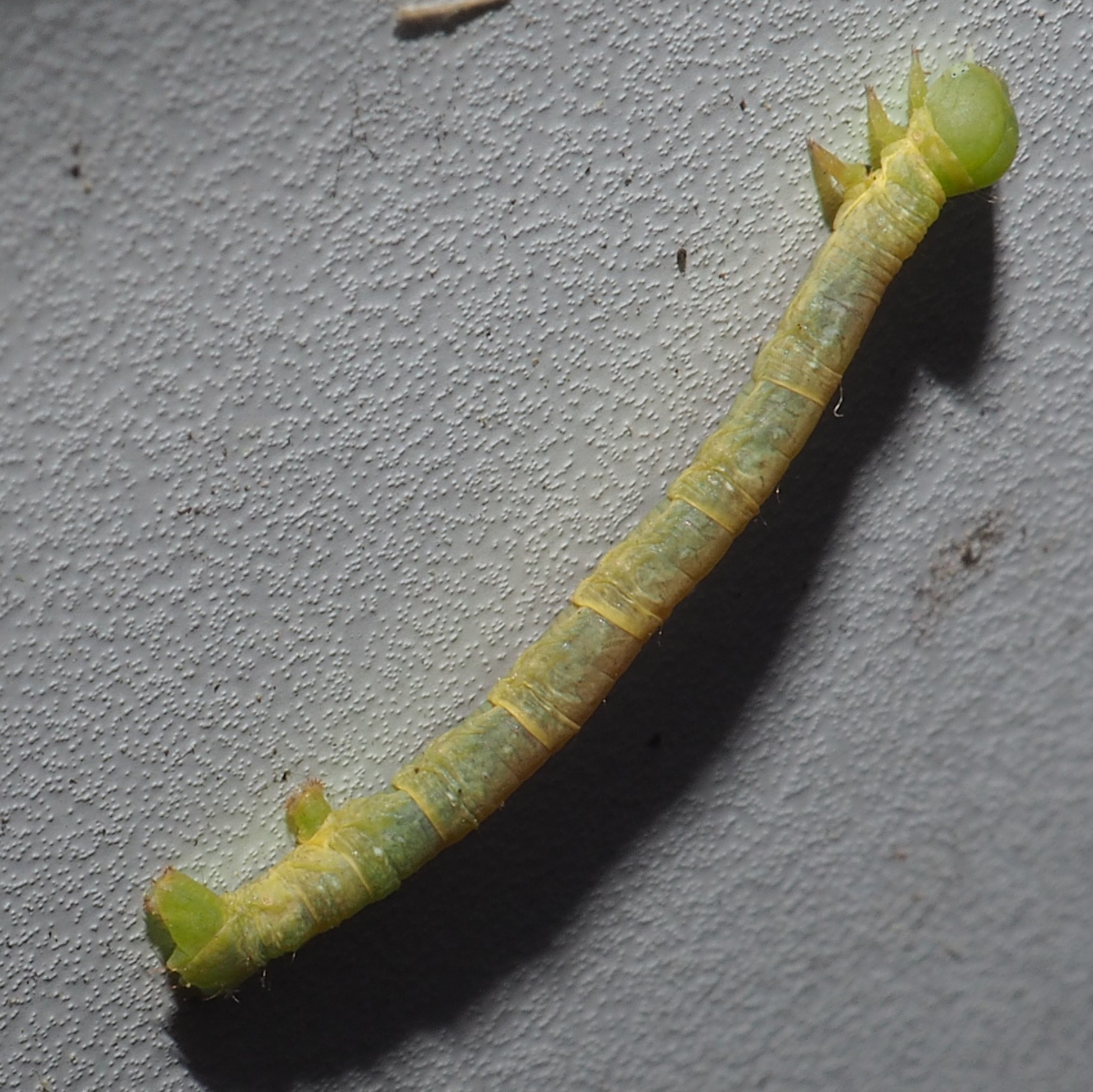
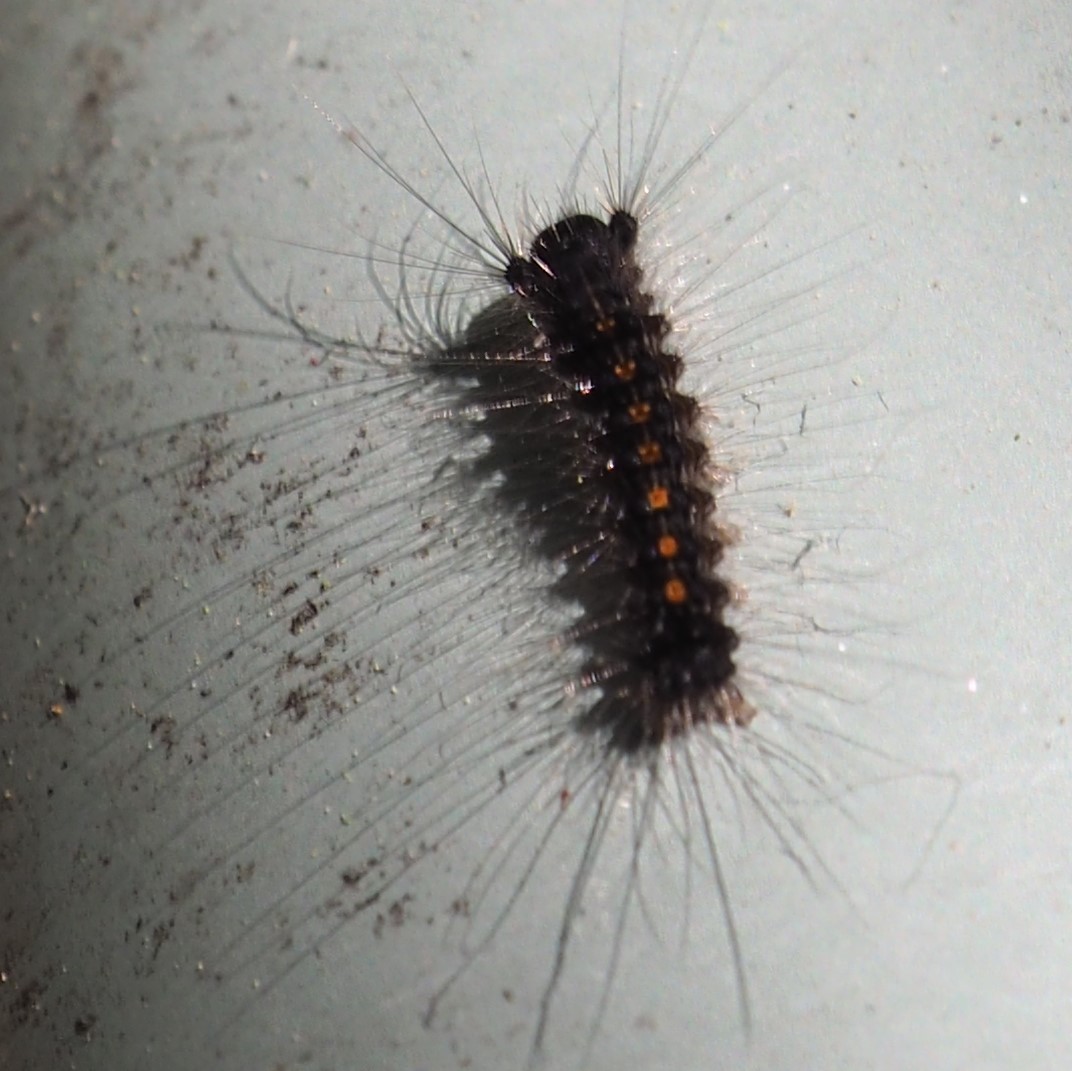
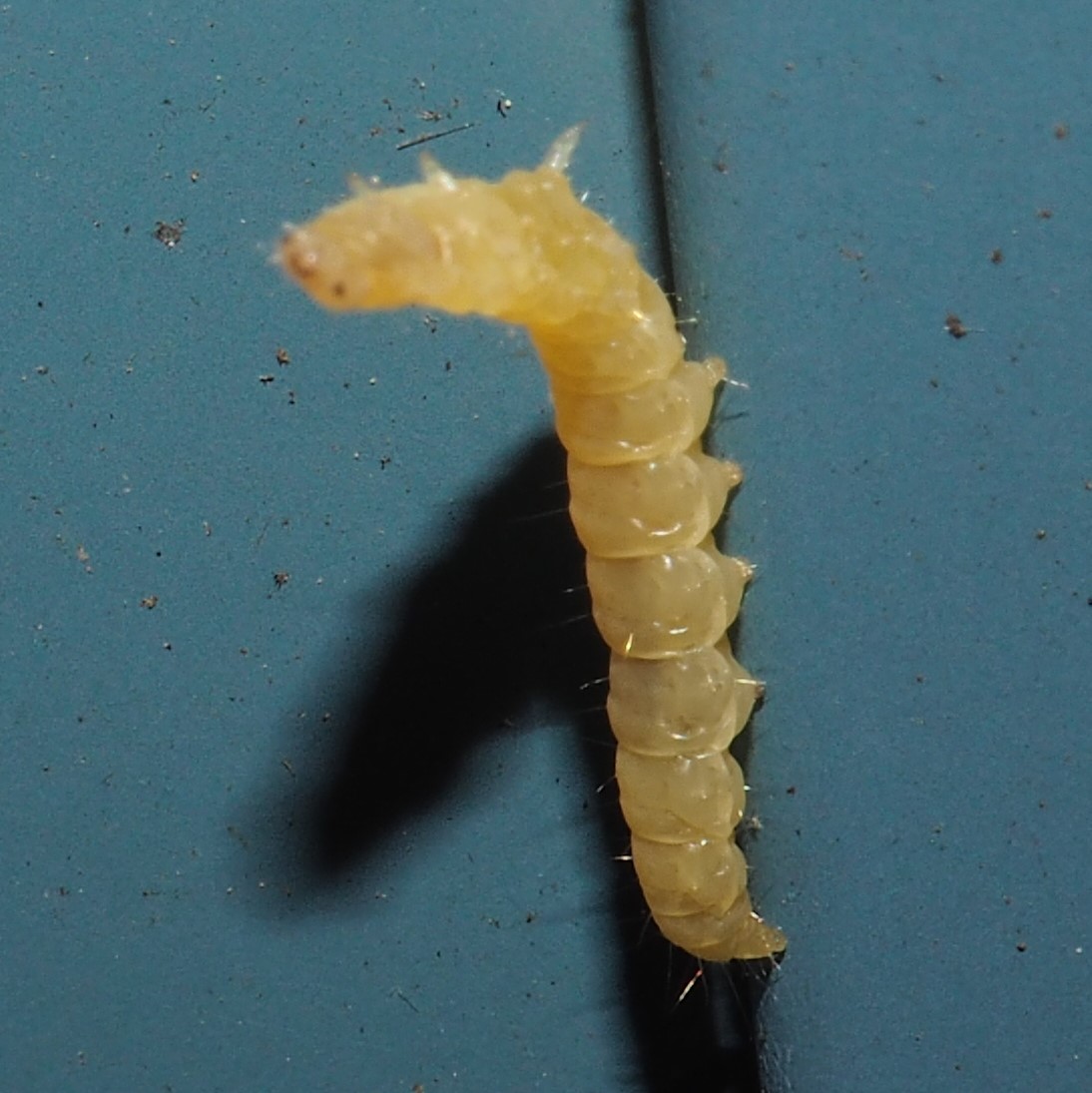
This huge Dragonfly mistakenly flew to a plant about calf-level under me. That's why the angle is suboptimal. But a rare treat to see how strongly they fly. Which leads us to the Flies of the week. Speaking of Flies, you aren't going to get any Mosquito pictures from ME this time. The ones that were biting, and so viciously, were mostly very small. Another one was that Asian Pool Mosquito. They are voracious. Last night at about 2 am I finally found my after-bite stick. Now you can just use your imagination and you will probably involuntarily swat and scratch. Something else that unites us all. Now - a tiny crane fly and a healthy Fungus Gnat.
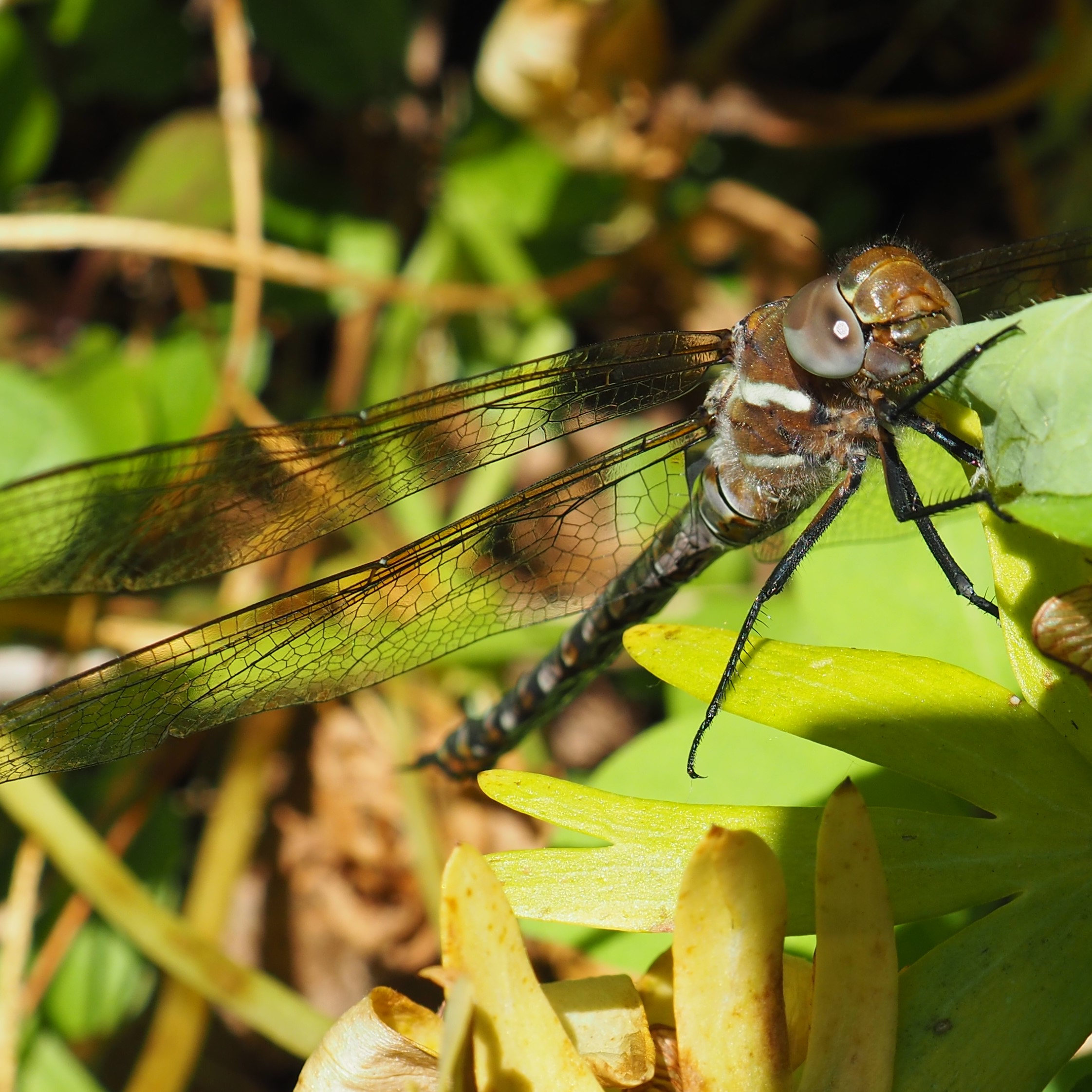
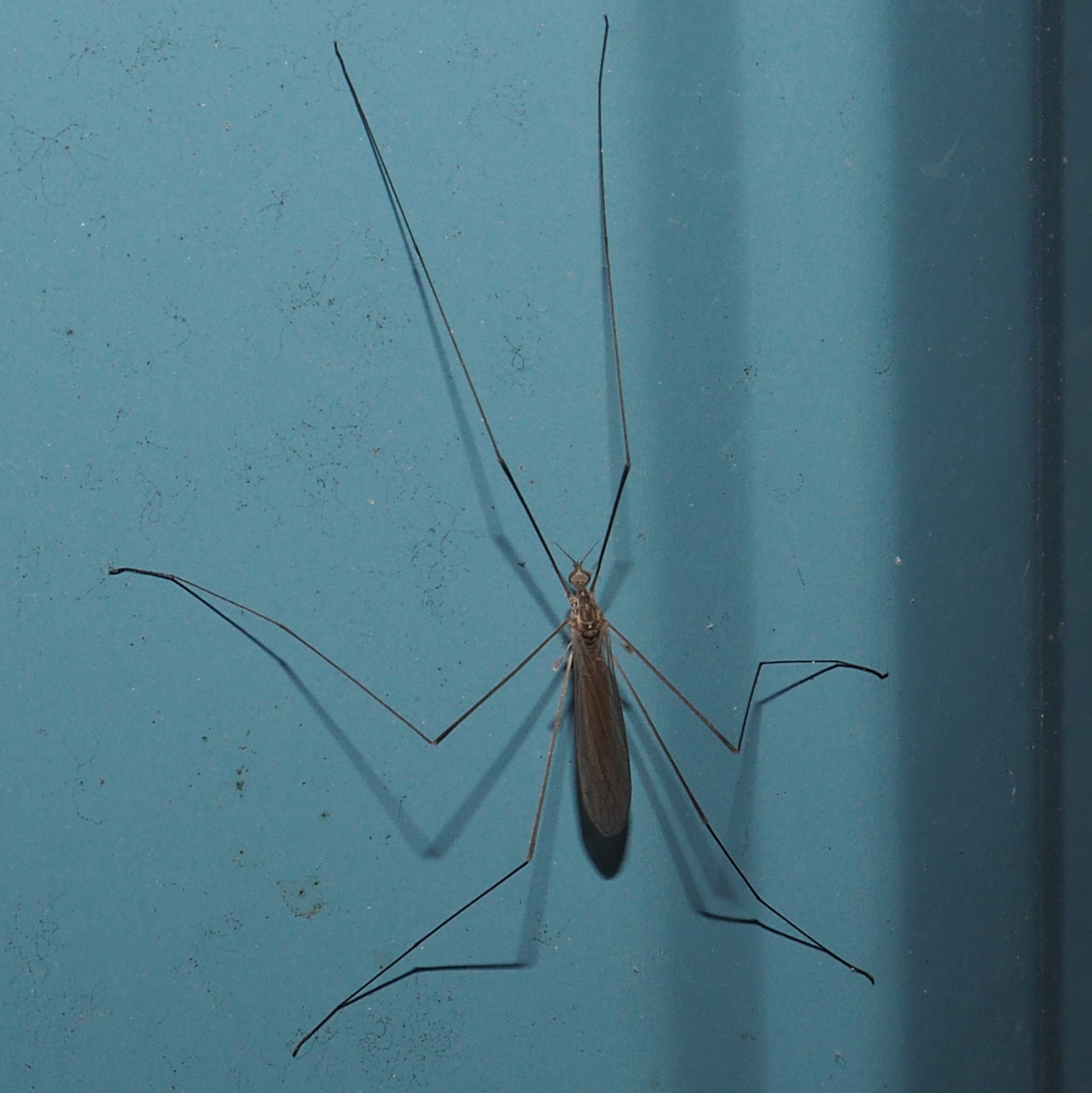
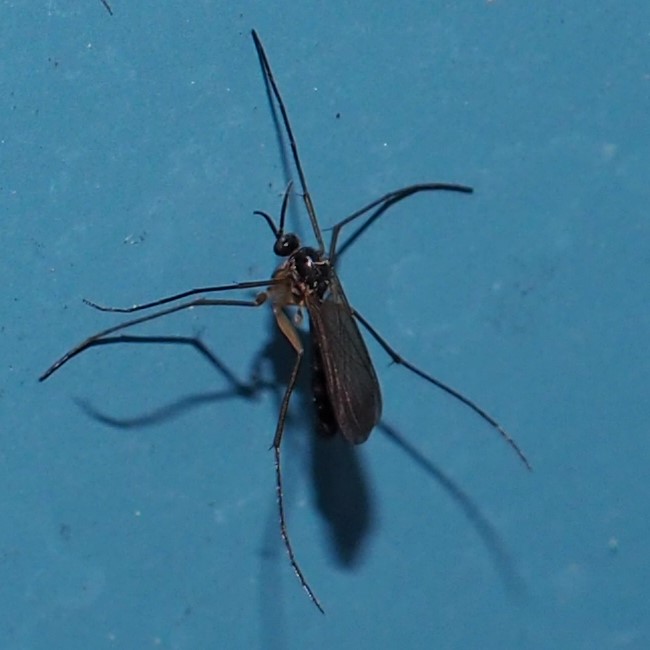
Here are four very different Midges. Now I know there are biting and non-biting Midges, so let's give these the benefit of the doubt. They aren't the things that were biting me.
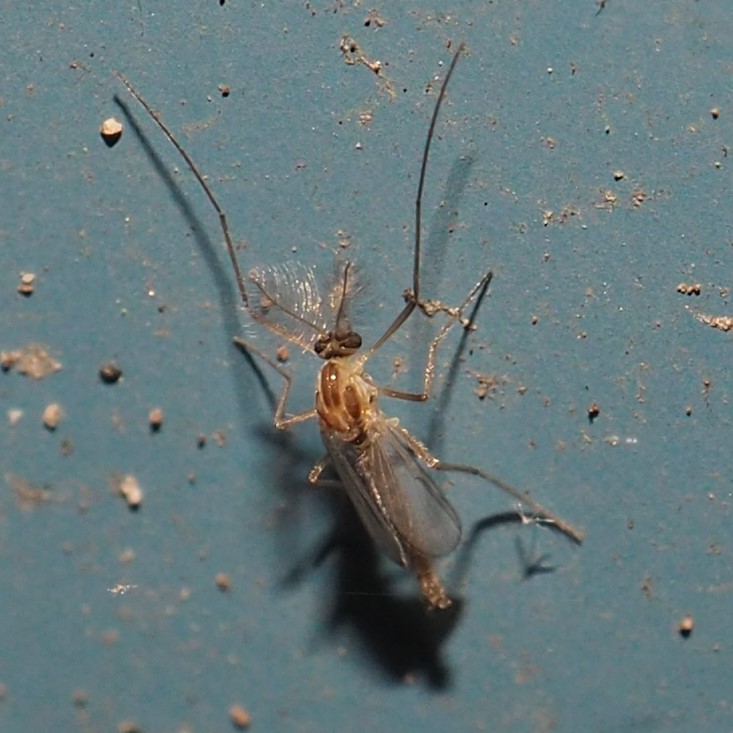
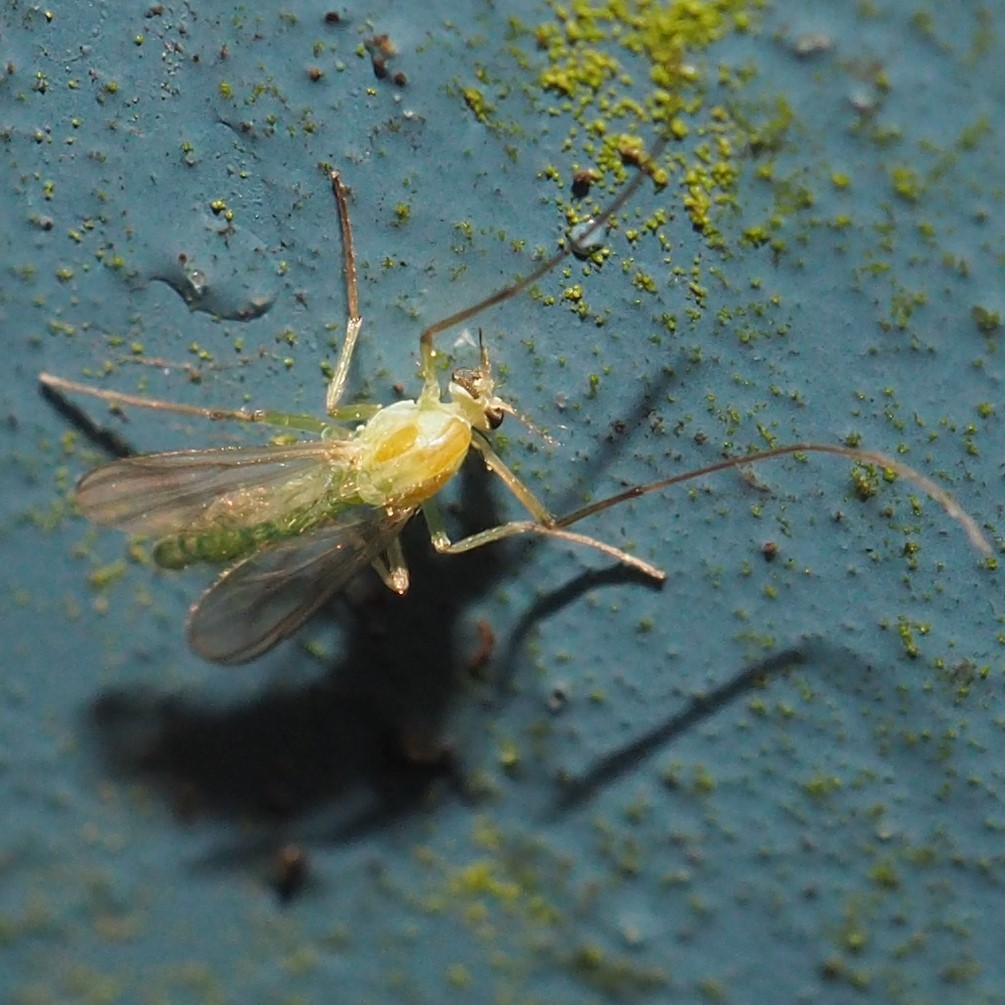
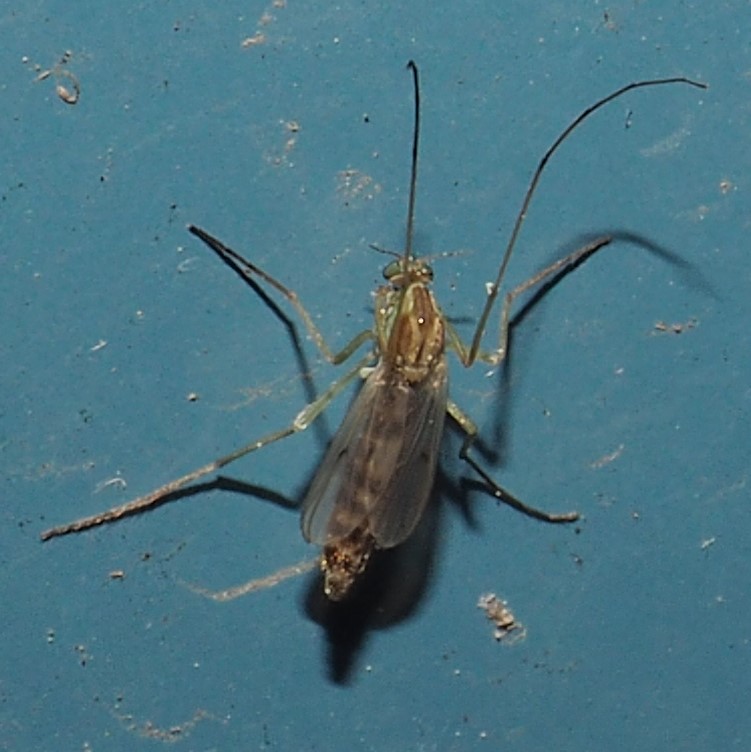

We also had a number of less frequently seen (by me) Flies. First, a distinguished-looking one of genus Platypalpus. Then one named Minettia longipennis, which means of course long-wings. Third, a Stripe-legged Robber Fly. Doesn't look like what you usually think of as a Robber Fly, but then look at the posture.
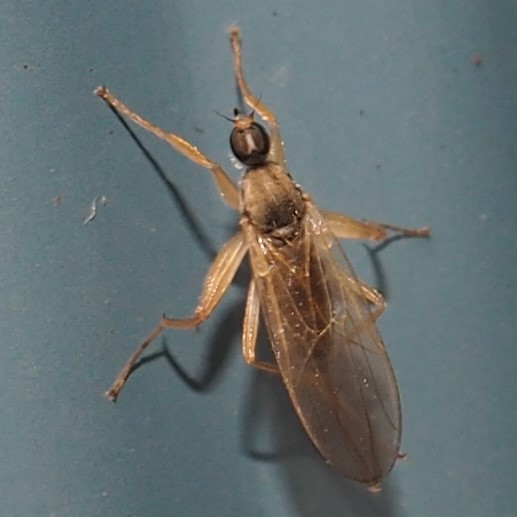
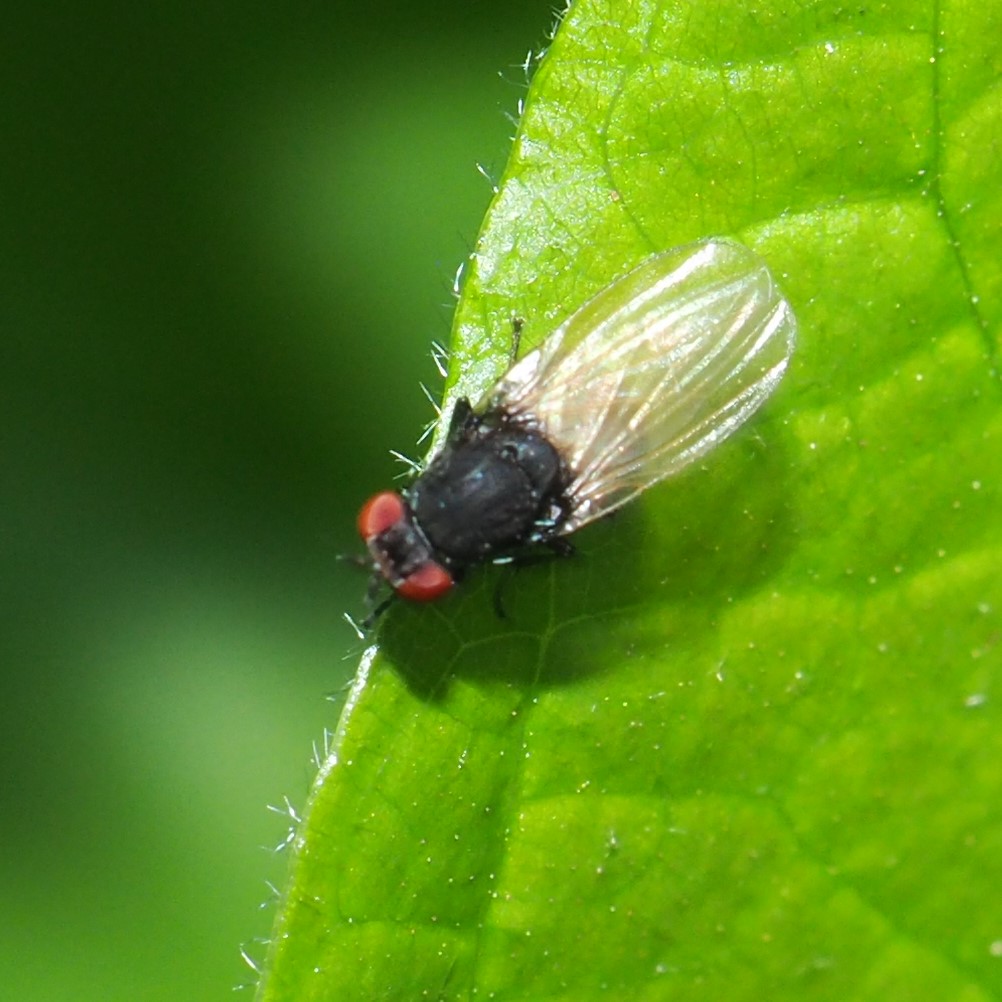
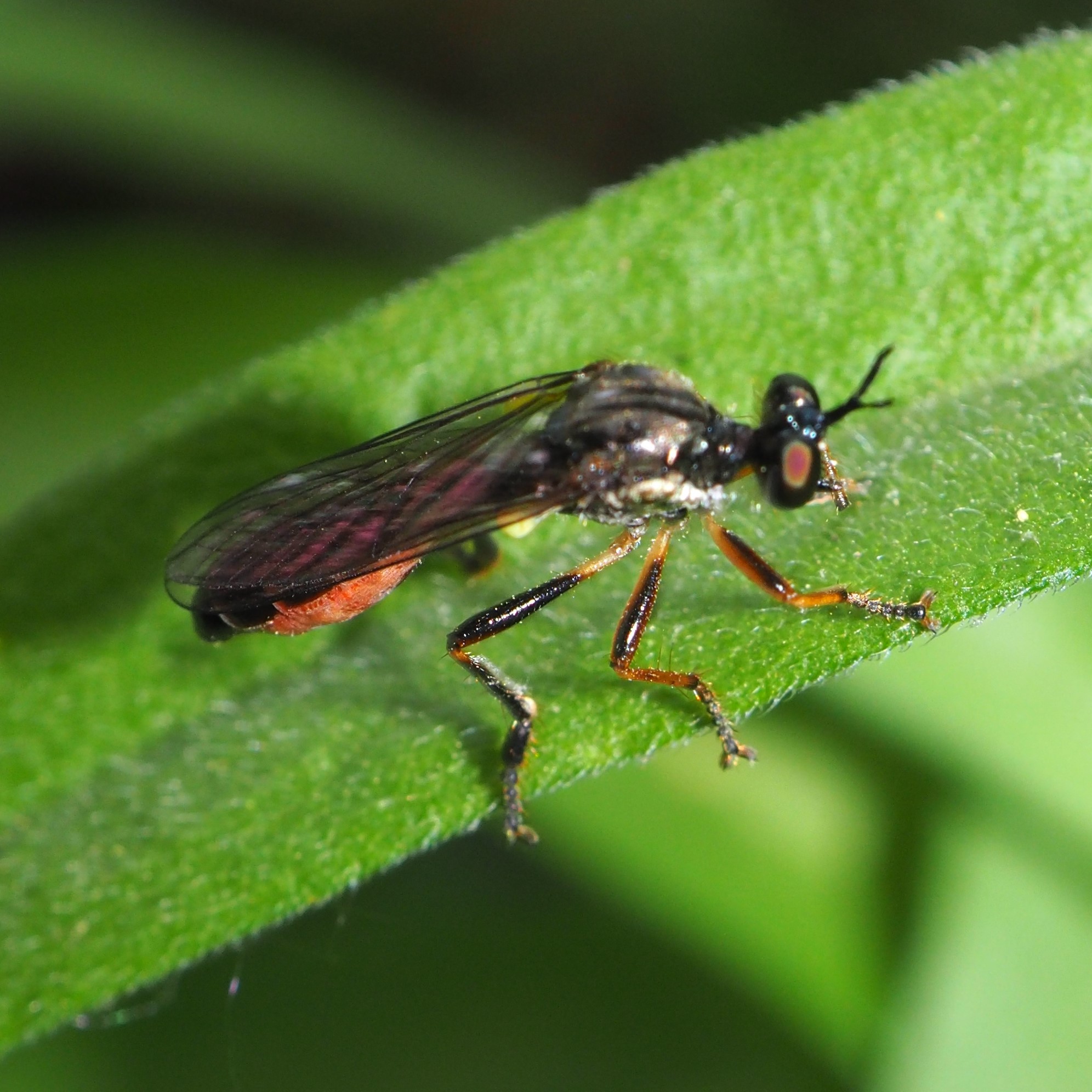
First here is a Fly called Sarcophagus because it eats dead flesh. Then a Snipe Fly. Then a pair of Caddisflies, which are NOT Flies. The picture is fuzzy but oh well, it does show two lovers.
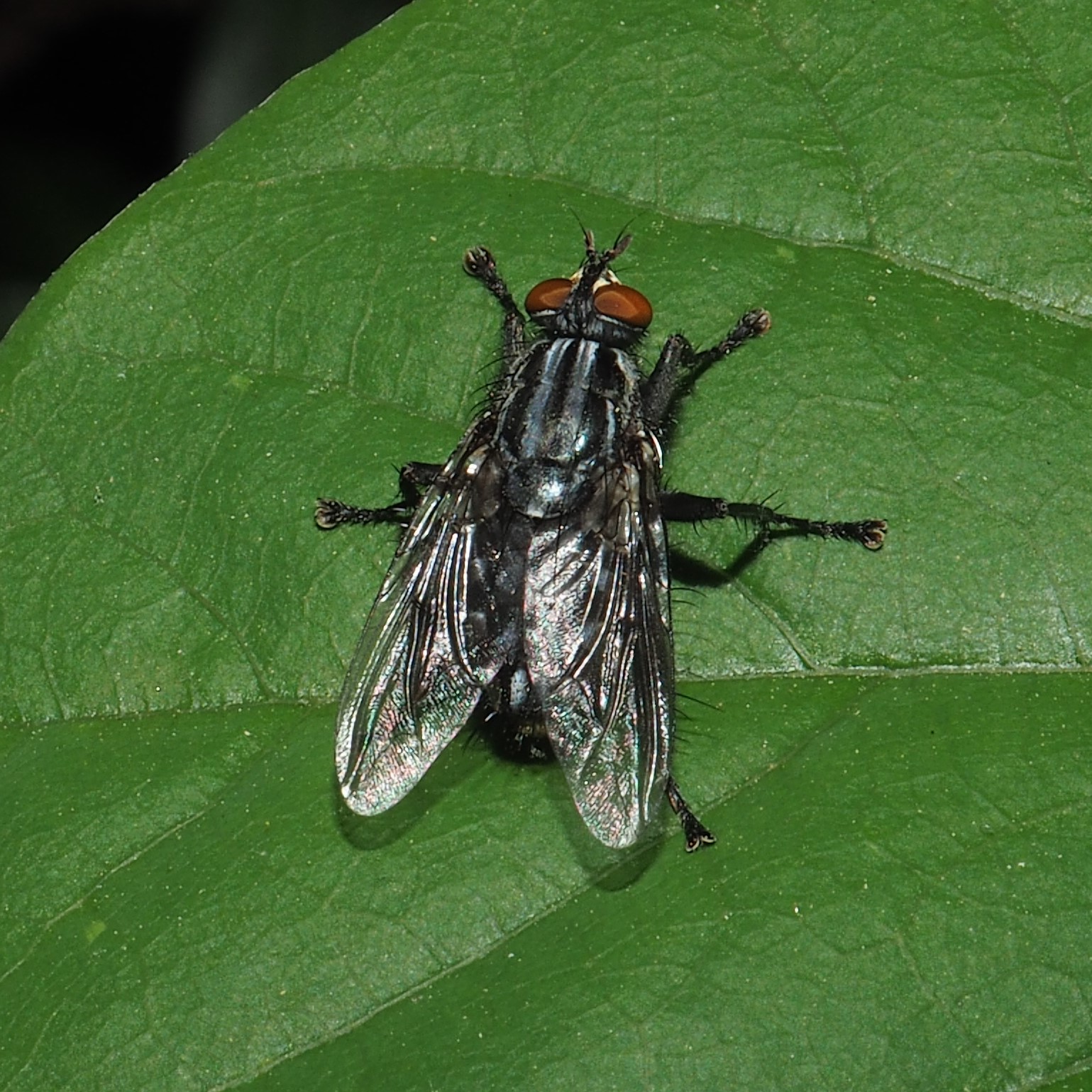
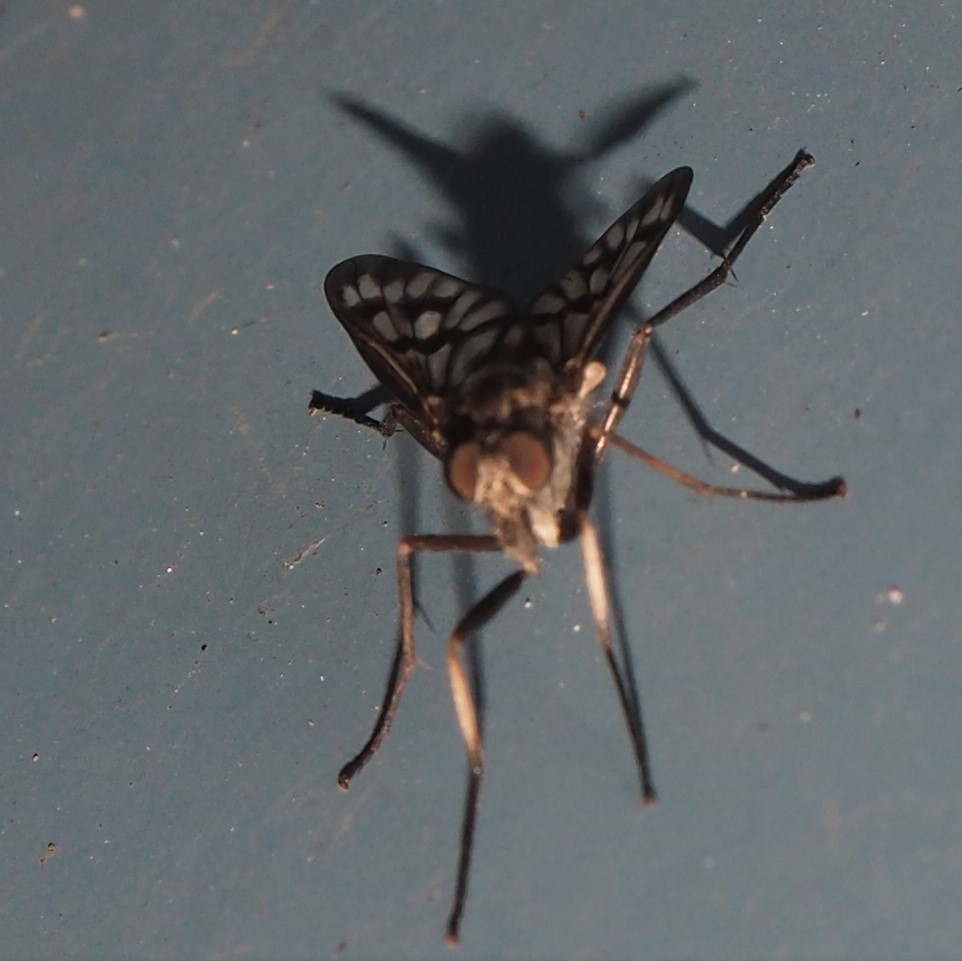
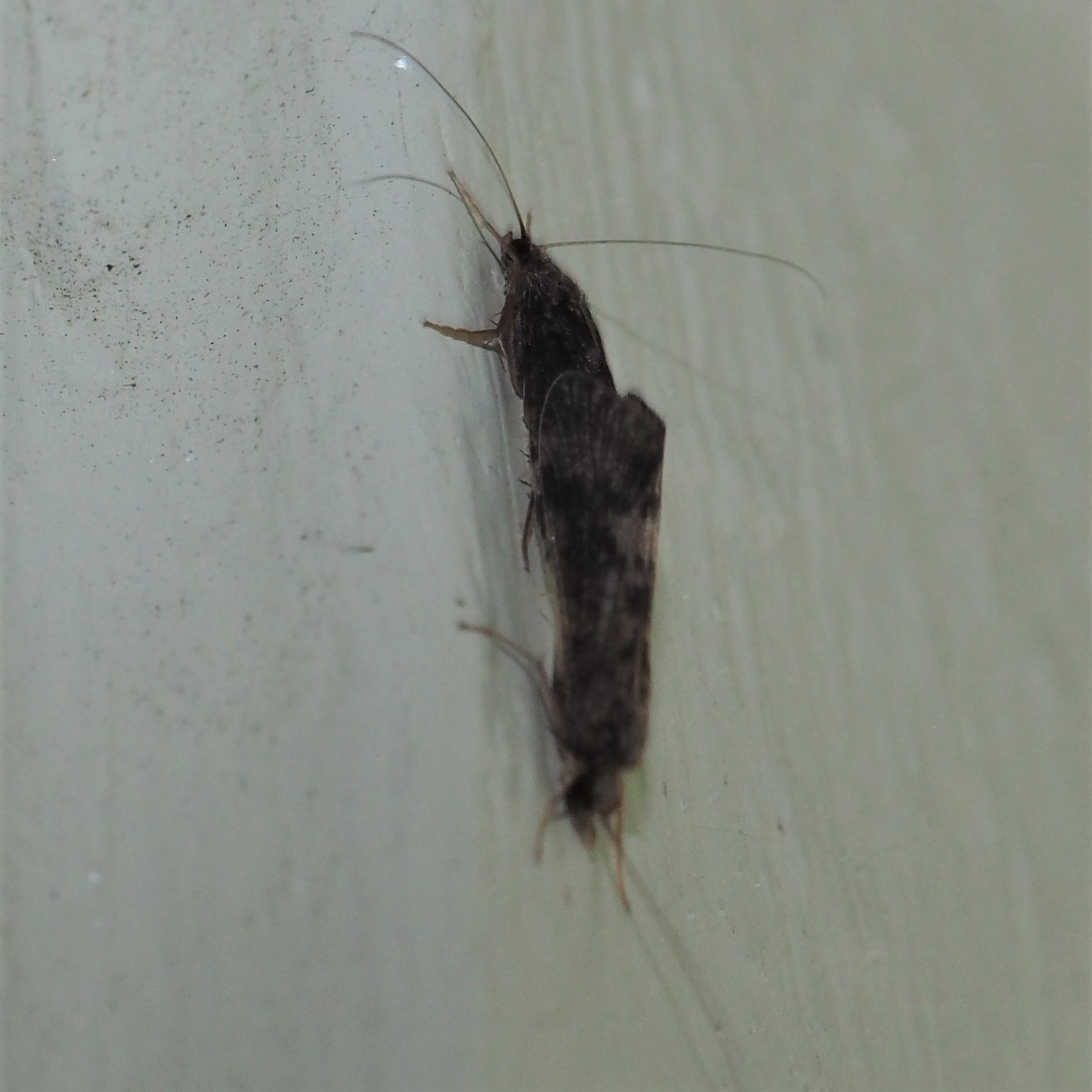
Here we have Froggy, or a substitute. I really don't think this is the same Froggy we knew and loved for two other summers. He seems very small for his supposed age (two or three years old). He doesn't seek me out for conversation like any other Froggy I have known. But that's nature for you. I can cheer you up with some scenes from the pond. Here you see (I hope) two different sizes of tadpoles. The few larger ones are the survivors of the attack on the American Toads a few weeks back. Second is close to the edge. The tiny creatures seem so healthy and MANY. I estimate a few hundreds to a thousand toadlets will result and then have to go out of the pond to seek their fortunes and feed some birds.
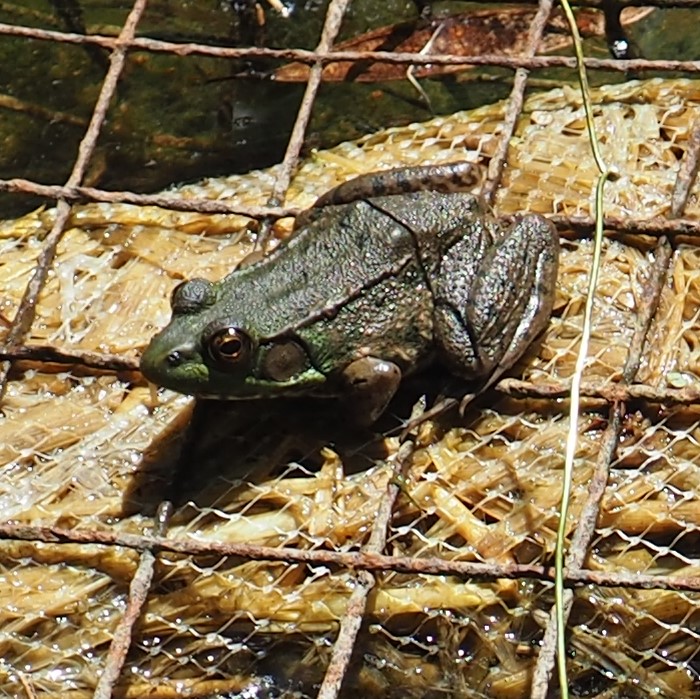


The baby Harvestmen are growing every day. There are still a lot that are juveniles, but this one is looking definitely near adulthood. We may not have heard any Katydids yet, but here is a teensy nymph. This Mayfly may be Siphlonurus quebecensis, but there have only been 5 sightings in the North America. Still I would almost believe anything about Mayflies because I almost never see one.
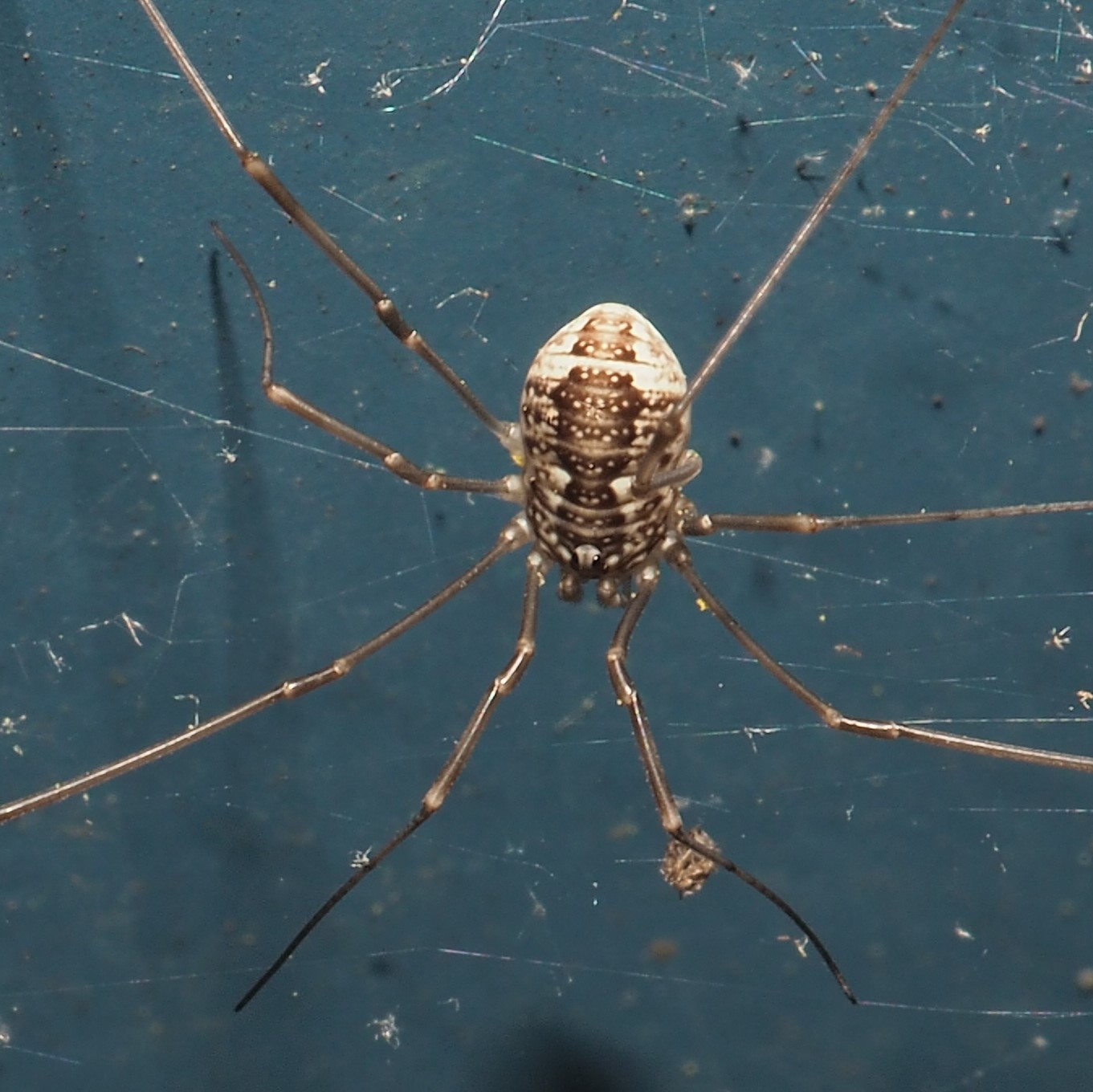
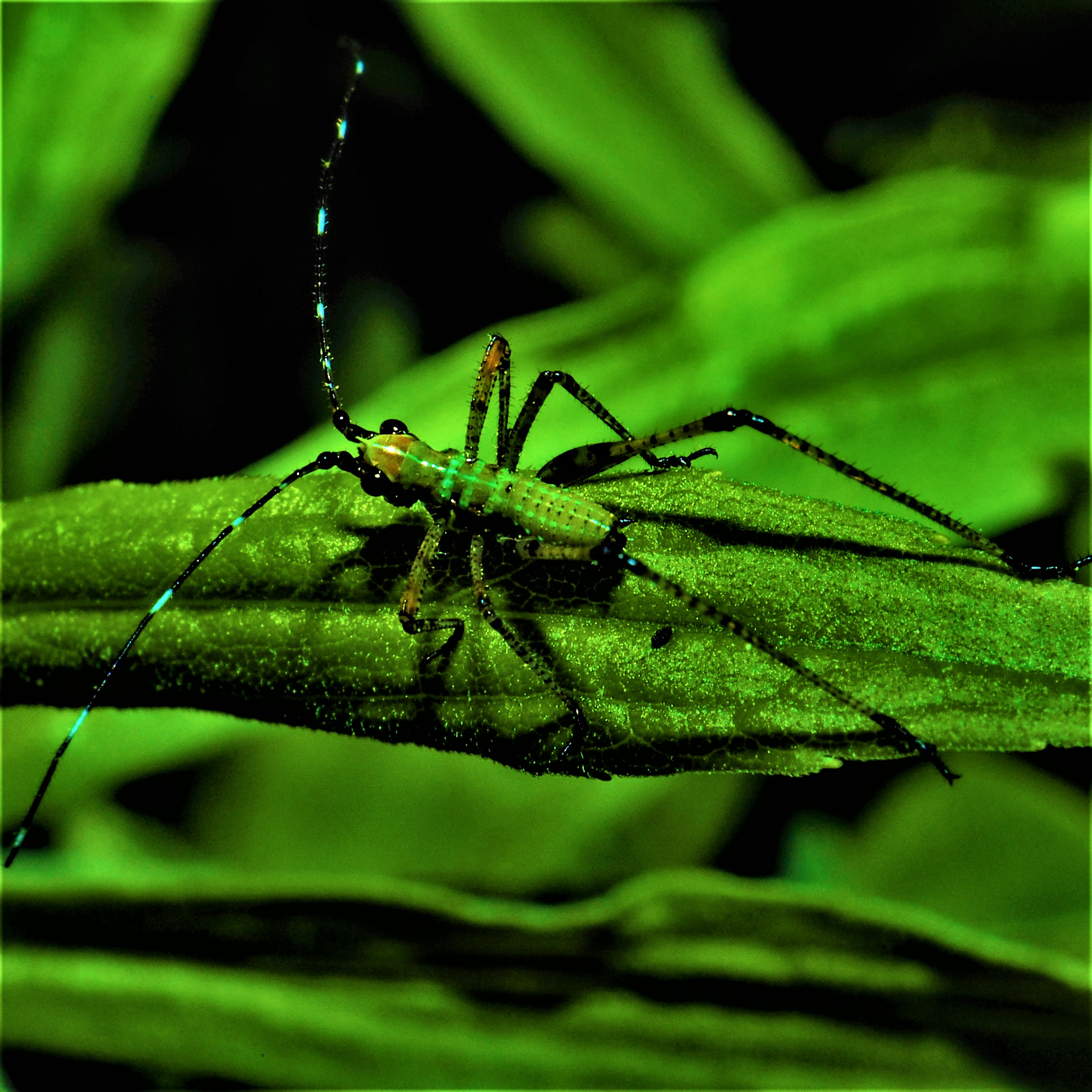

A few Moths. First, that Porcelain Grey is back from last week. Next is one we saw a couple of weeks ago (and ever since). It is the Norway Maple Pigmy Moth, Etainia sericopeza. Third is one in genus Genus Heterophleps, but I don't know which species, they are all so similar (to me at least).
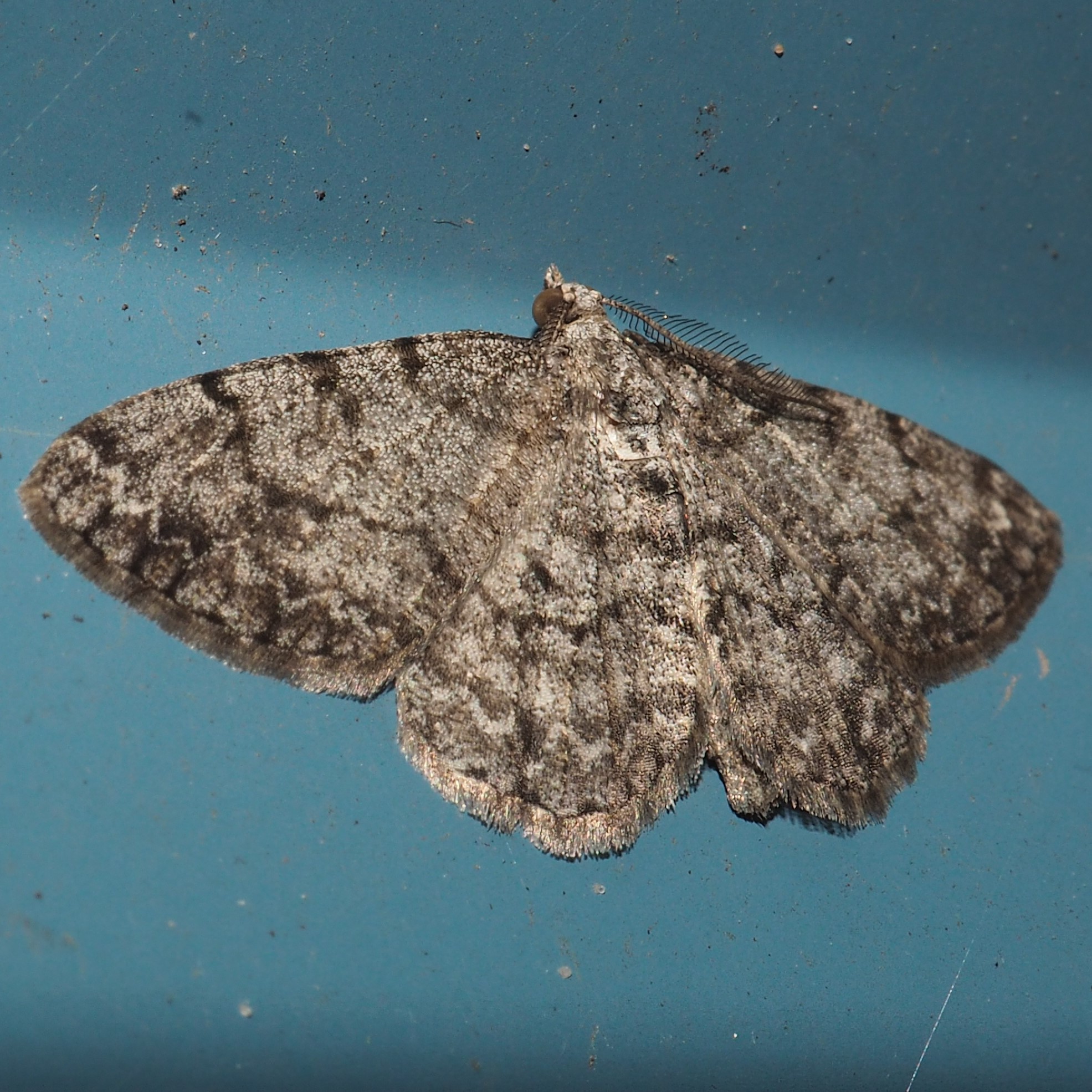
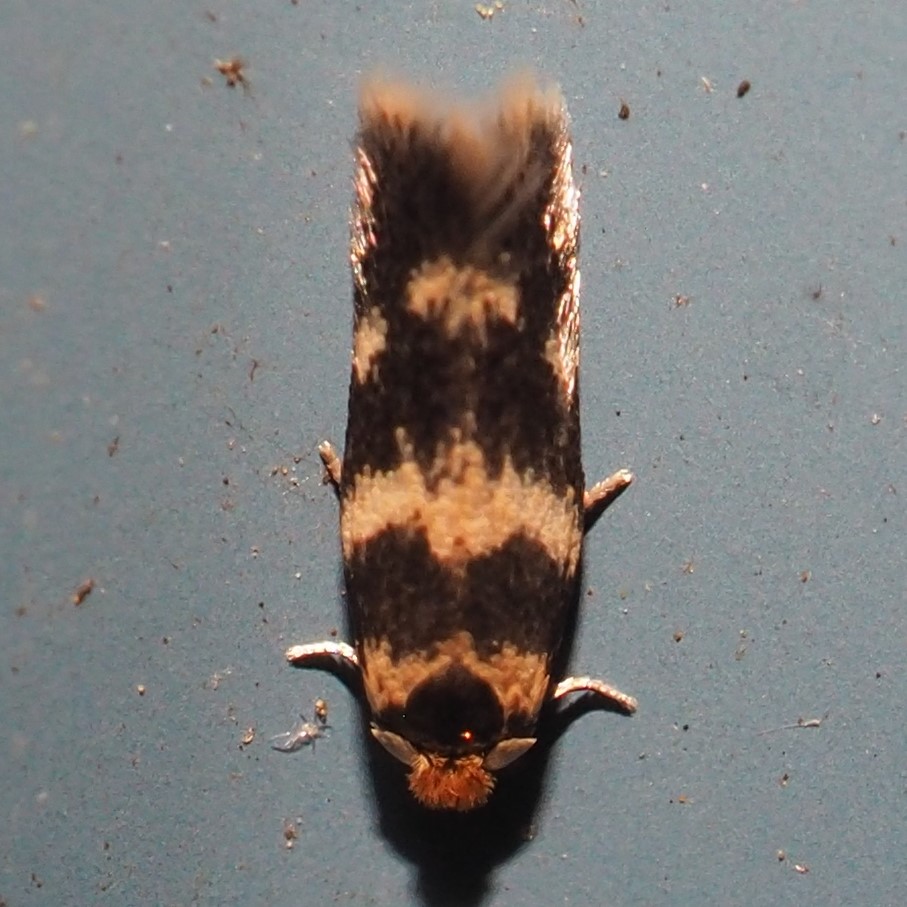
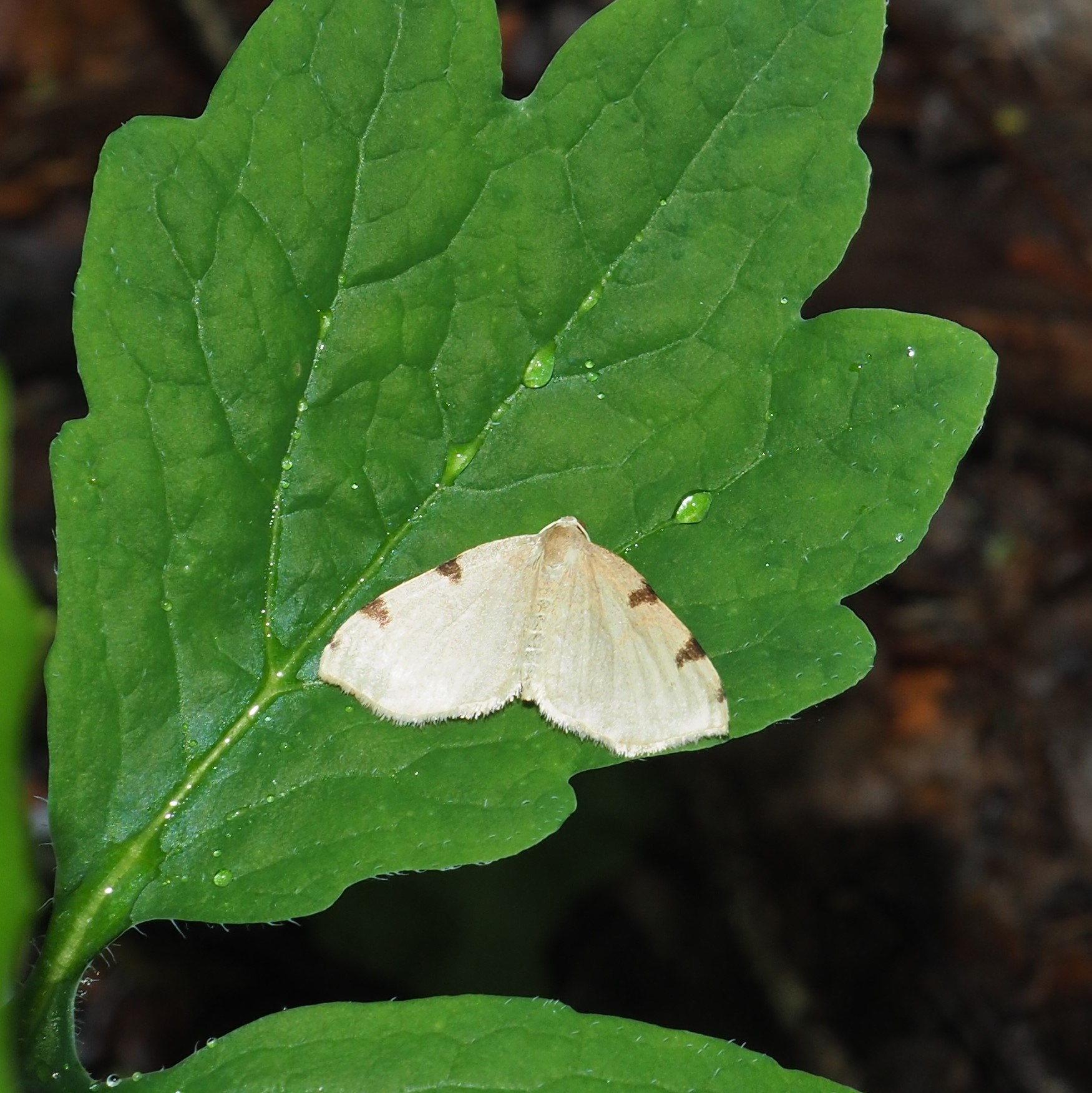
It must be almost time to introduce the Spiders, but first, how about a few flowers? First is a kind of Mustard that volunteered its services in the yard. It's called Bitter Wintercress. The Dame's Rocket comes in quite a number of colors - this is my favorite. The Bee is one of those little Bumblebees. The Dianthus was planted last year to supplement the Butterfly-attracting flowers in the Deck Box. Amazingly, it survived the winter. Zinnia seeds have been planted in that very box. Hopefully soon there will be all sorts of colors out there.
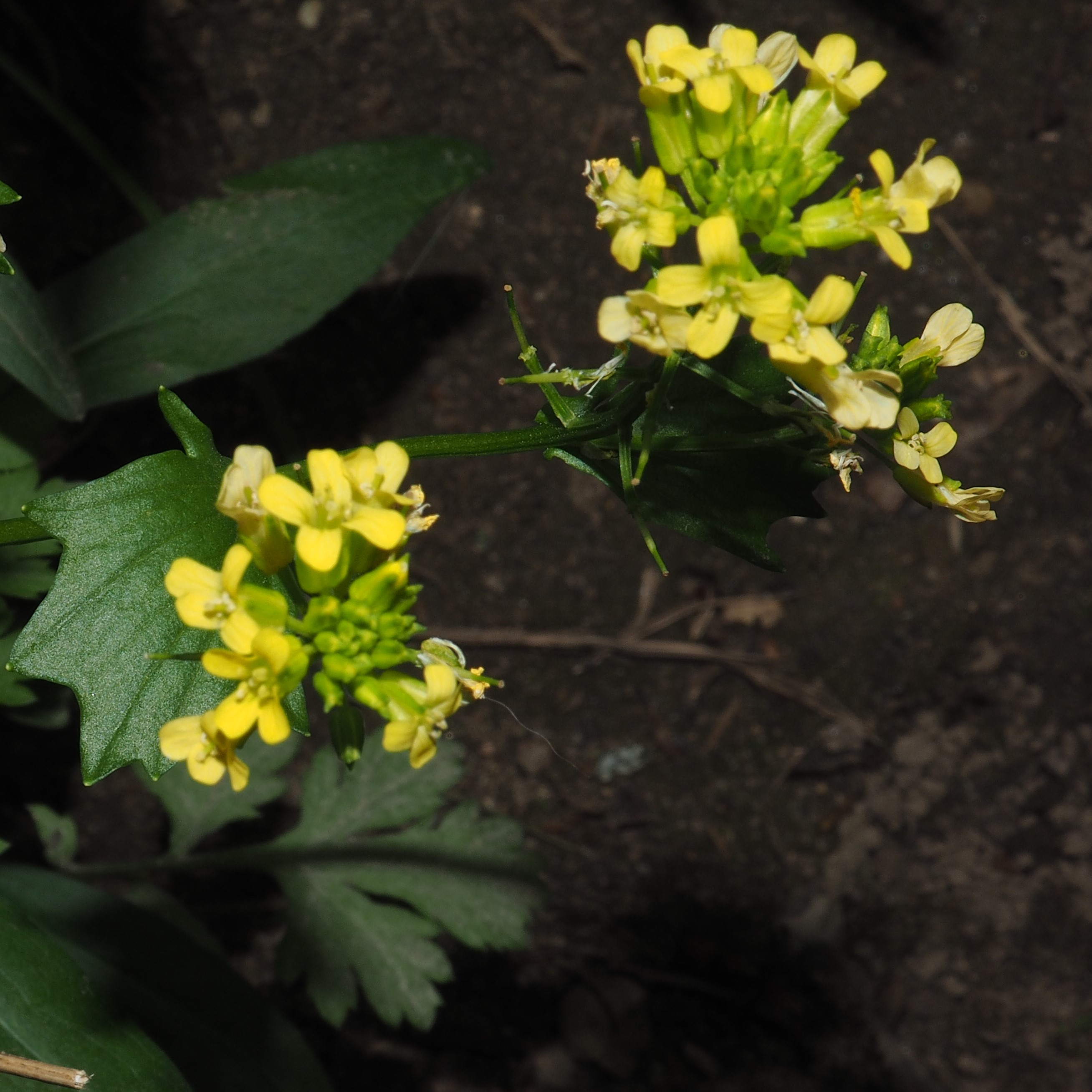
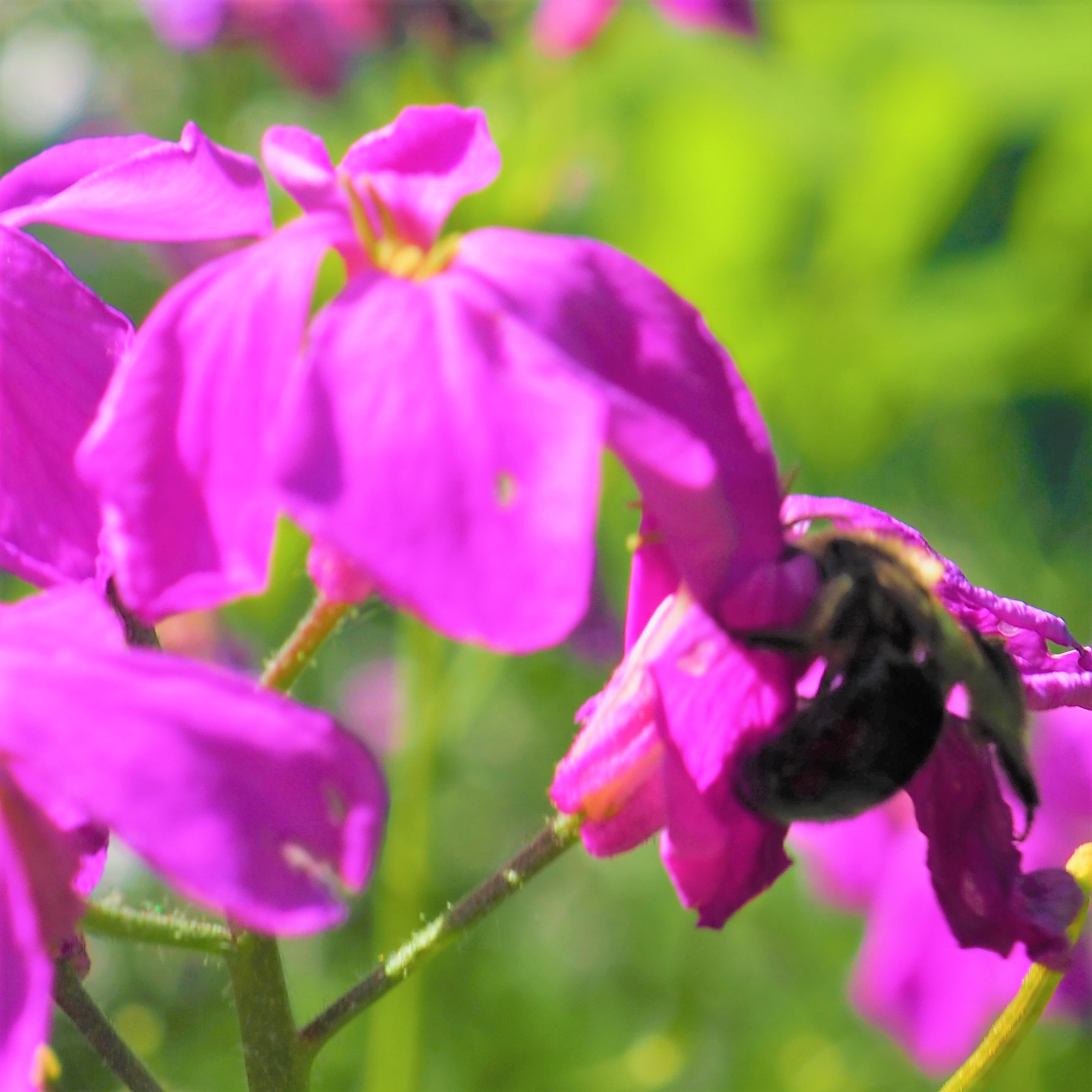
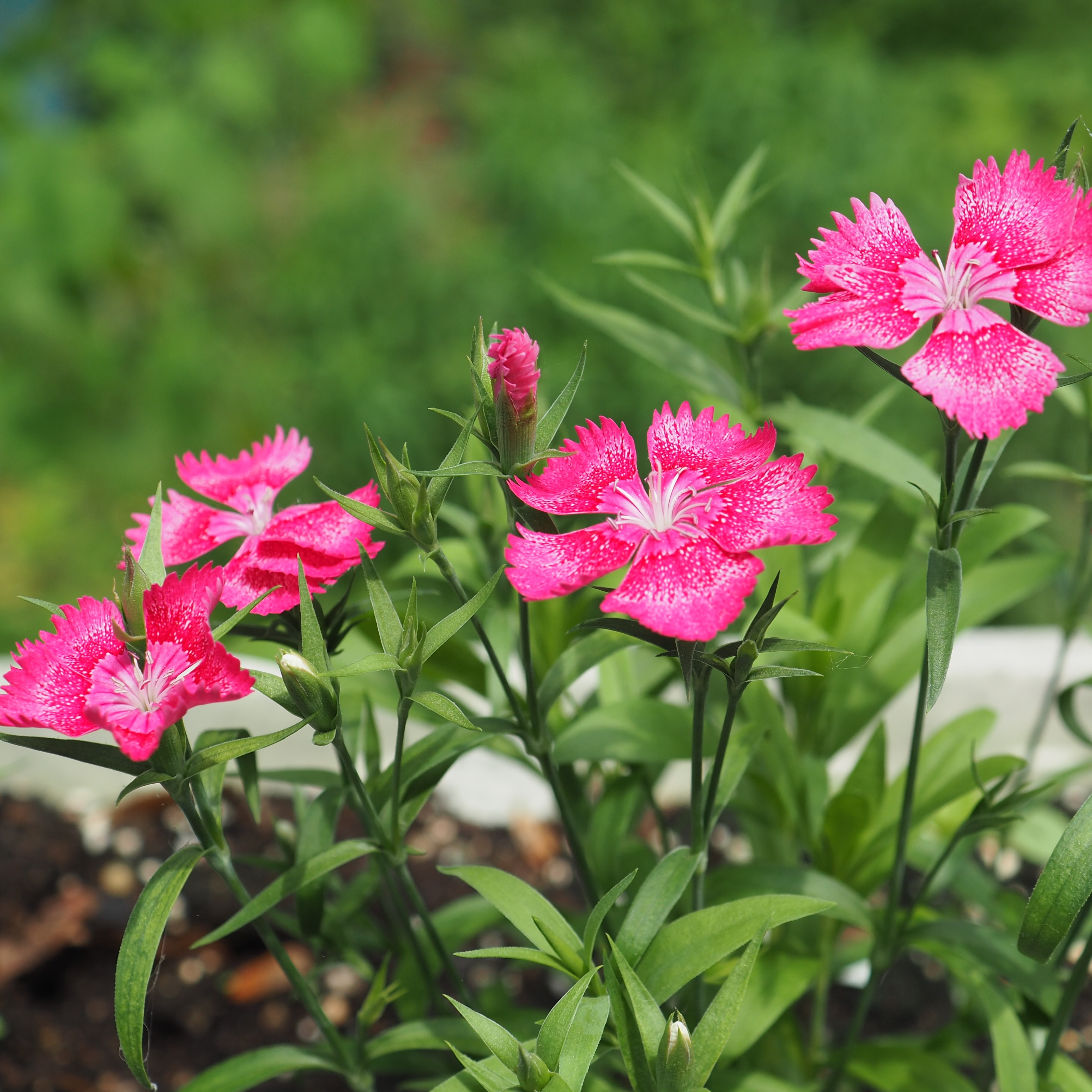
The Columbines are fast fading but we needed one more glimpse. Third is the seed packets from the Money Plant - you can probably imagine why someone thought they resembled coins.
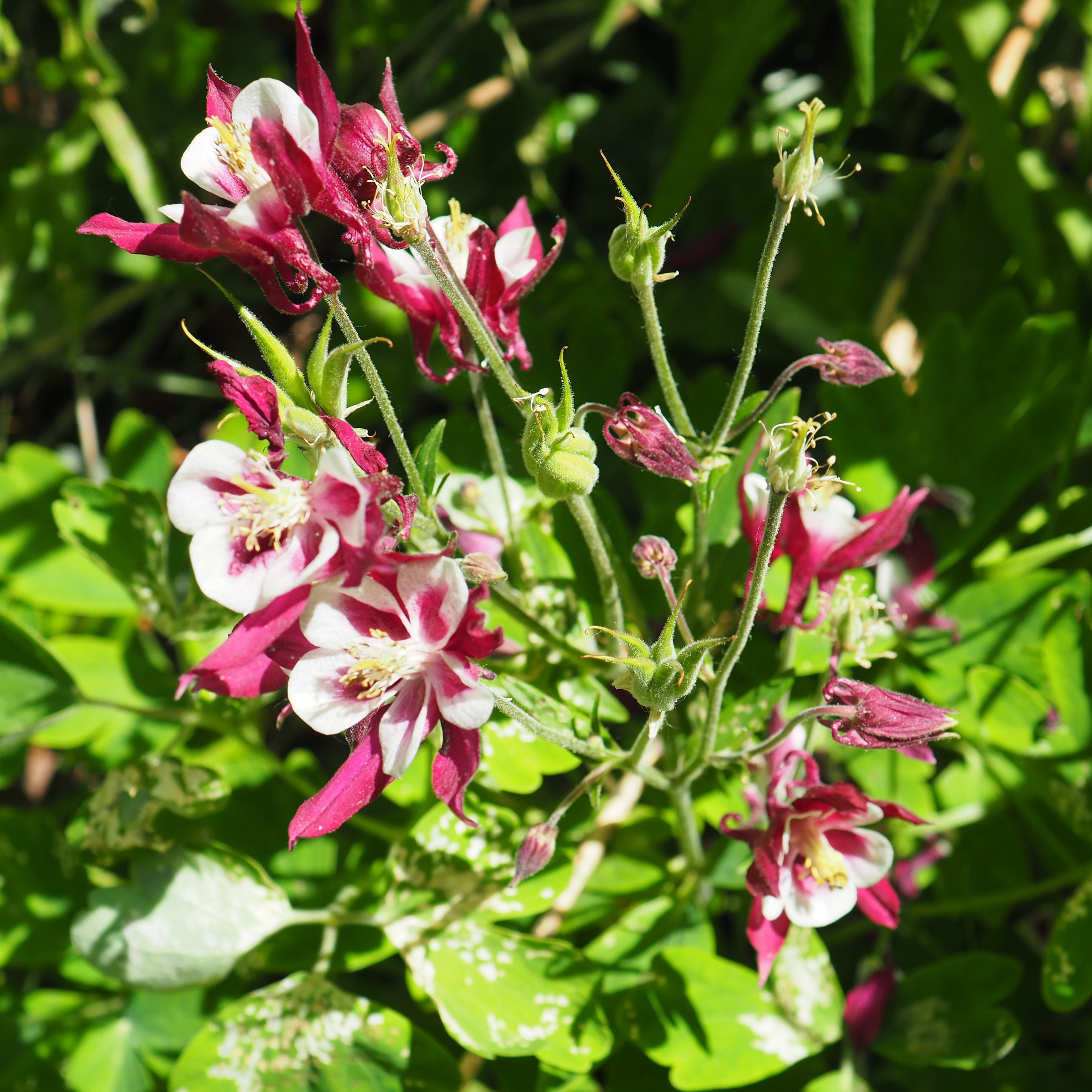
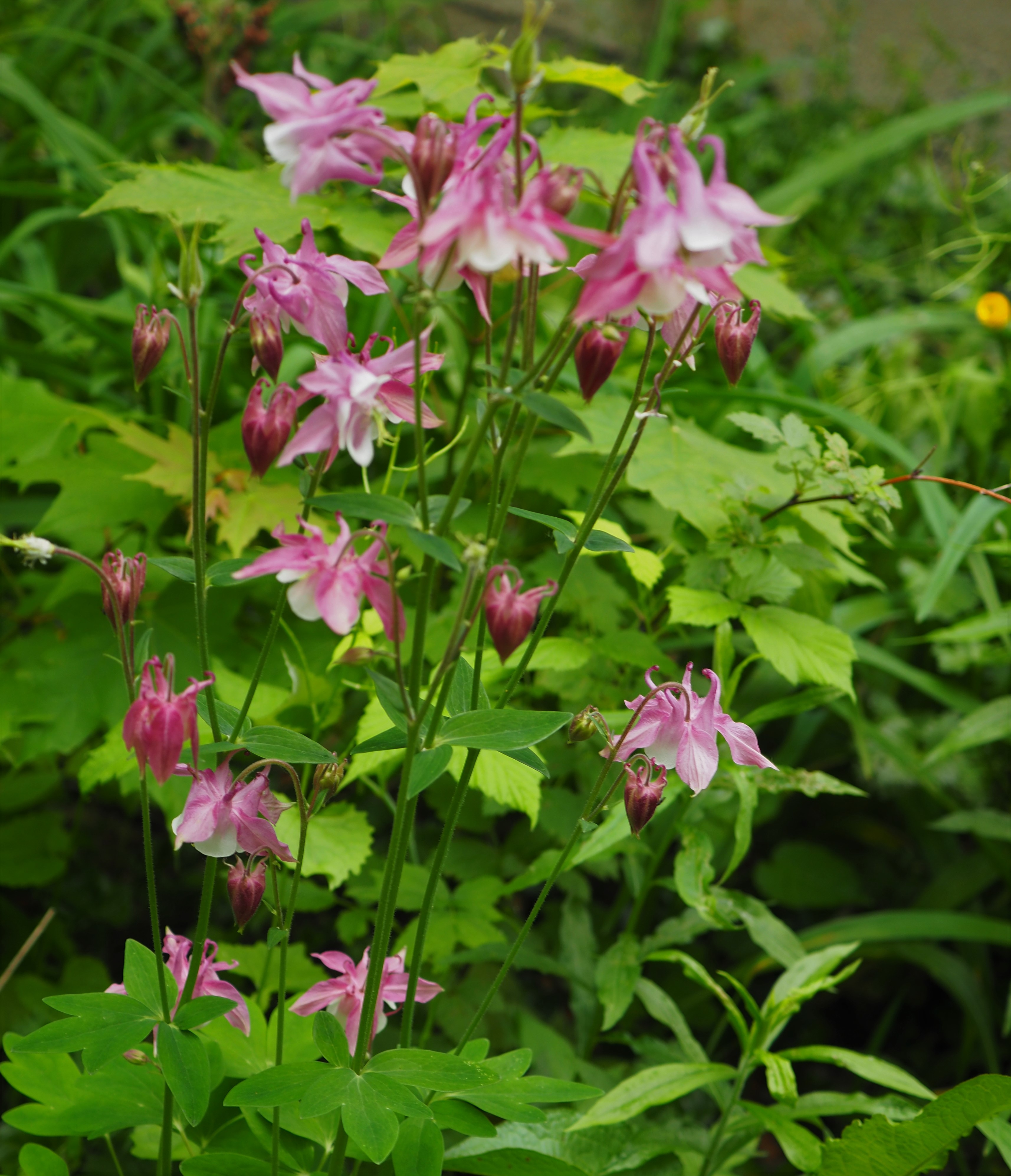
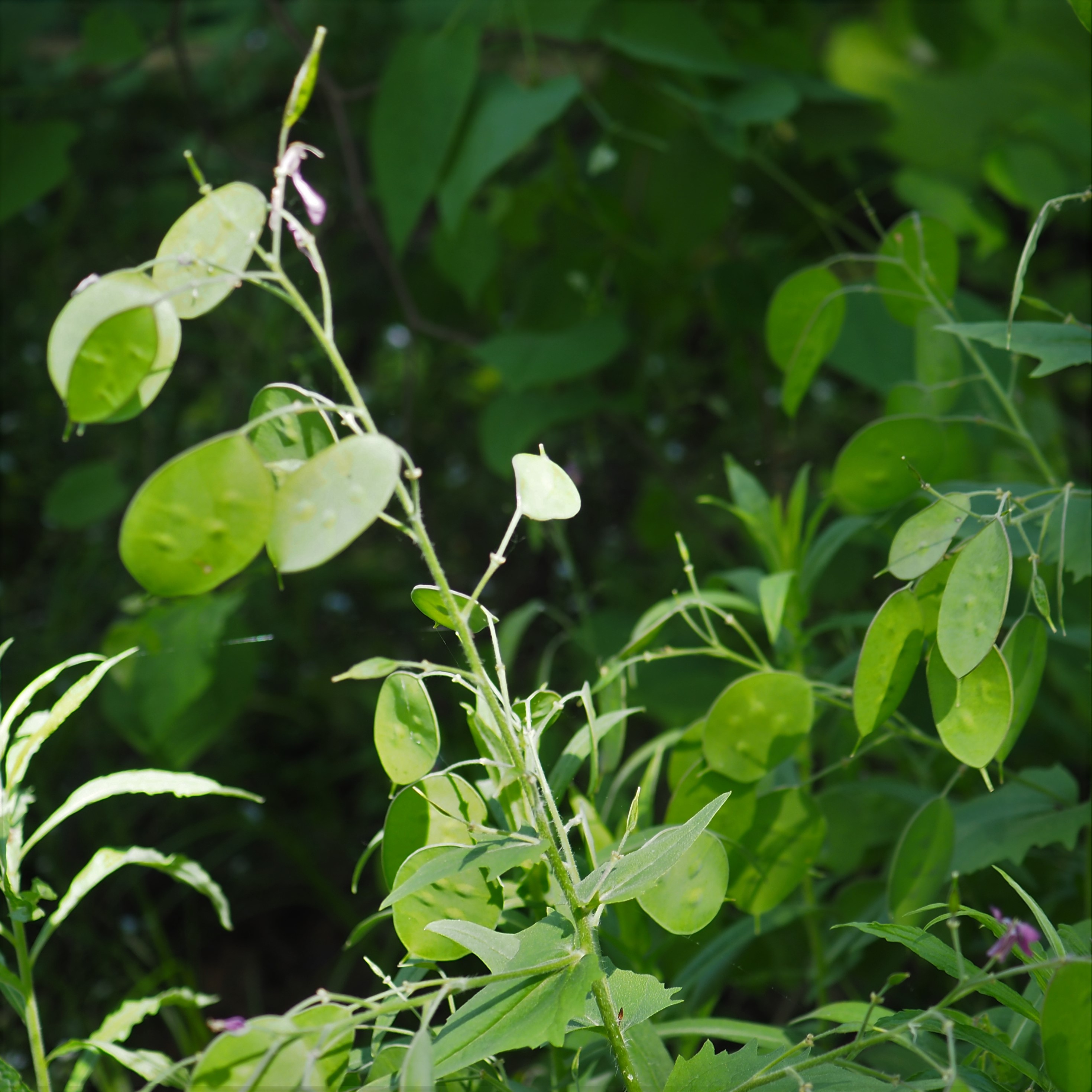
Now we really must tackle the Spiders. I'm sorry to say they are spreading themselves beyond the Wall now. So we'll see somewhat fewer this week. I said I'm sorry!!! This Six-spotted Orbweaver was actually on greenery.
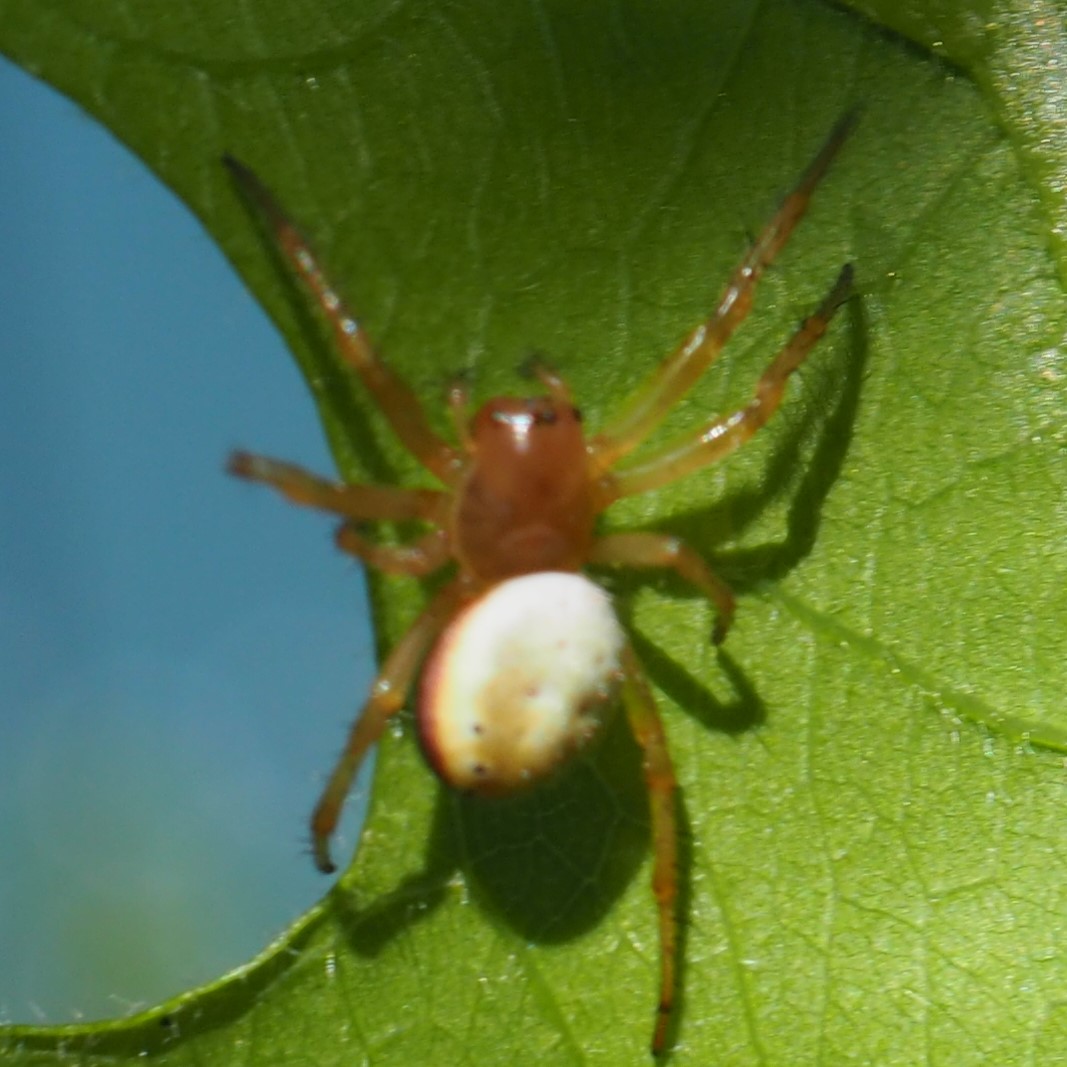
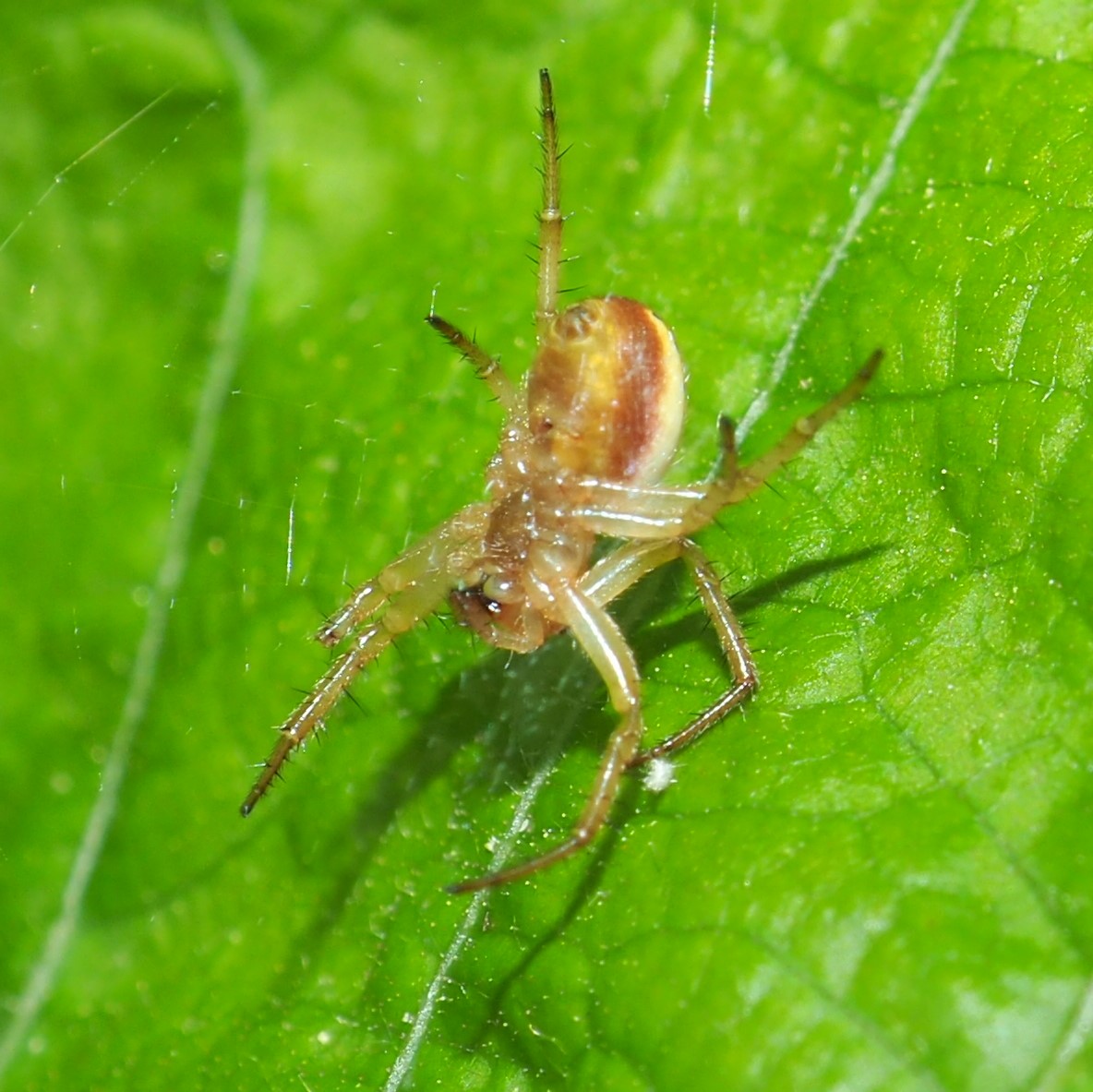
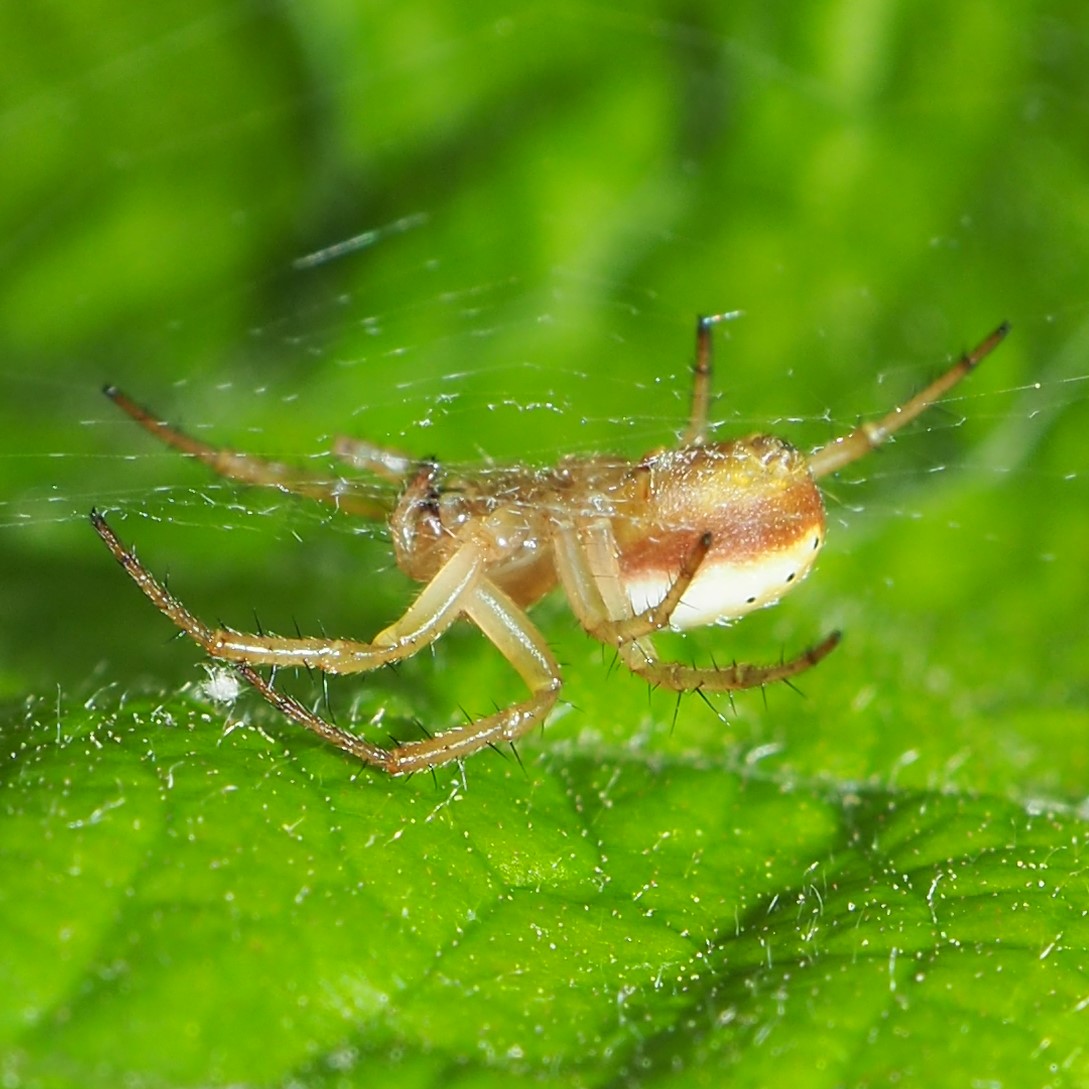
My favorite Spider, the Common Pirate Spider, Mimetus puritanus is back. I don't know what the third Spider is, but I do like the way it presents. Much as I admire Spiders, there is one group that I do not love. This third Spider or Spiders is/are in the process of wrapping up one of my beloved South Side Barklouse Nymphs. Needless to say, there are a large number of the smallest possible Spiders that have been attacking and diminishing the ranks of those little creatures. Arrrrrrgggghhh me Hearties.
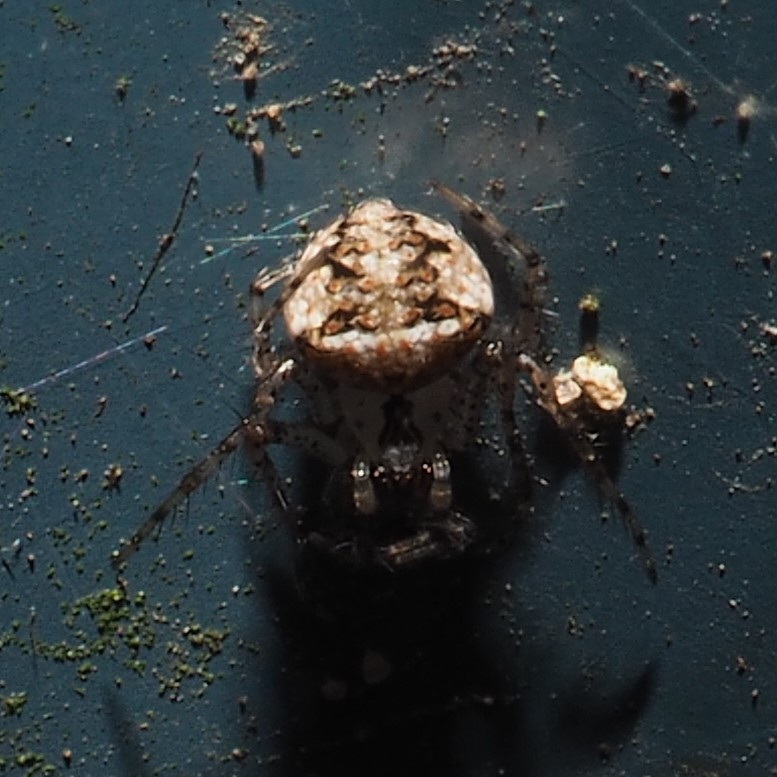
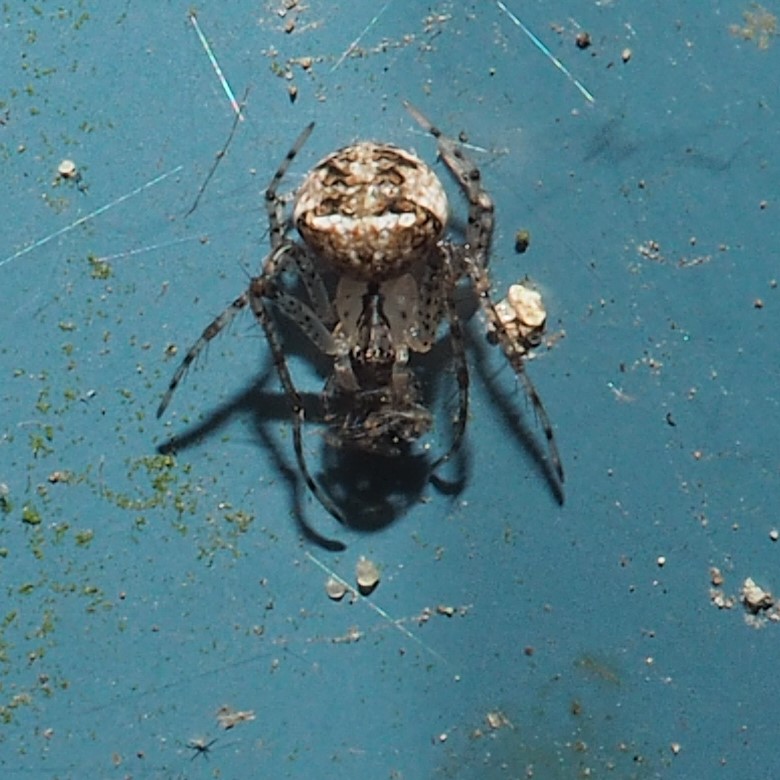
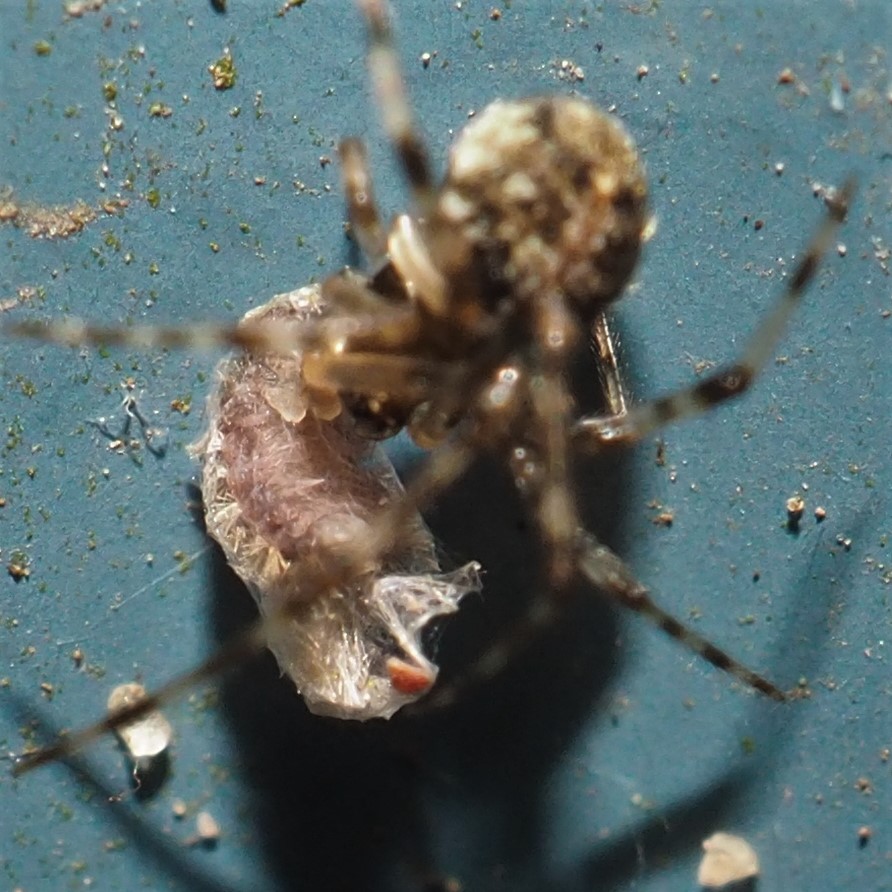
This little spider is so small that I had to put my finger behind it to get it into focus. It turns out that that little orangey-pink arc is a give-away for the Orchard Orbweaver, Leucauge venusta. Next, another tiny spider, but I love its ballet-like style. Last is that recently ubiquitous Horned Parasitic Cobweaver.
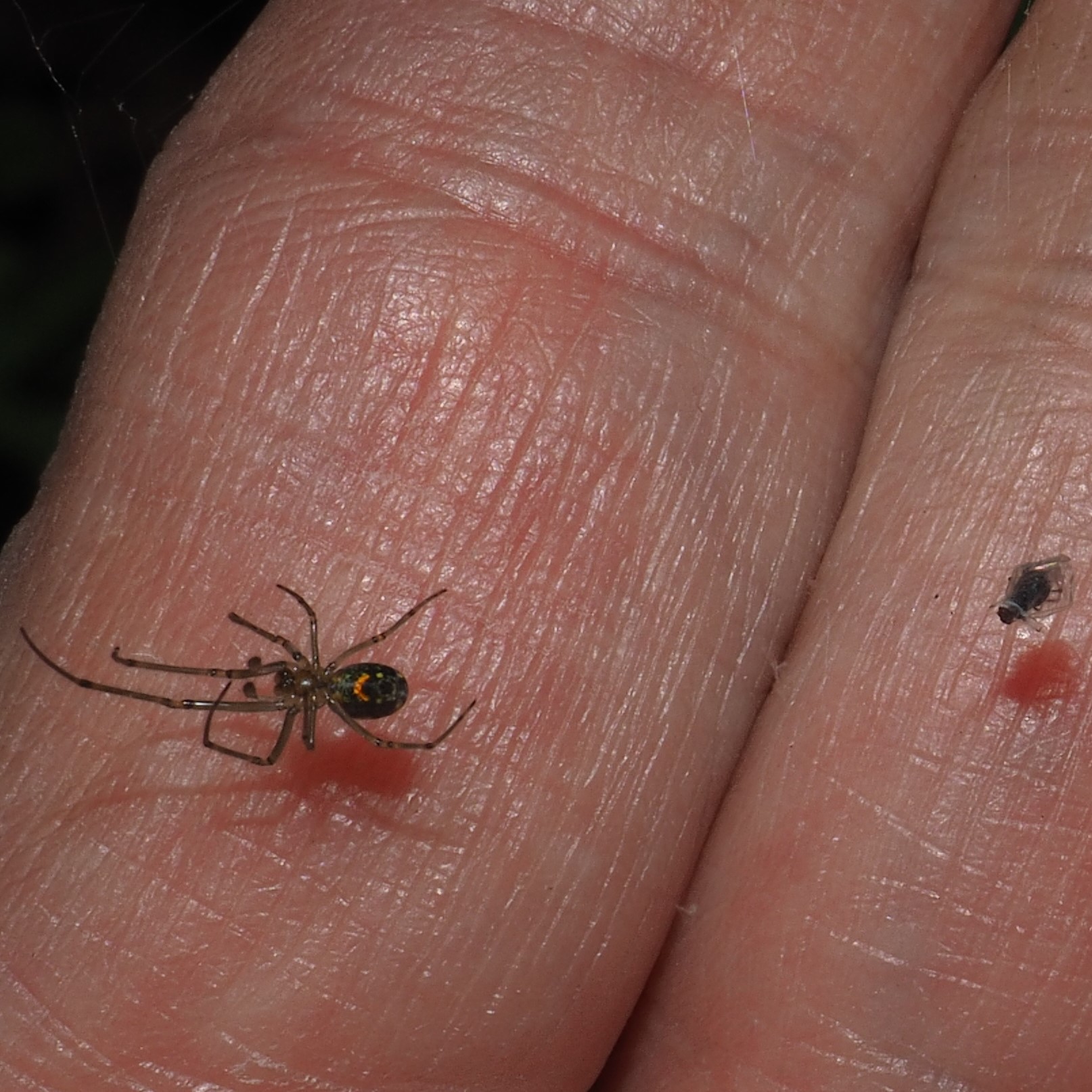
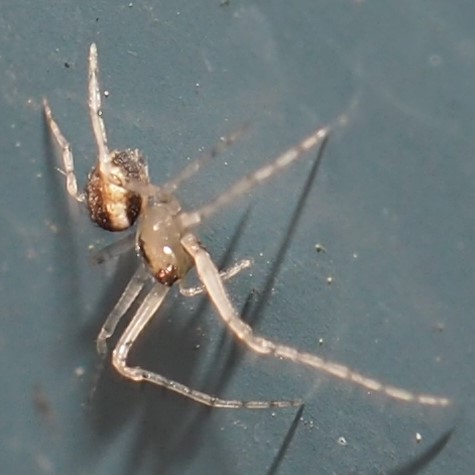
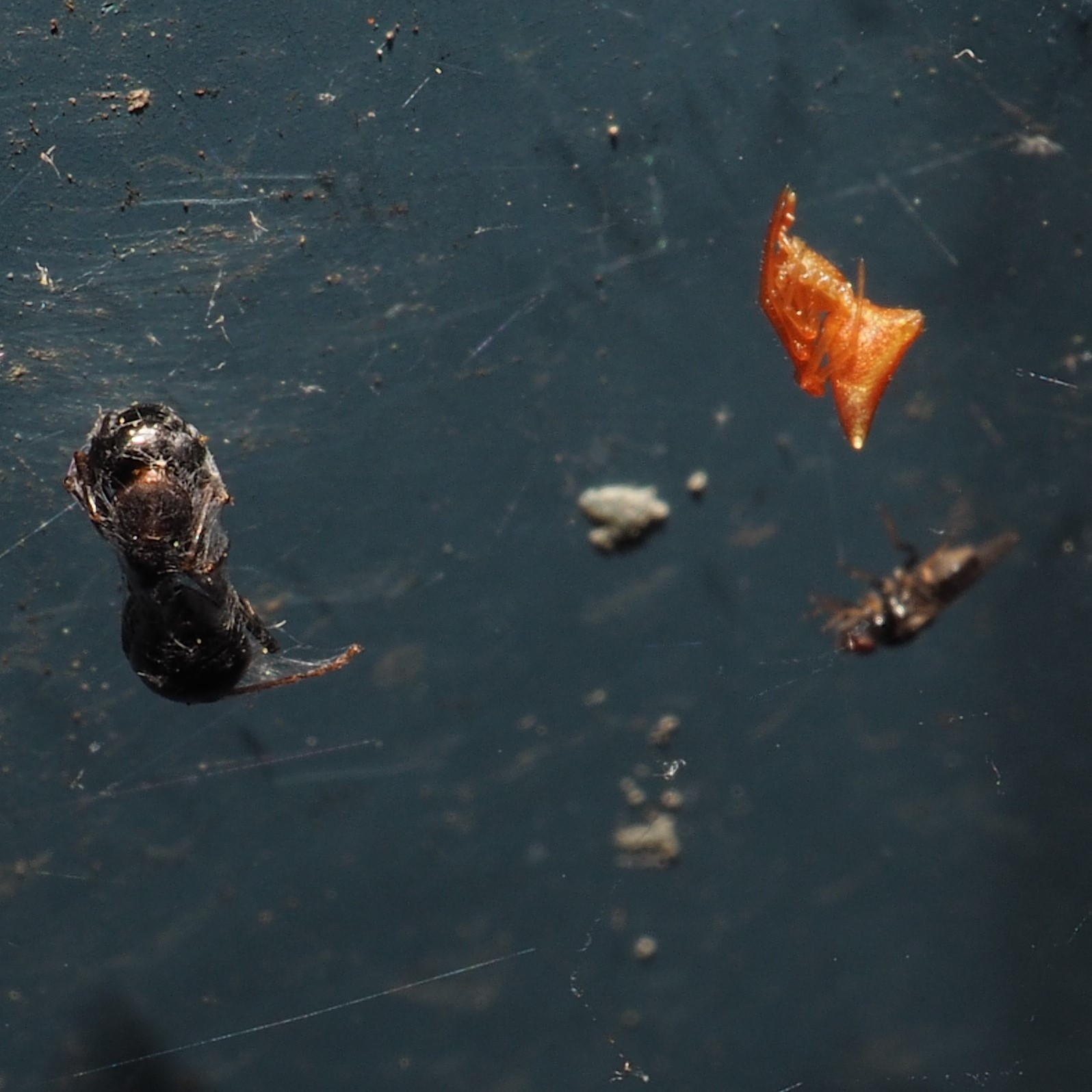
Although we ran out a bit on Spiders, and haven't seen a Springtail for some time, we were treated to a view of another of the little creatures that have six legs but AREN'T INSECTS! This one is called a Thrip, and in particular it is a Tube-tailed Thrip, in particular, Elaphrothrips tuberculatus. It was identified by James Bailey of iNat. I had one last year that no one identified. I guess I have to go back to the drawing board.
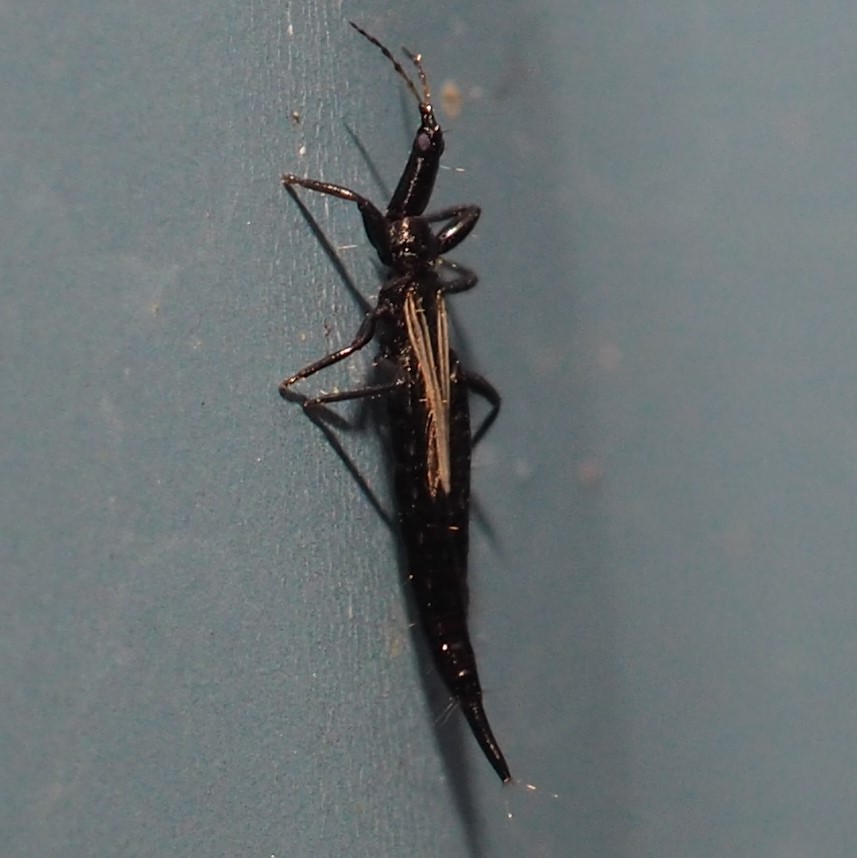
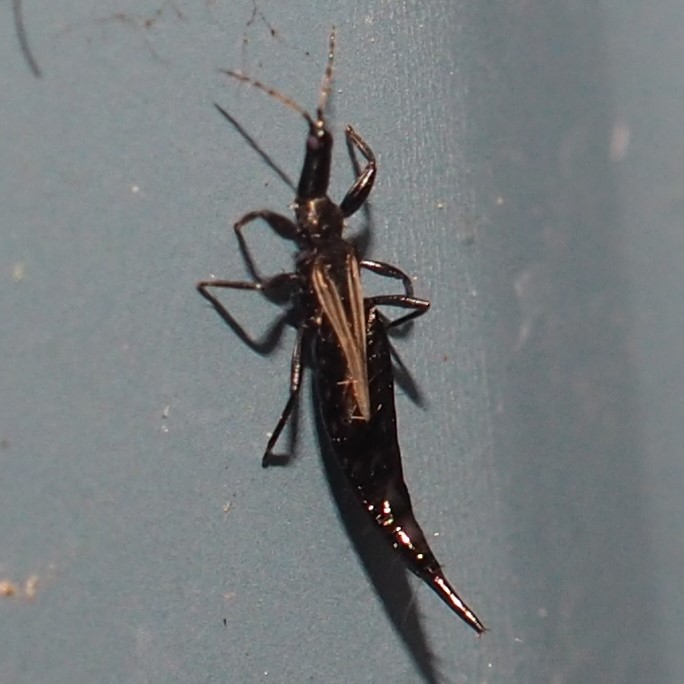
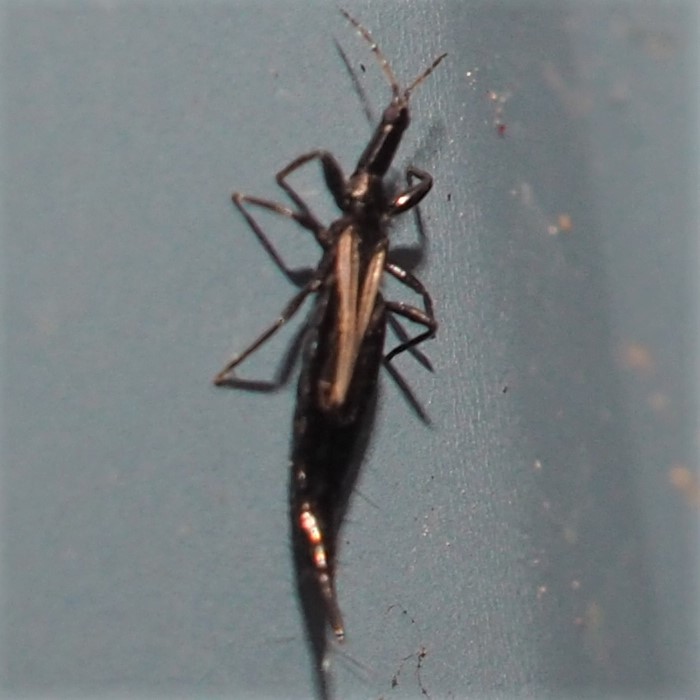
The first two of these are Ichneumonid Wasps. I HOPE number 2 is an Ichneumonid. That appendage at the end looks a lot more like a stinger to me than an ovipositor. Third is a Wasp, and I still don't know what it is.
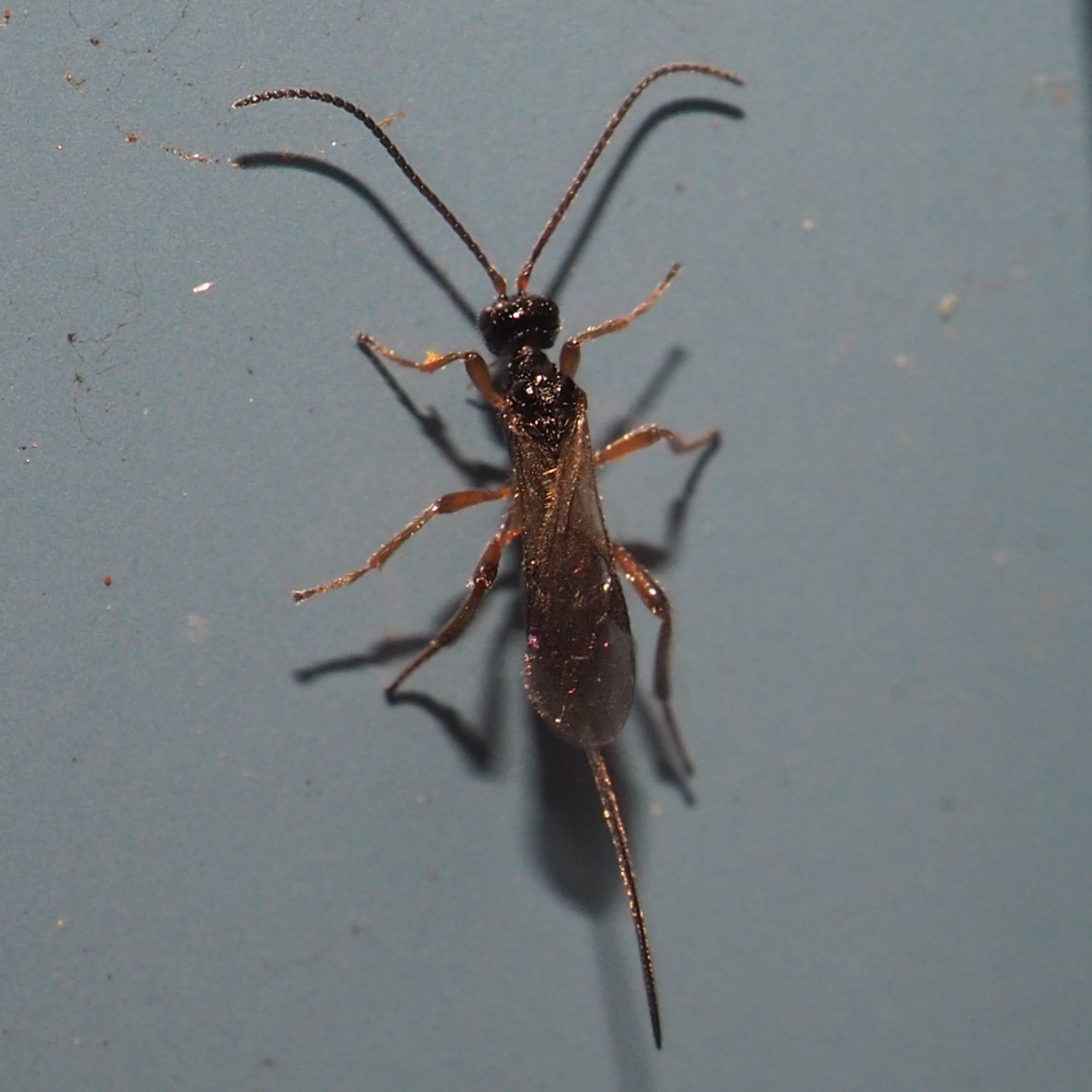
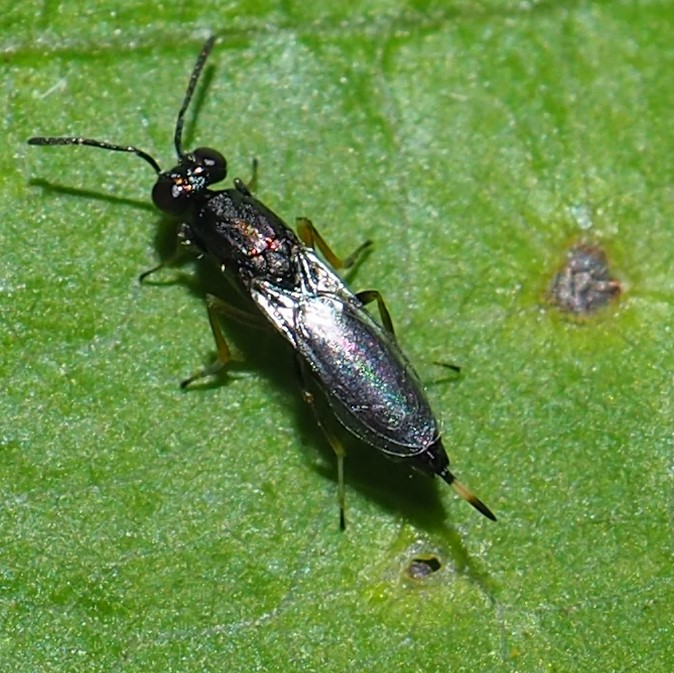
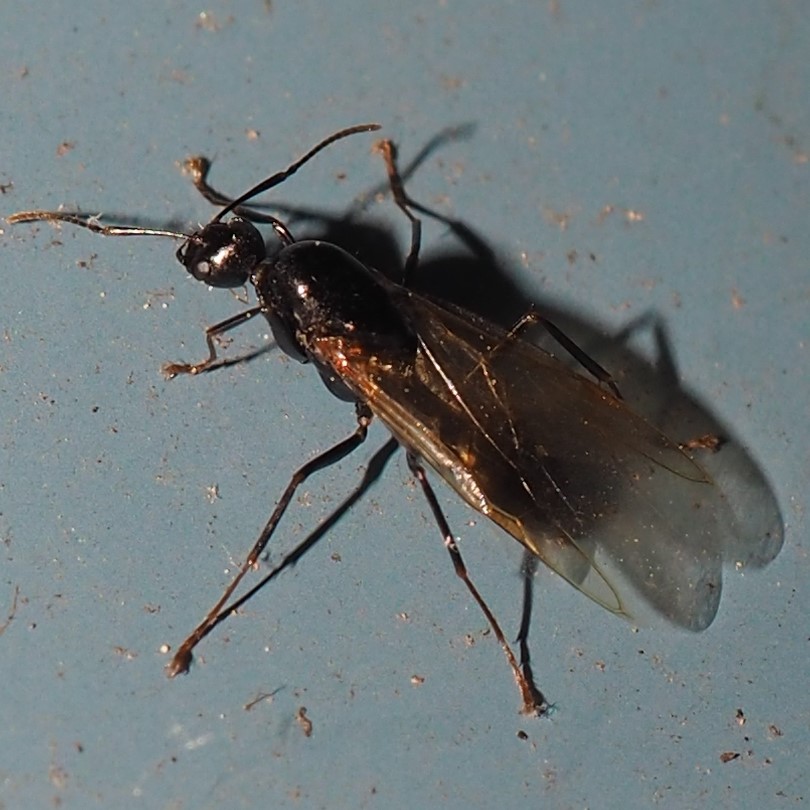
How are you all? Well, I hope. I went last week to get a Covid-19 test preparatory to having my nerve-killing procedure two days later. The test was nowhere so scary and uncomfortable as it has always seemed when watching other people, and the procedure went really smoothly. The people at the hospital were, as always, very cheering! Thanks to you all! Let's hope the people where you are are being very careful with their social distancing. It's amazing that it's already been three months of staying close to home. Hope you all have a way to get some nature into your lives!
Love, Martha
I wish I had more flowers to share but maybe I can find something fun for you. First of all, these are the three Water Lettuce plants I ordered. They came in a tiny box and had lost some of their oomph! So each day I put them out to get used to the water in the pond, and bring them in at night (the raccoons tore them all up last year). They're already looking better. We need them so that the baby fish can hide in their not-yet long roots - from the parent fish and friends! Next is one of our black grey squirrels having a drink. A bit later a big Robin came to the pond and lathered up for a lovely bath. I saw him from upstairs and didn't have the camera on me! Last are the Dianthus. (Next row: some morphings of this one).
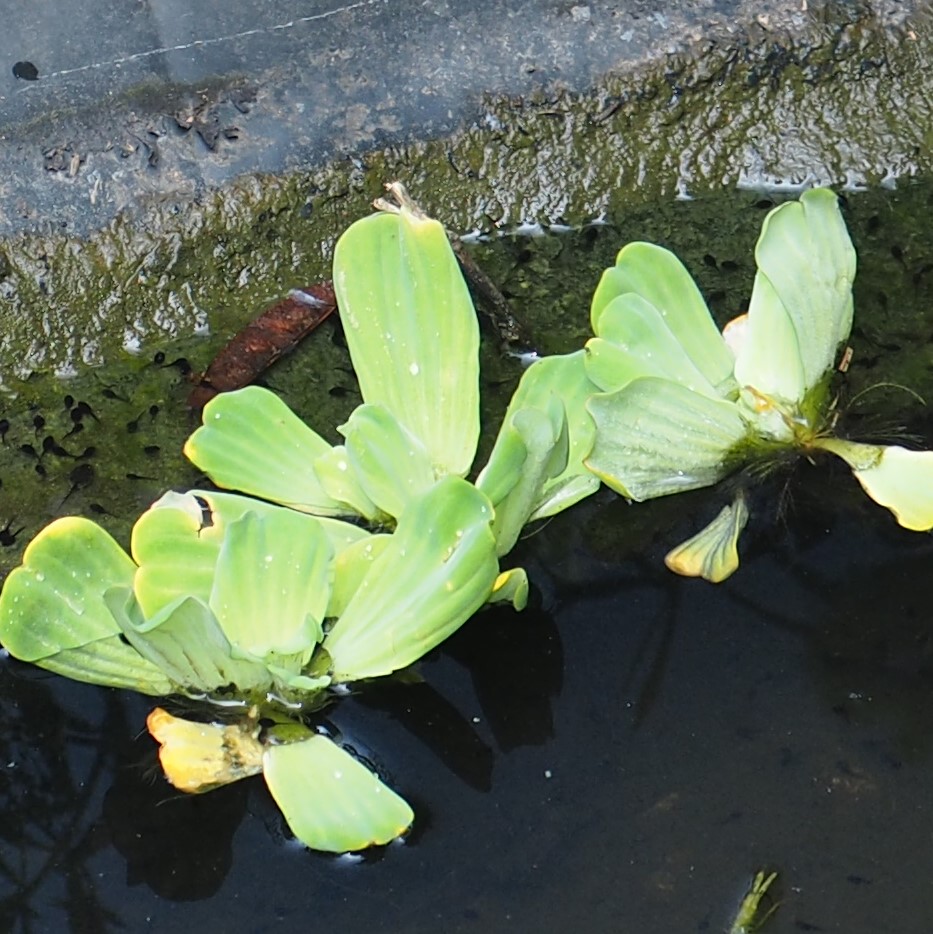
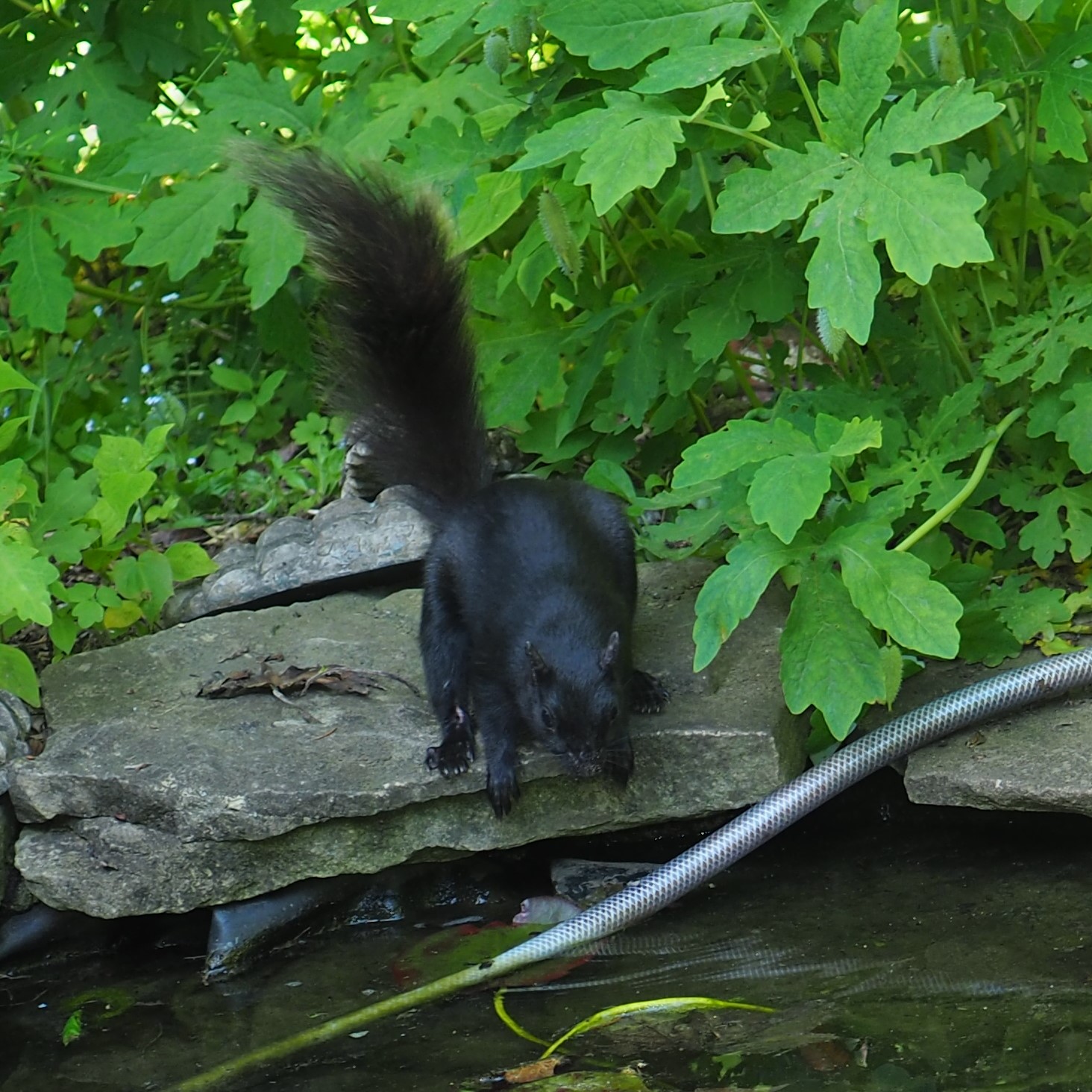
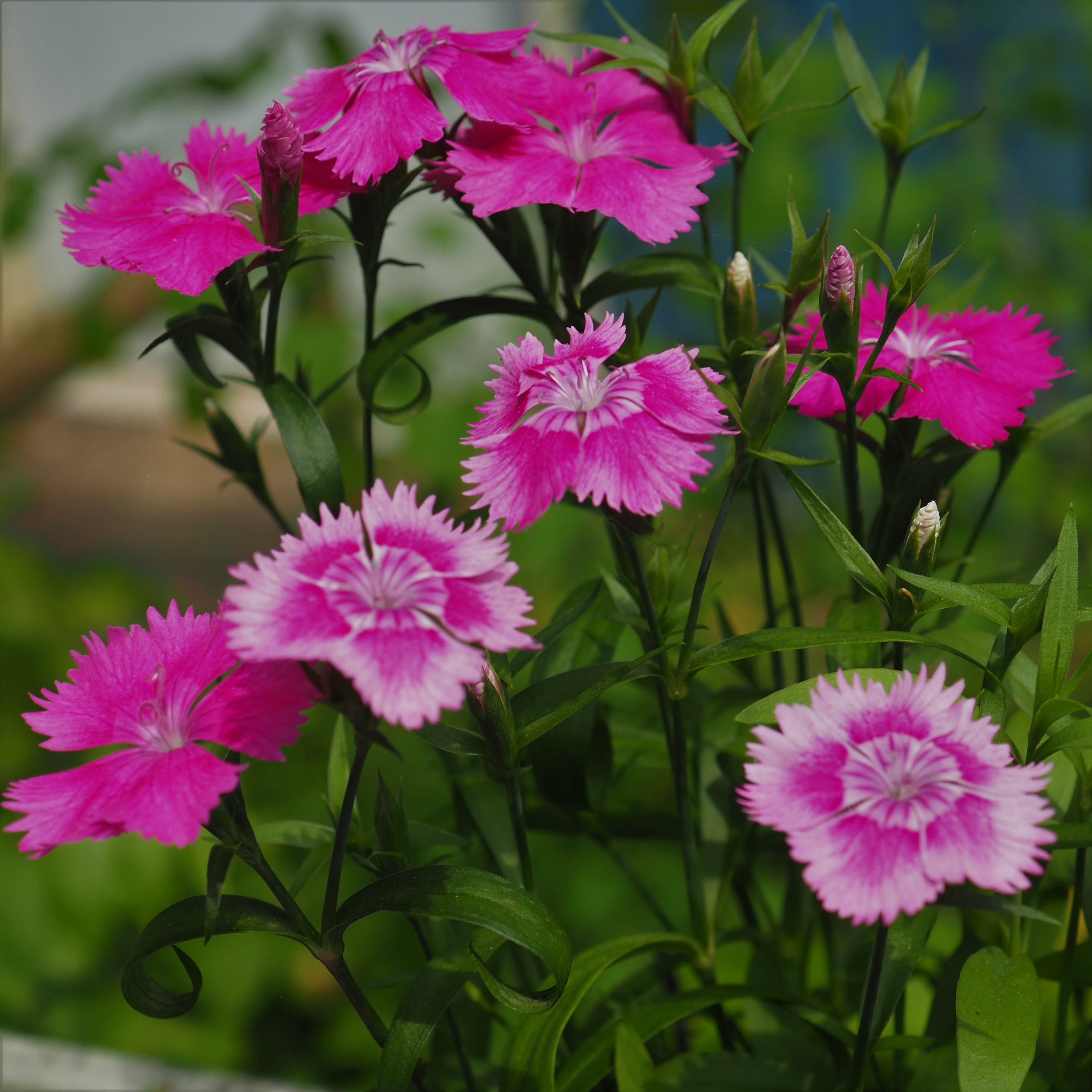
Here we go. Enjoy and share if you like! See you next week!
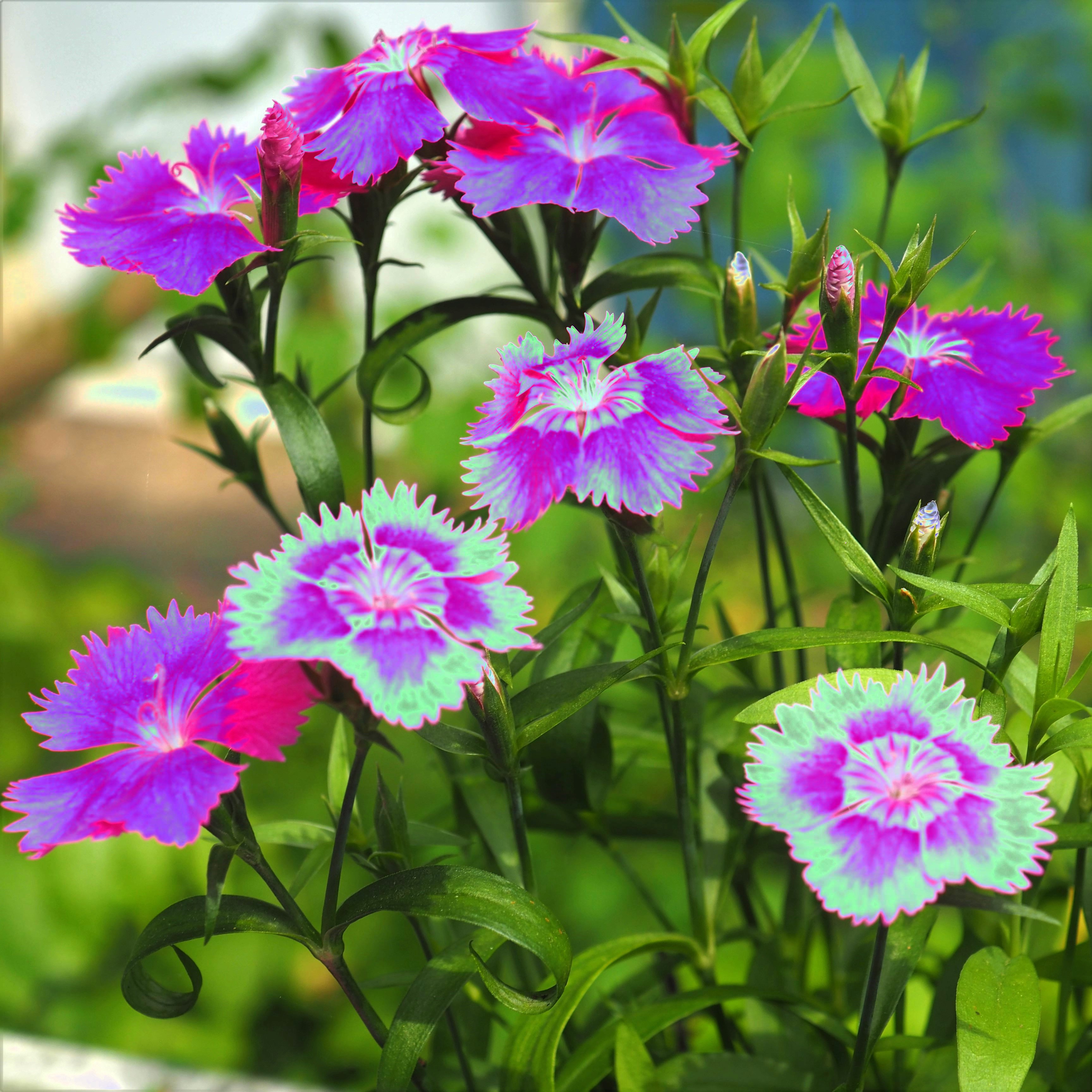
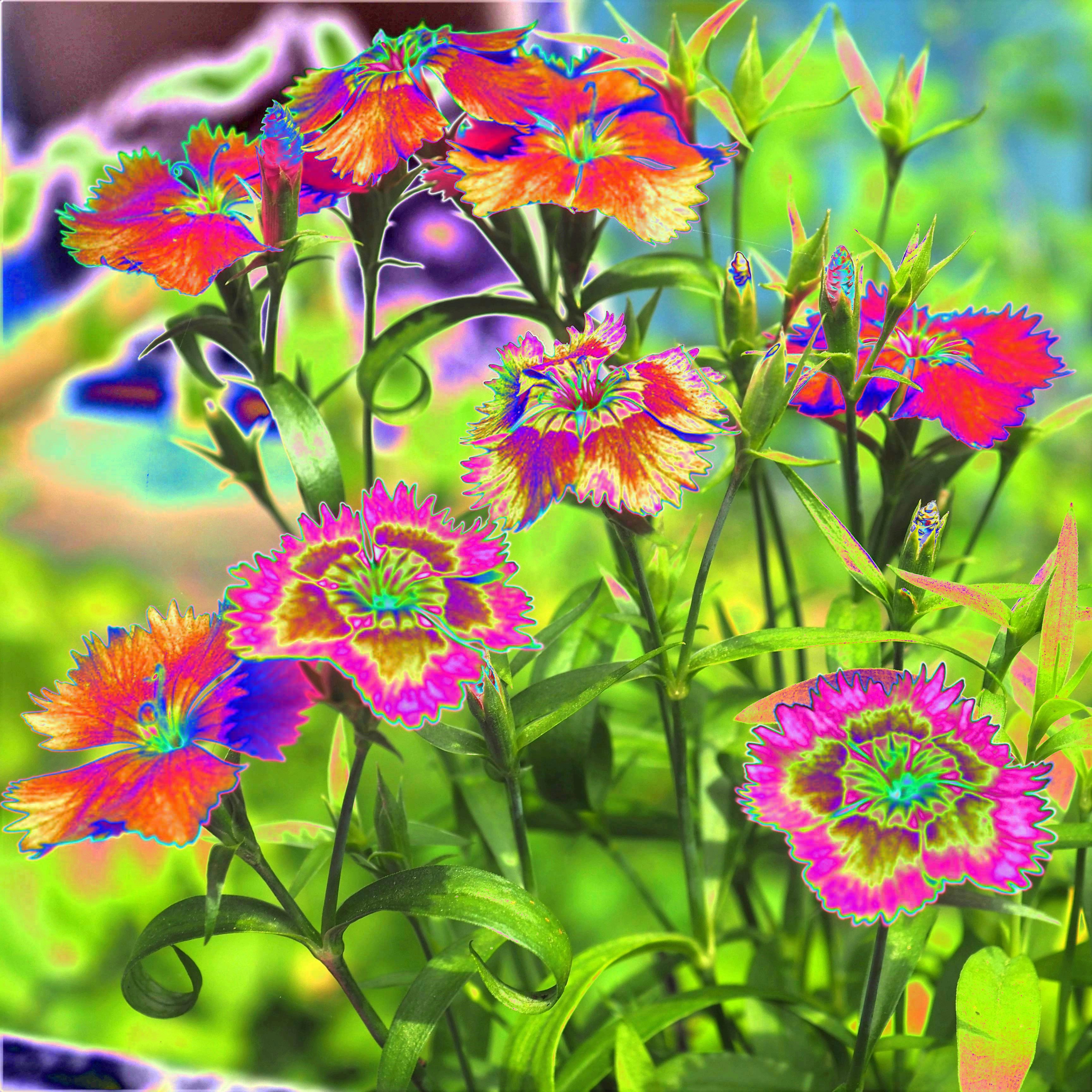

Back to May 31, 2020
Forward to June 14, 2020
Back to main menu
copyright Martha O'Kennon 2020























 5 30 20 1.jpg)













































































